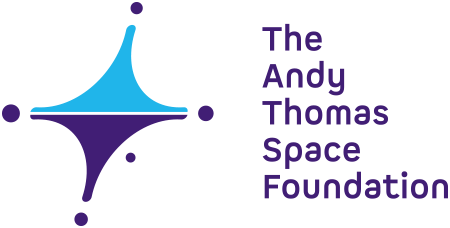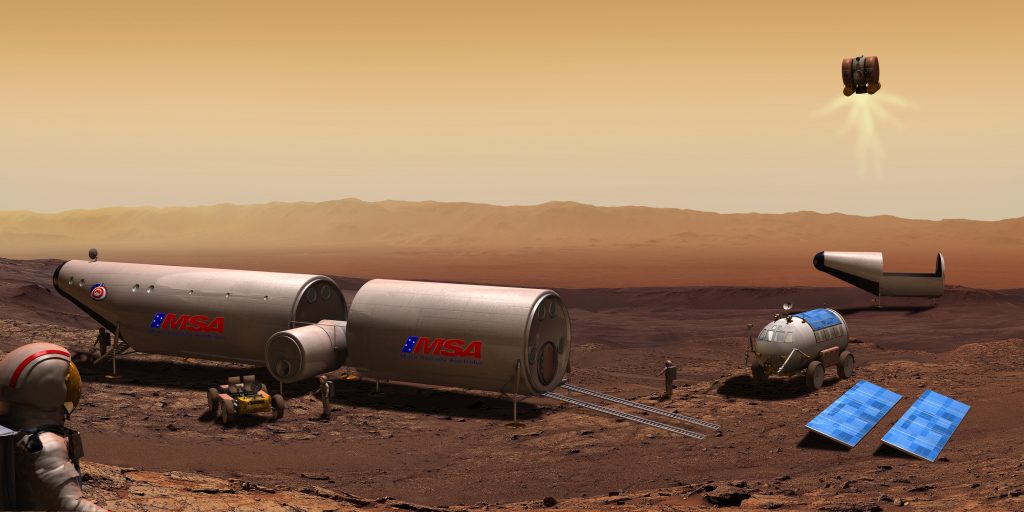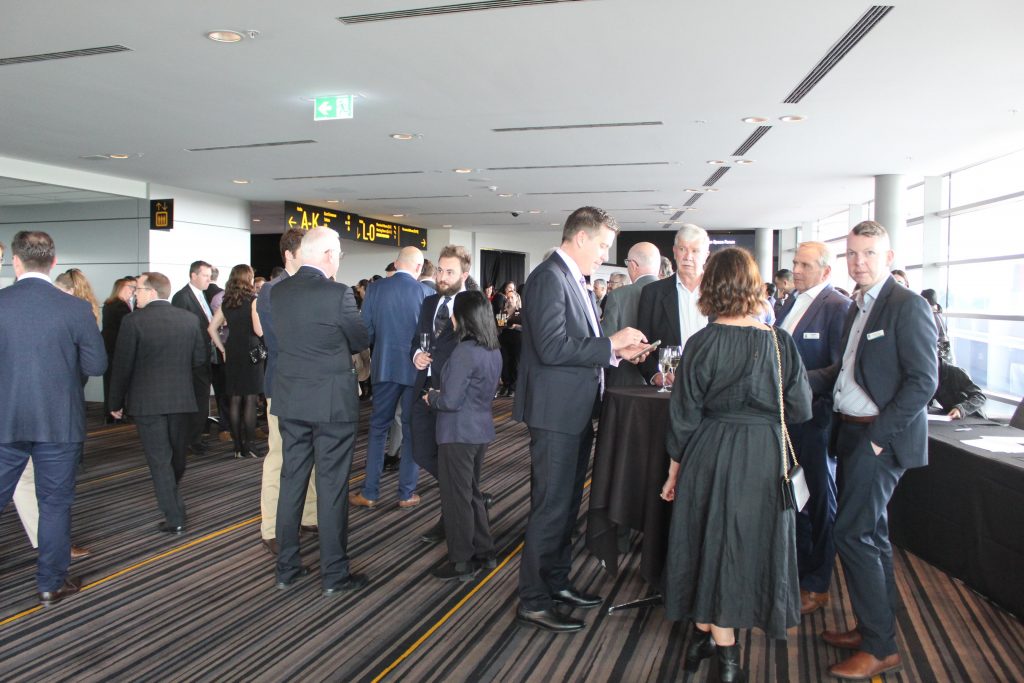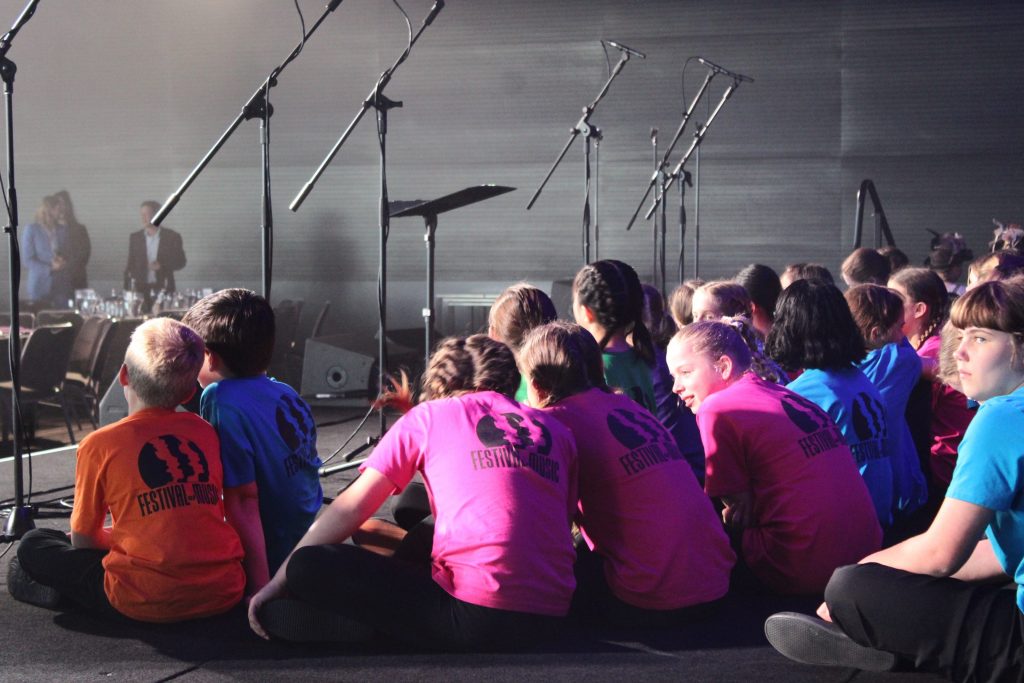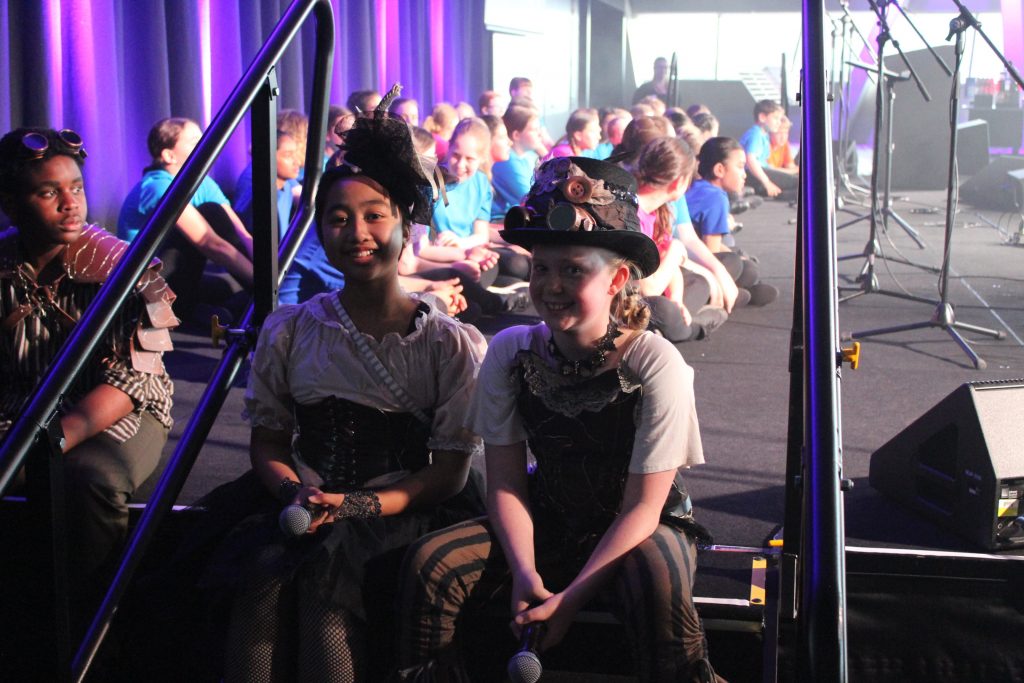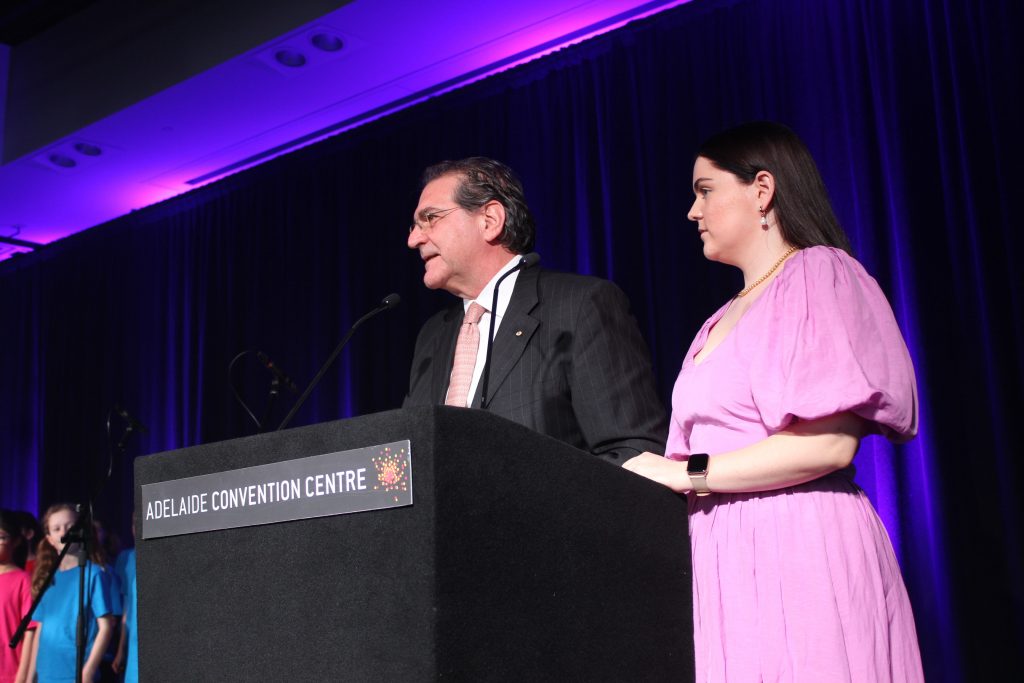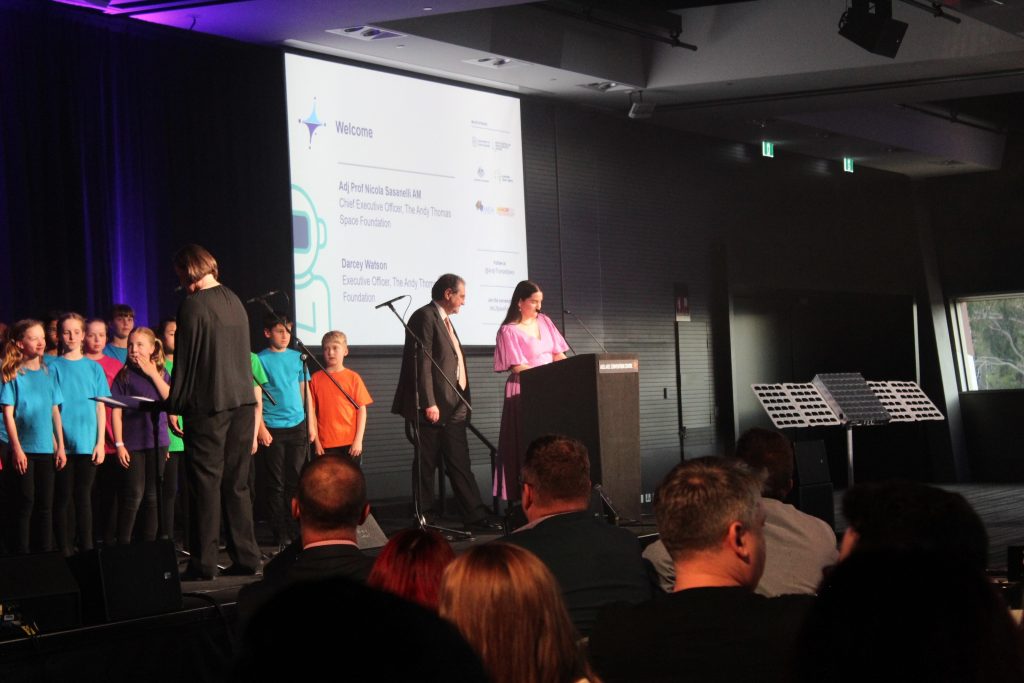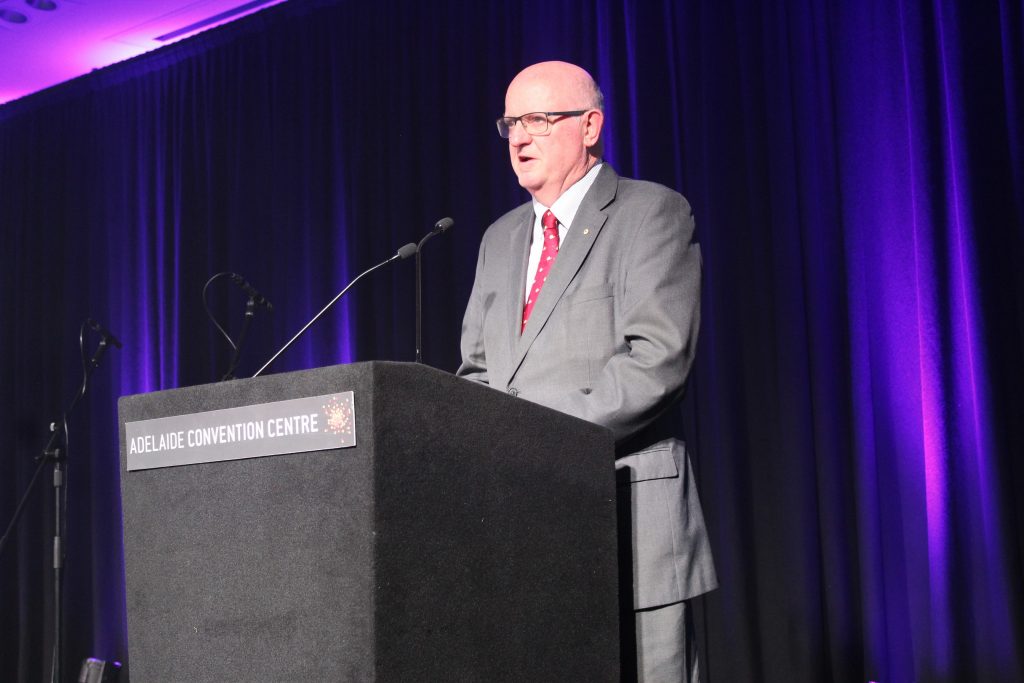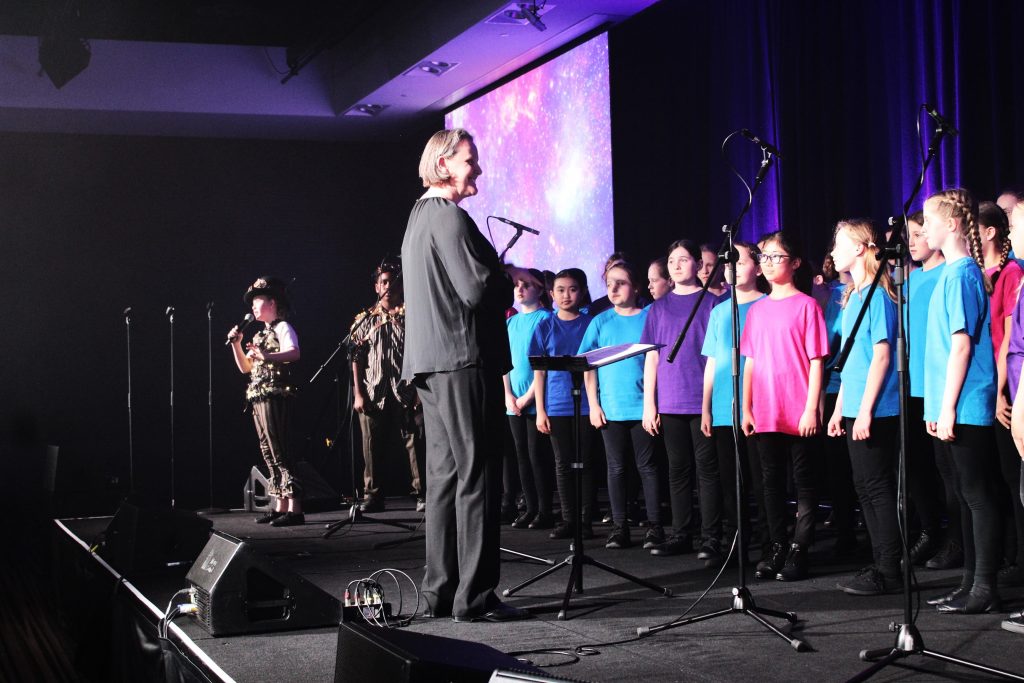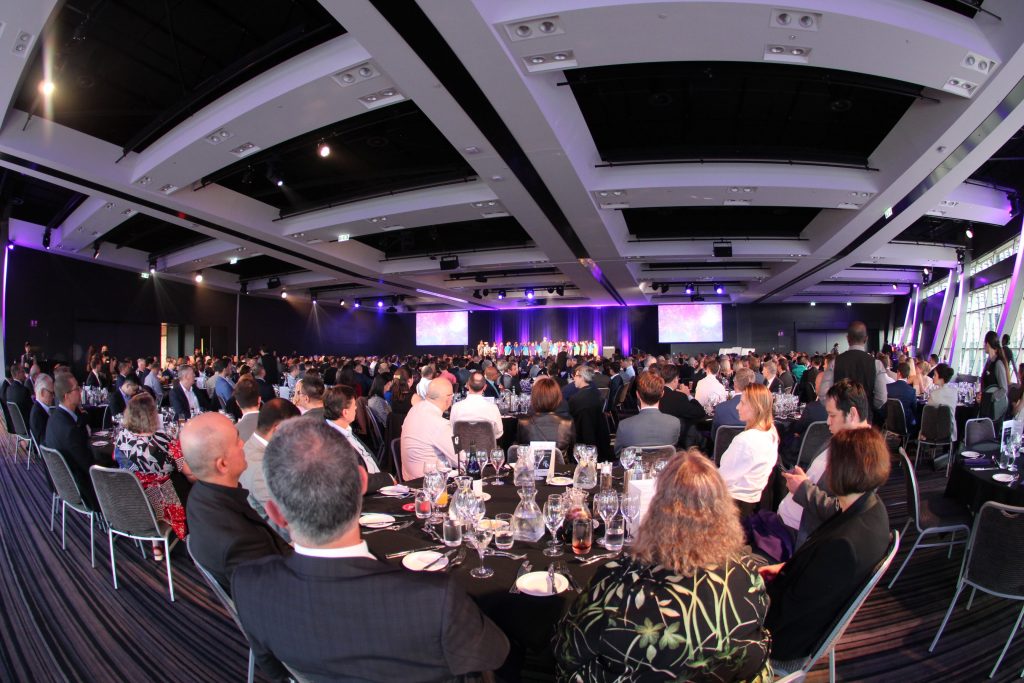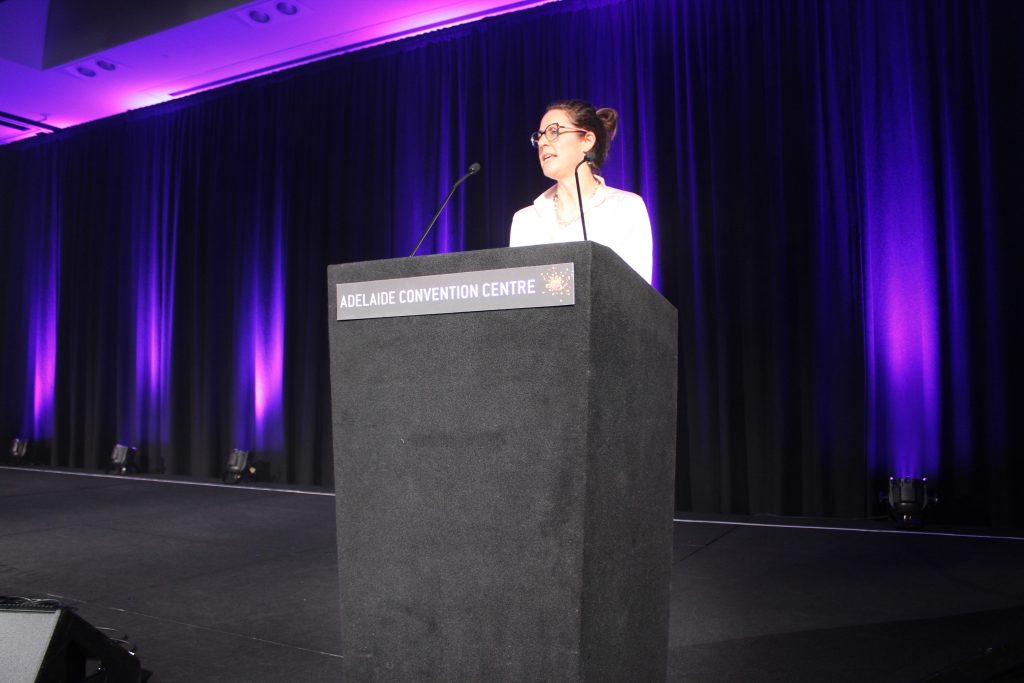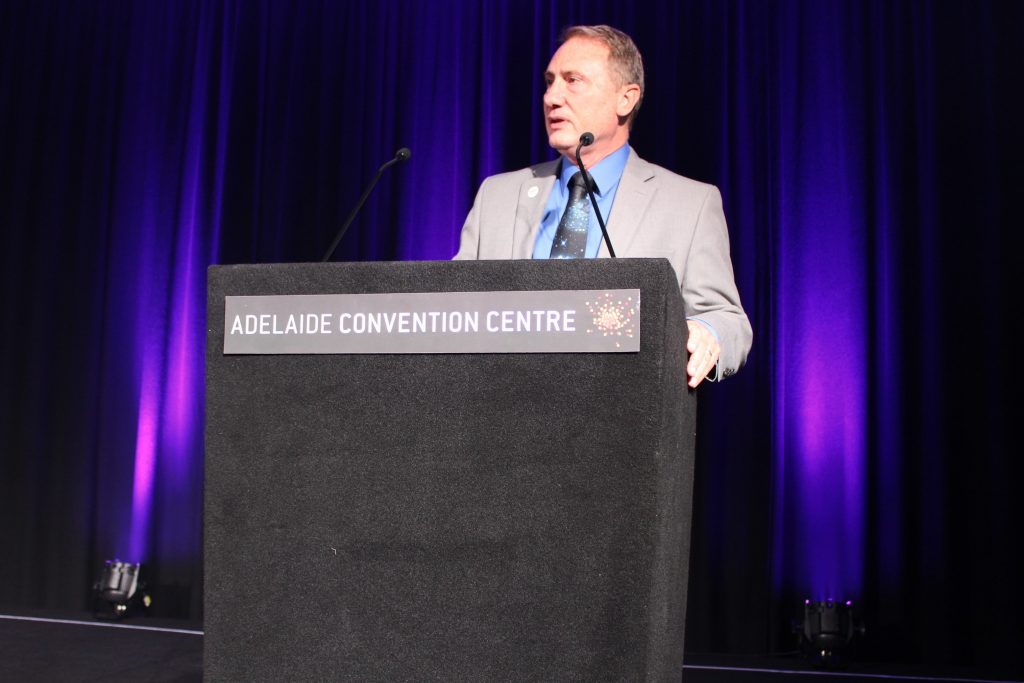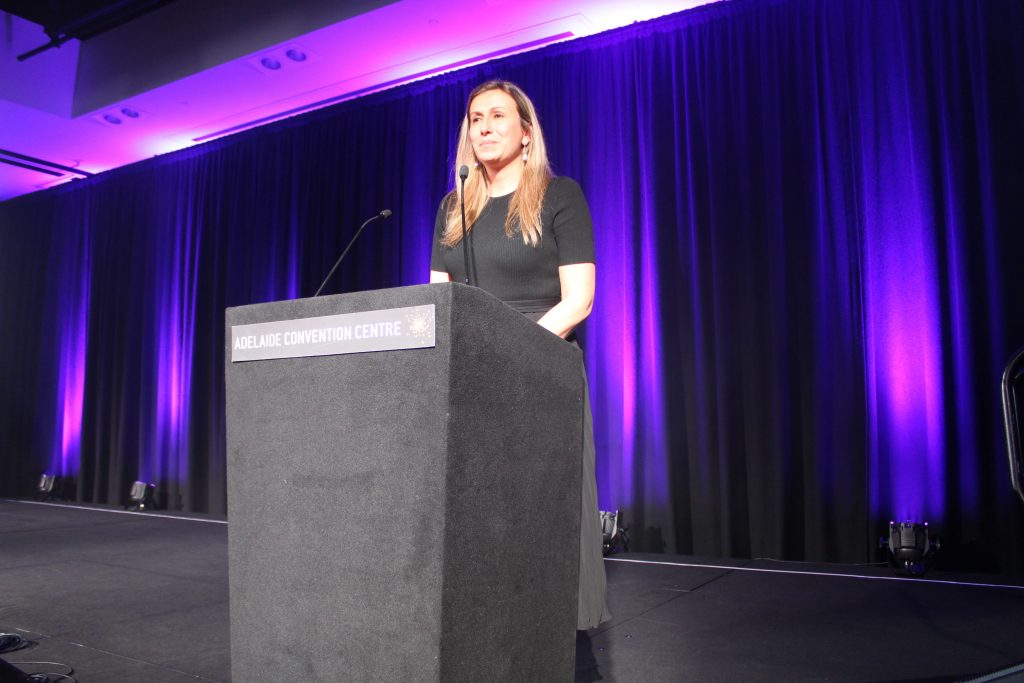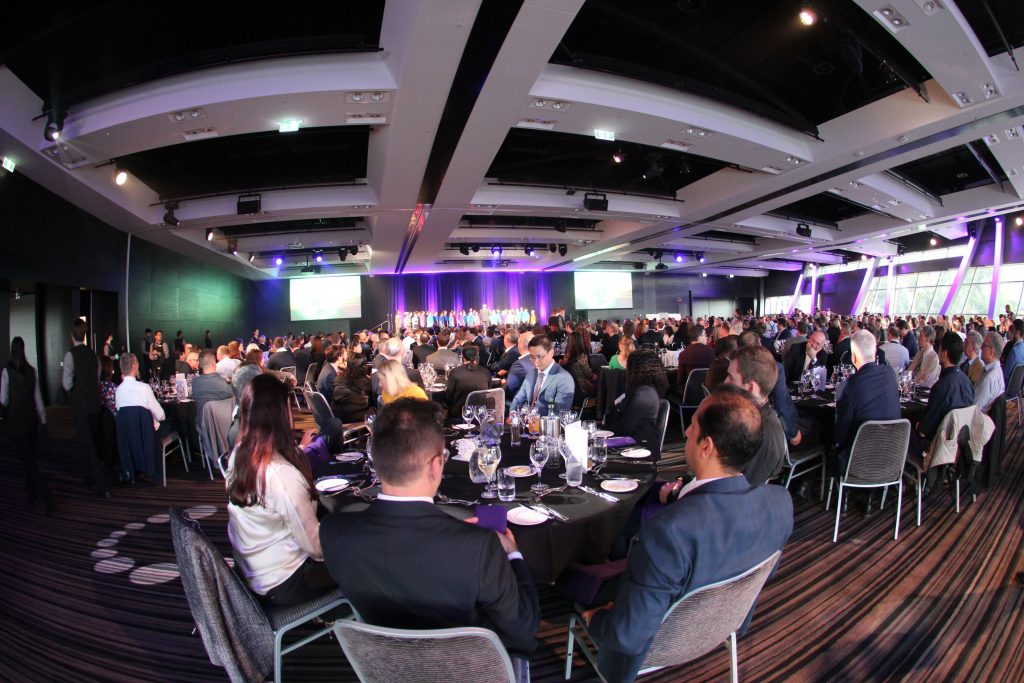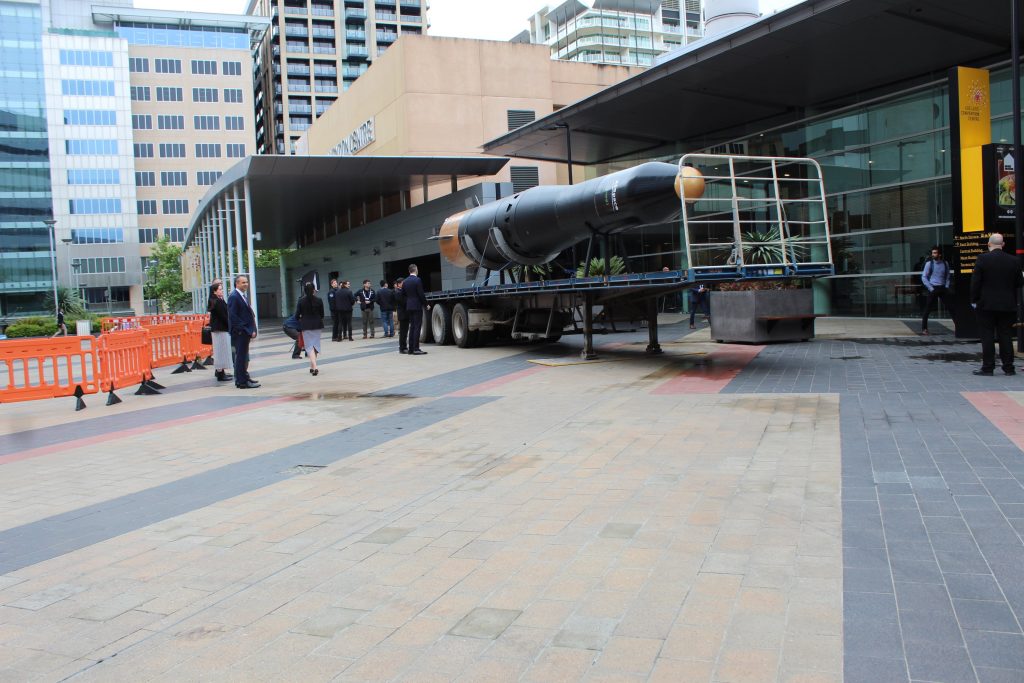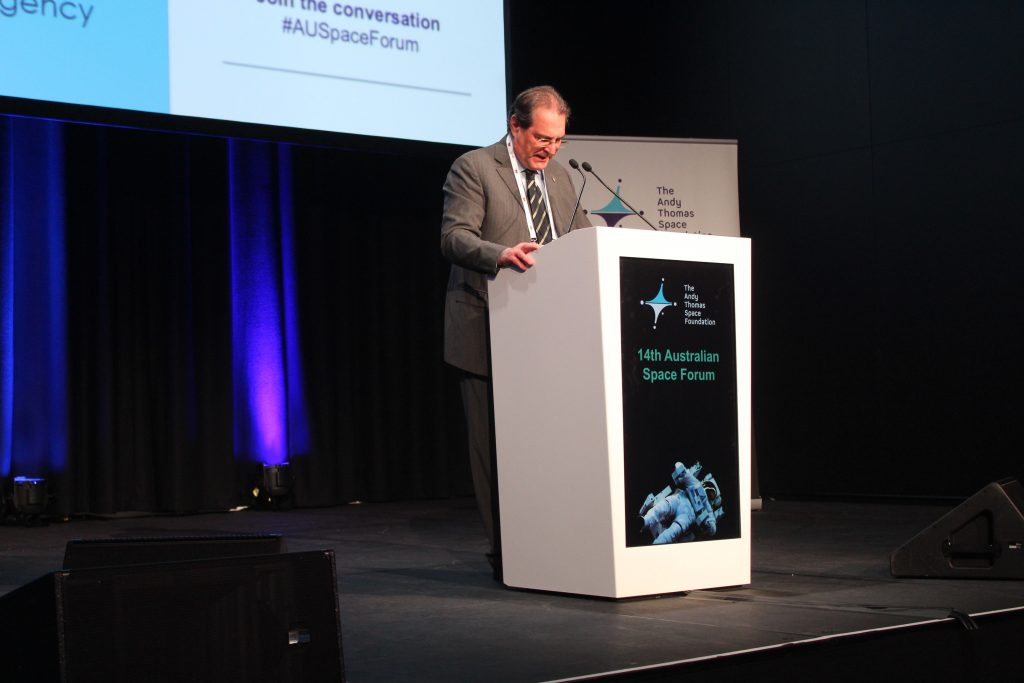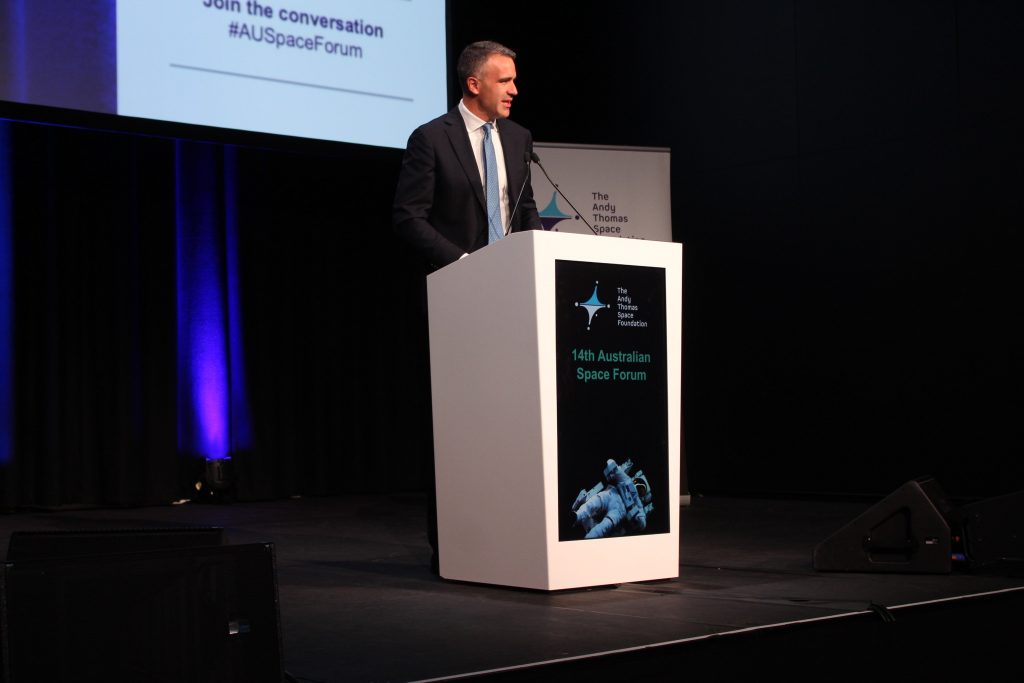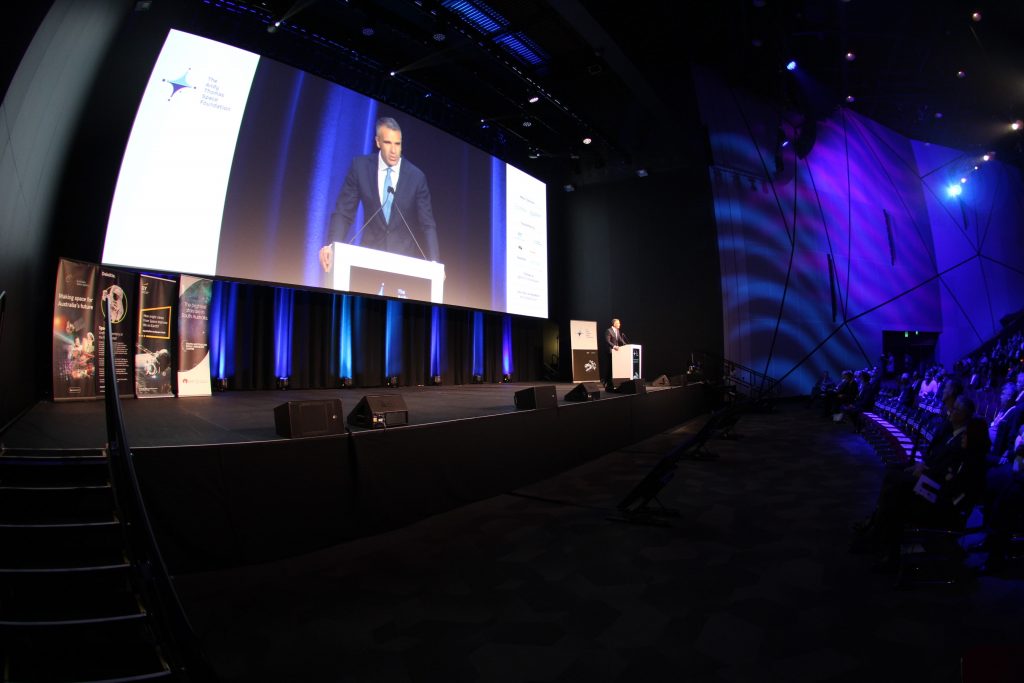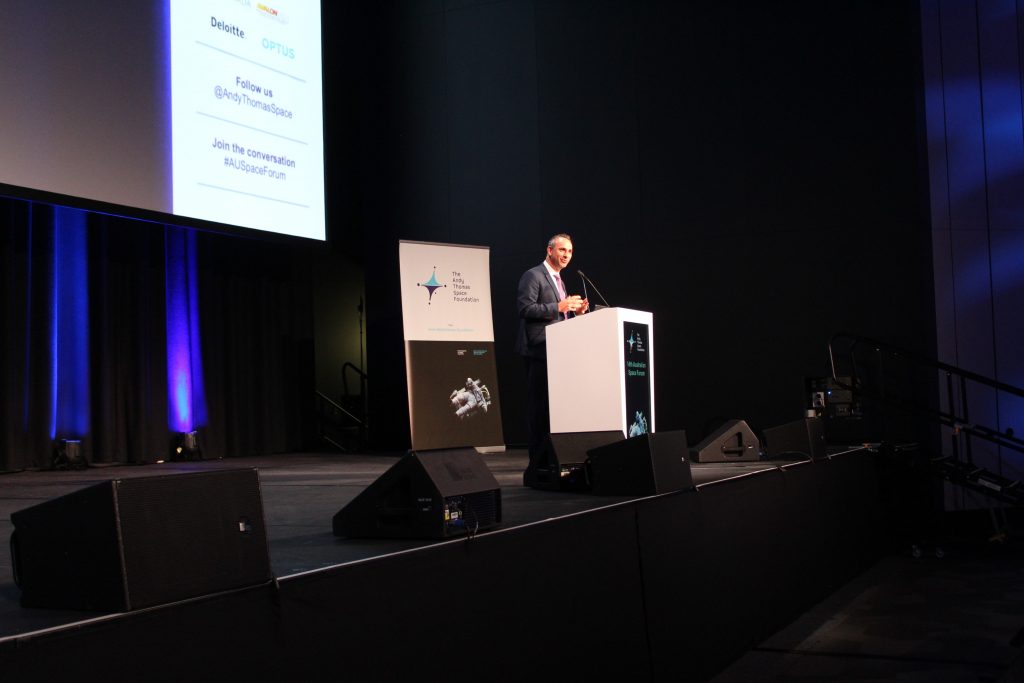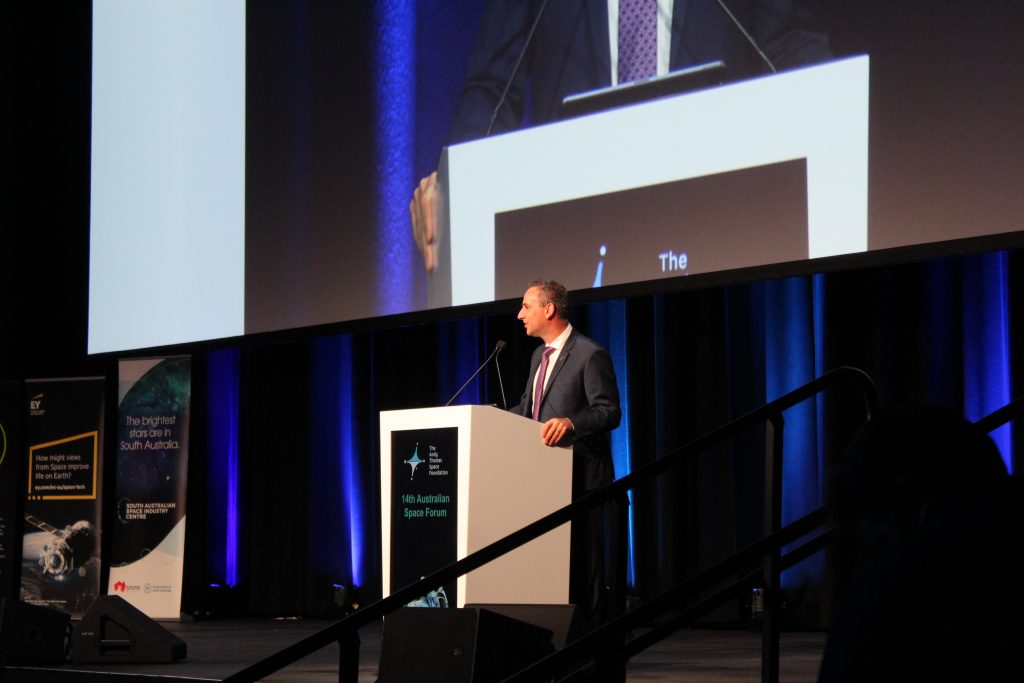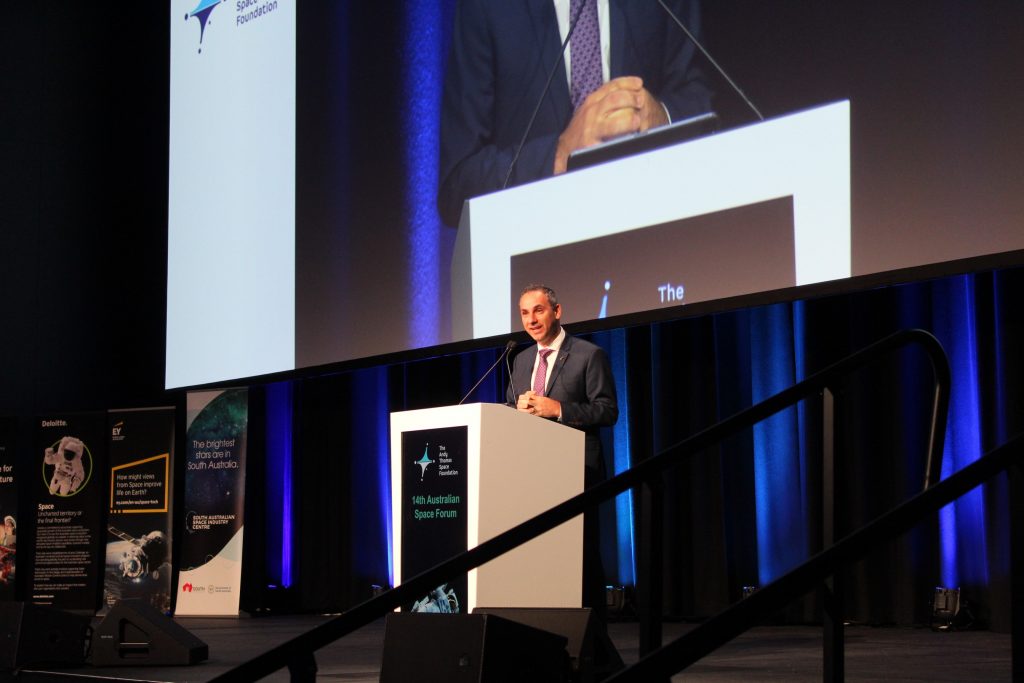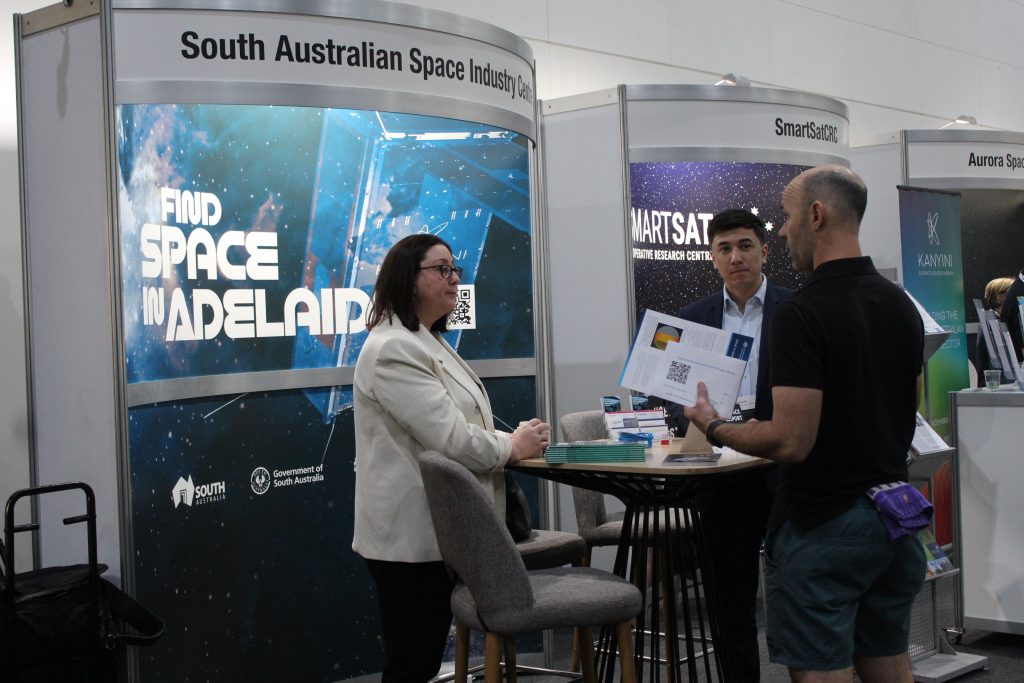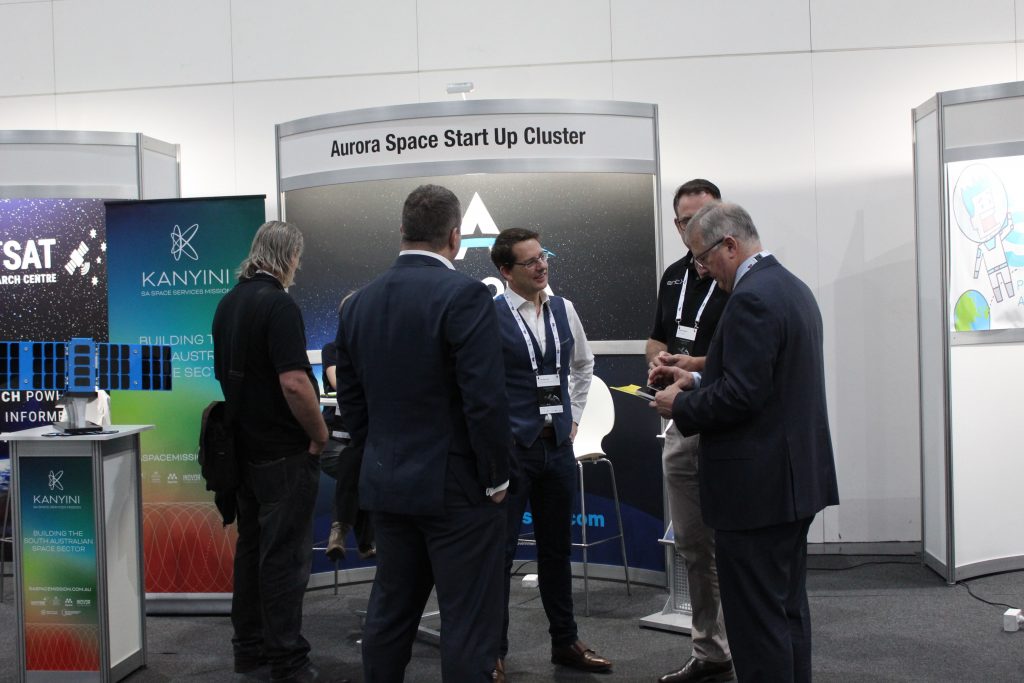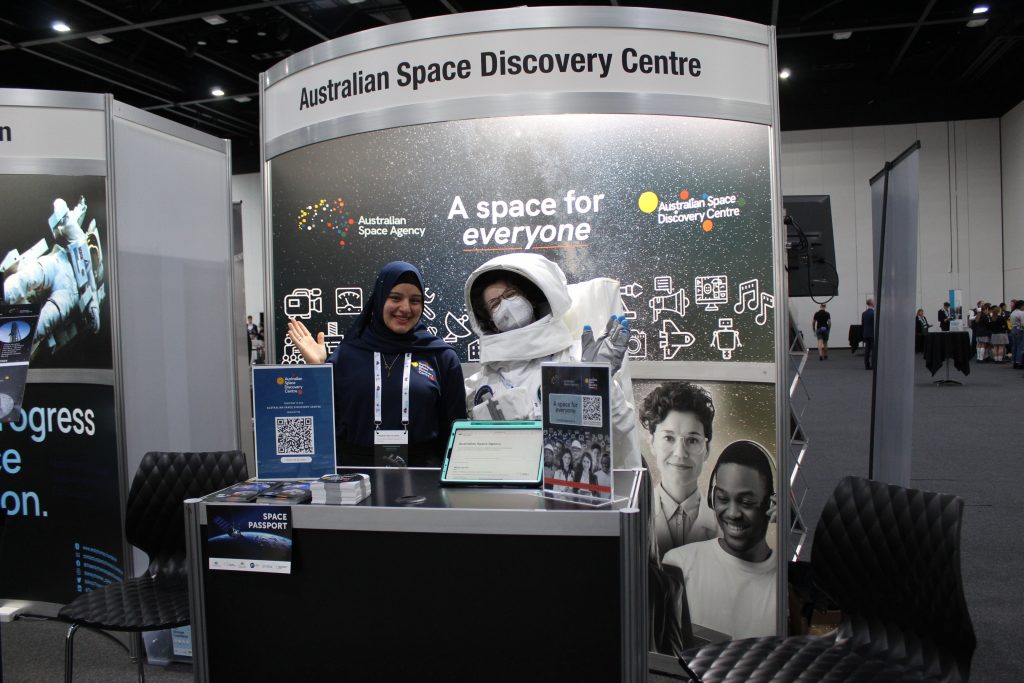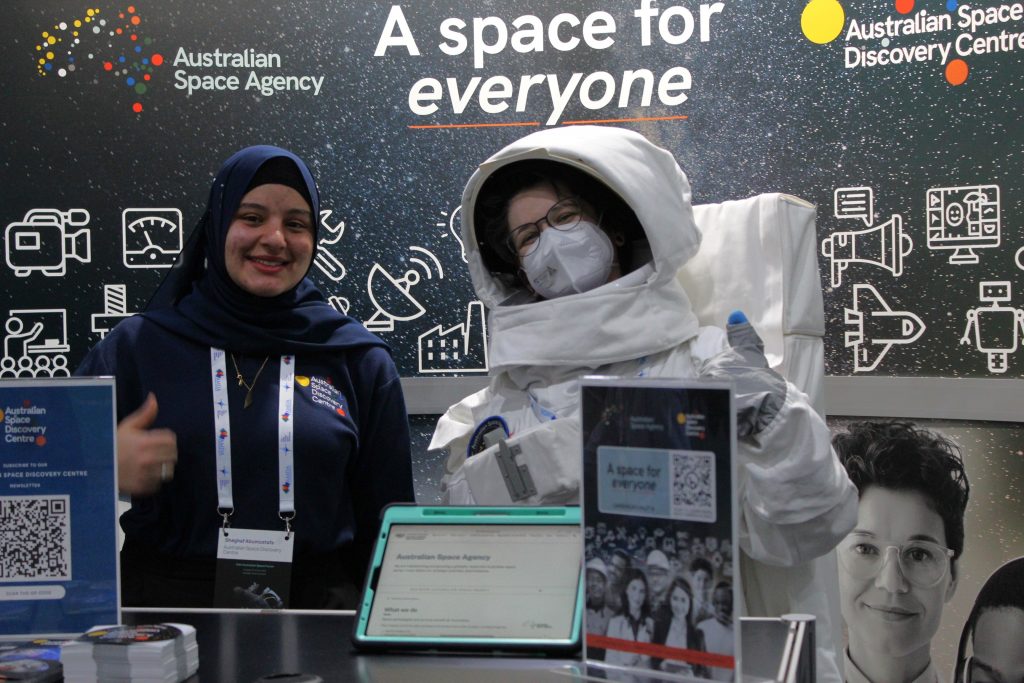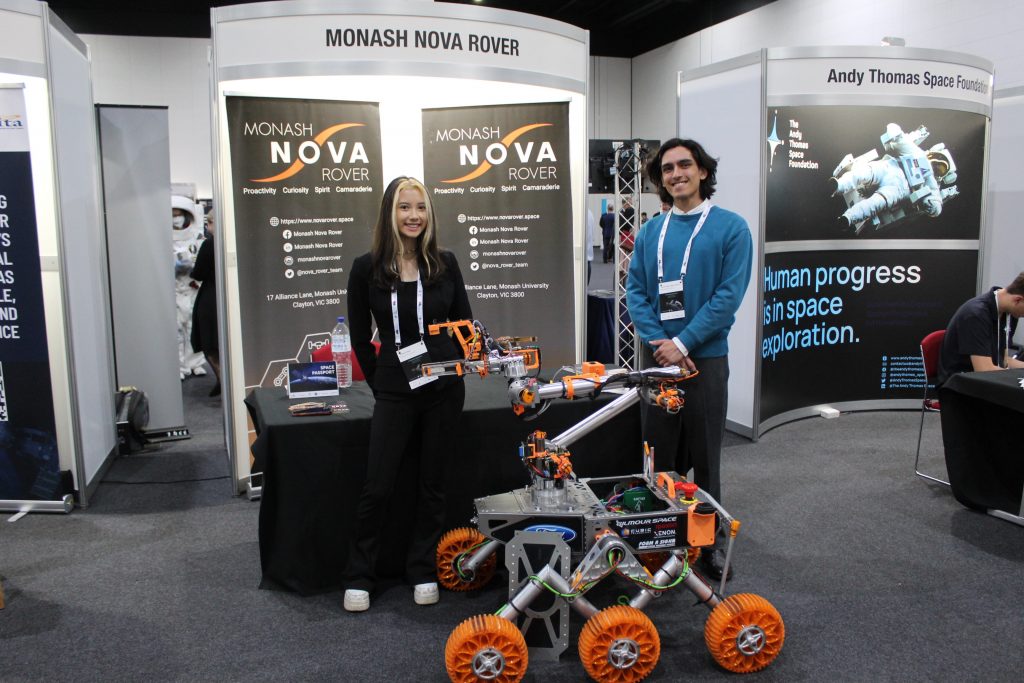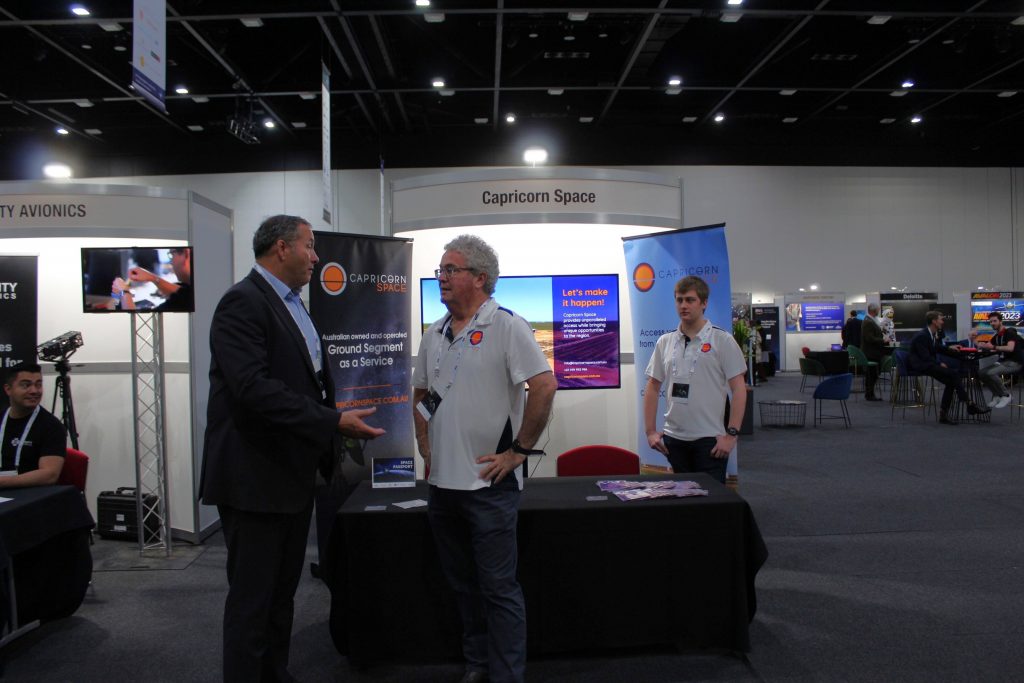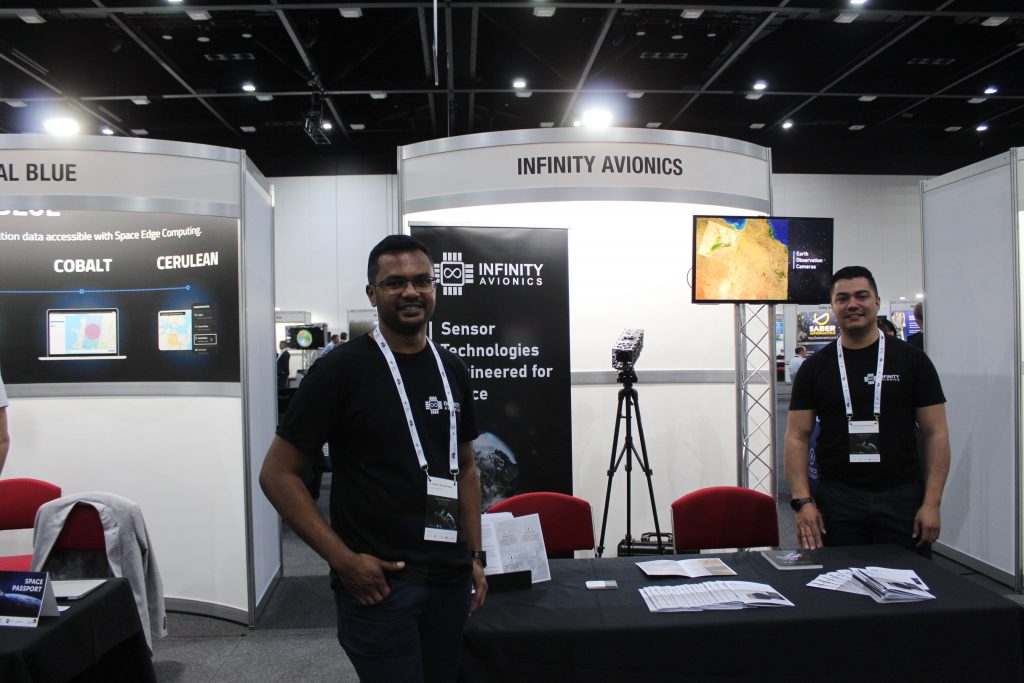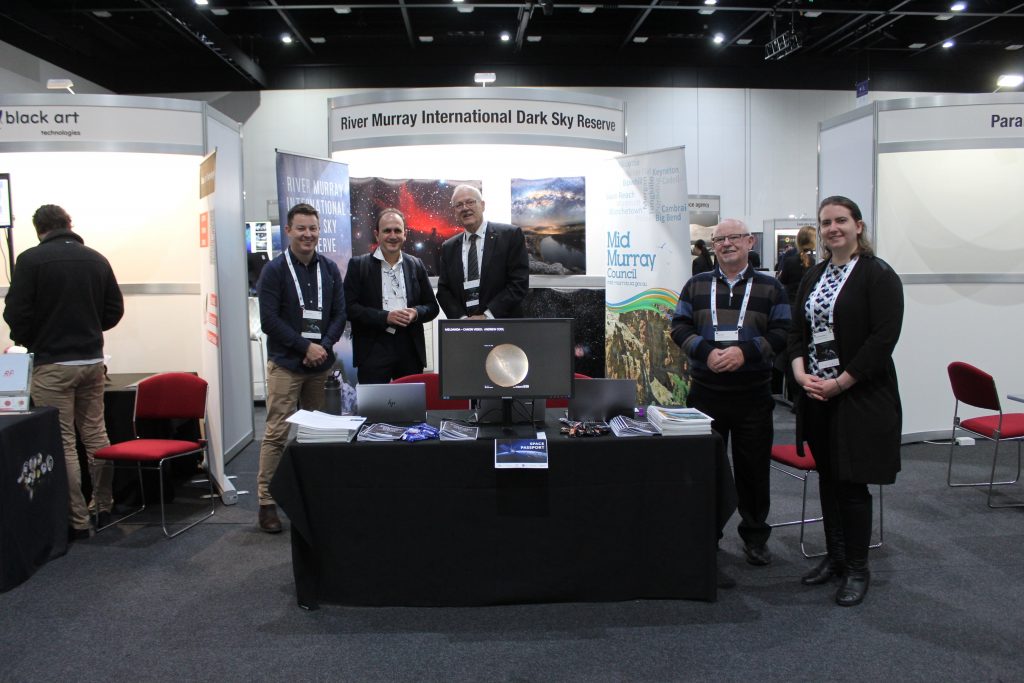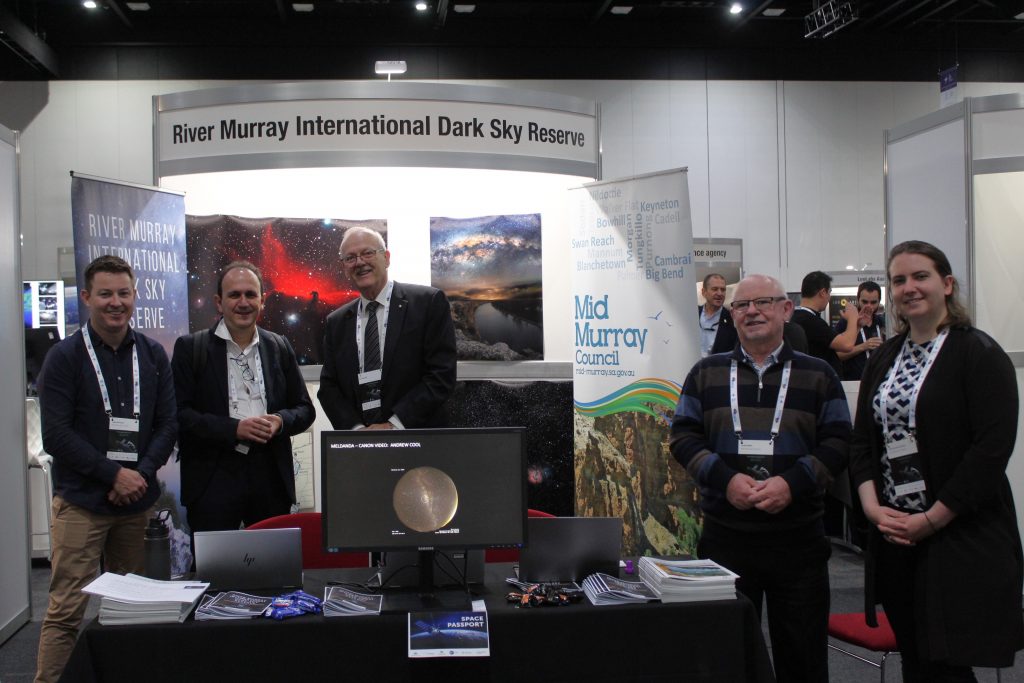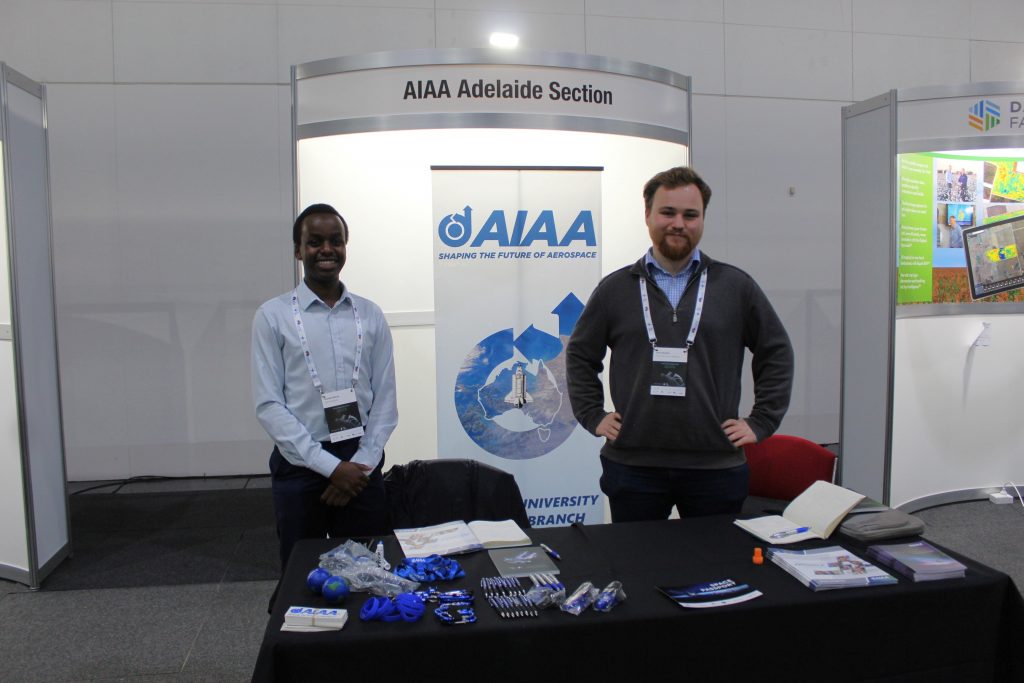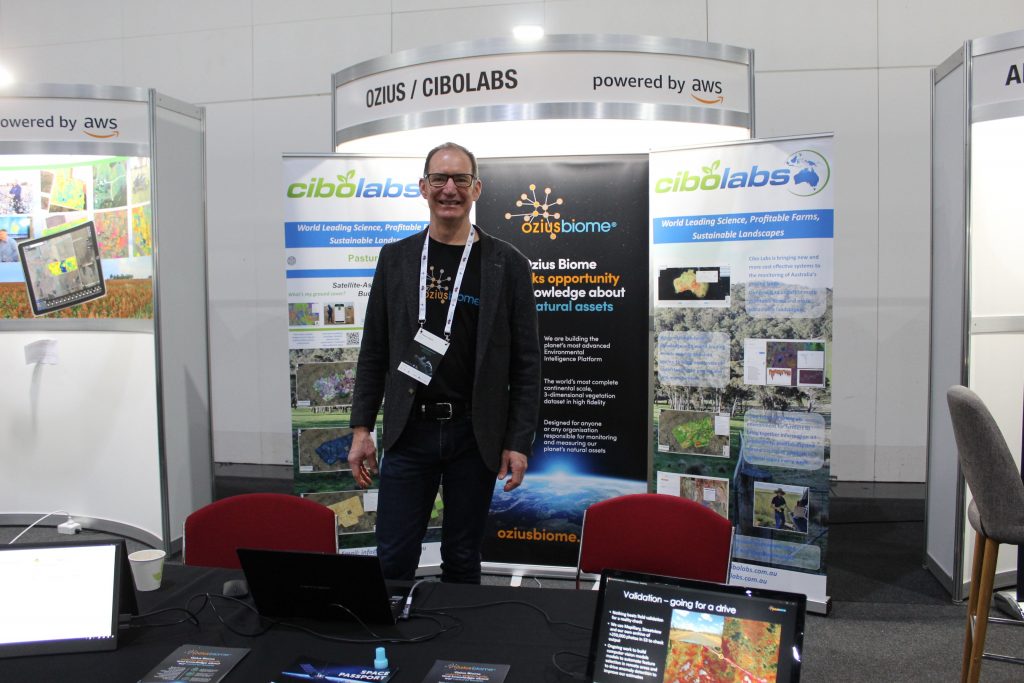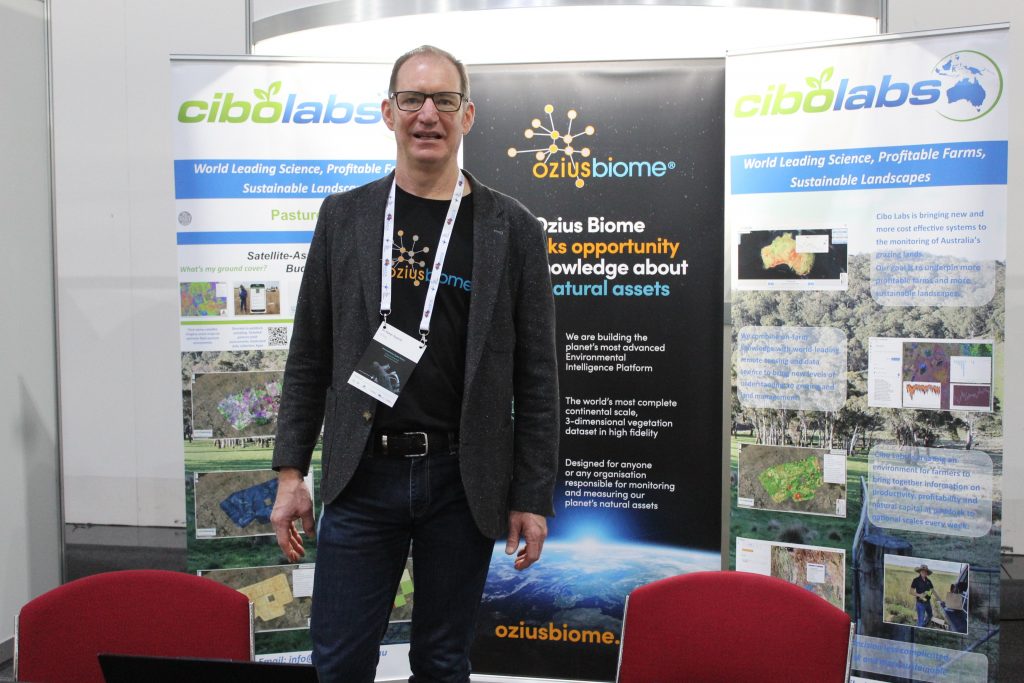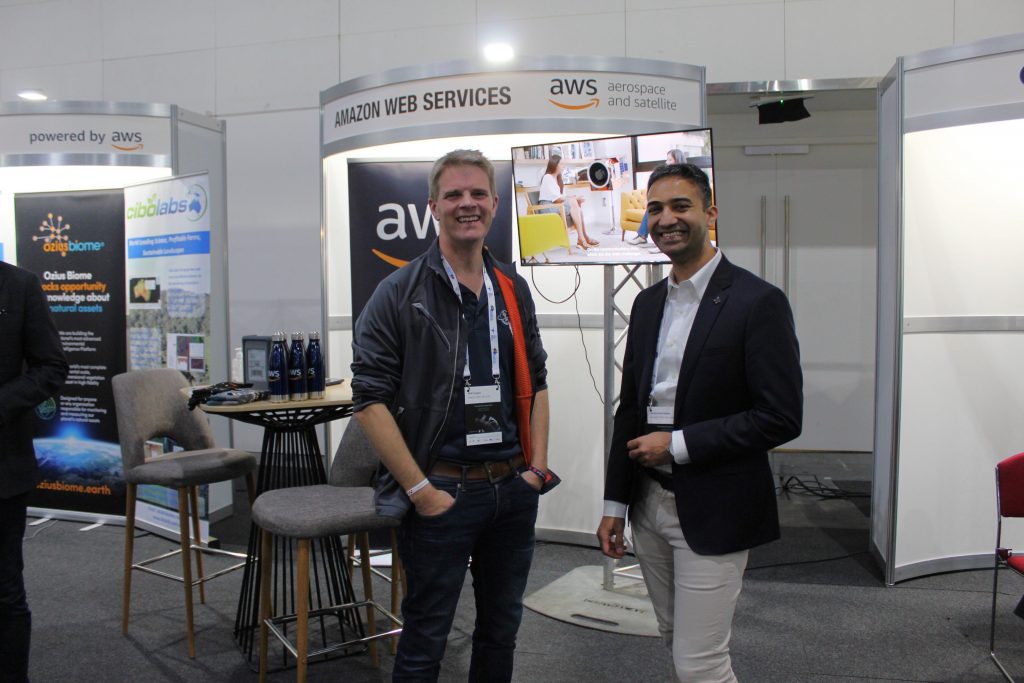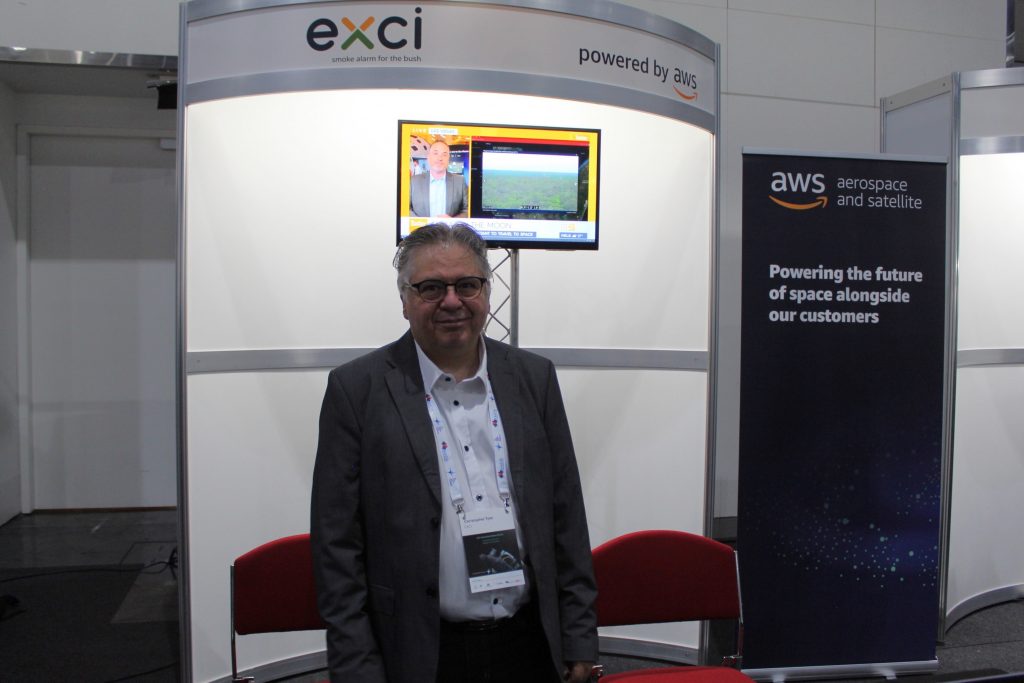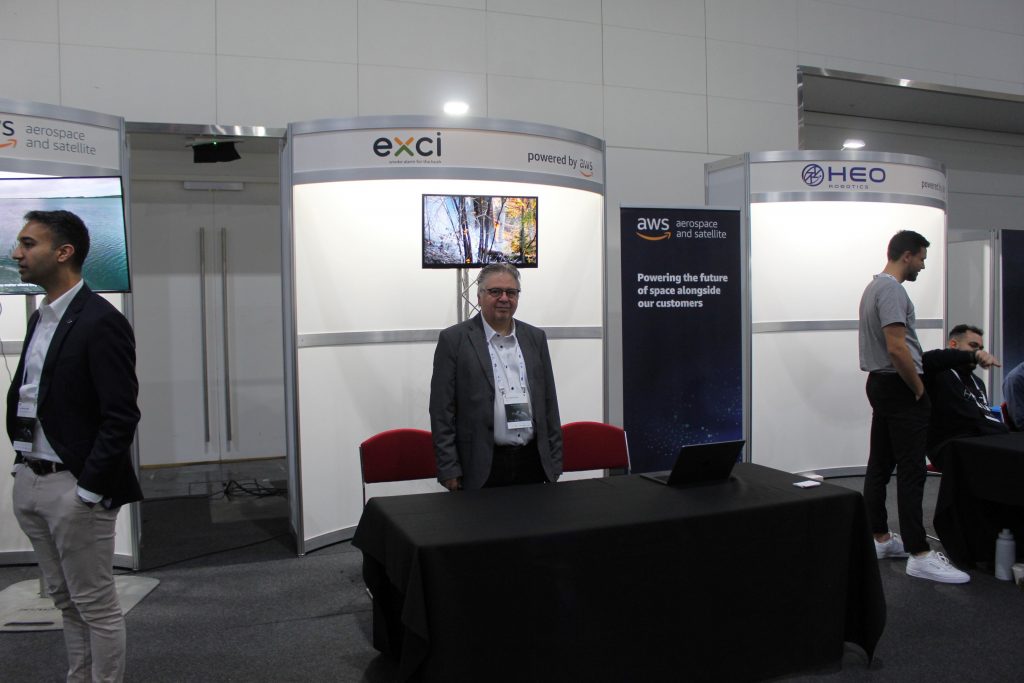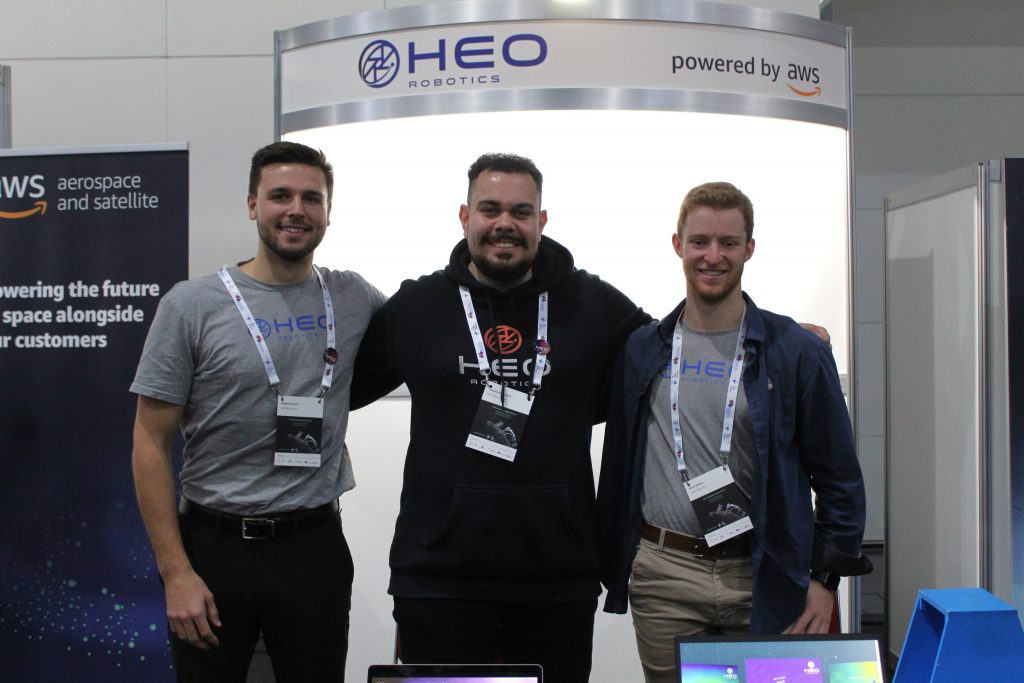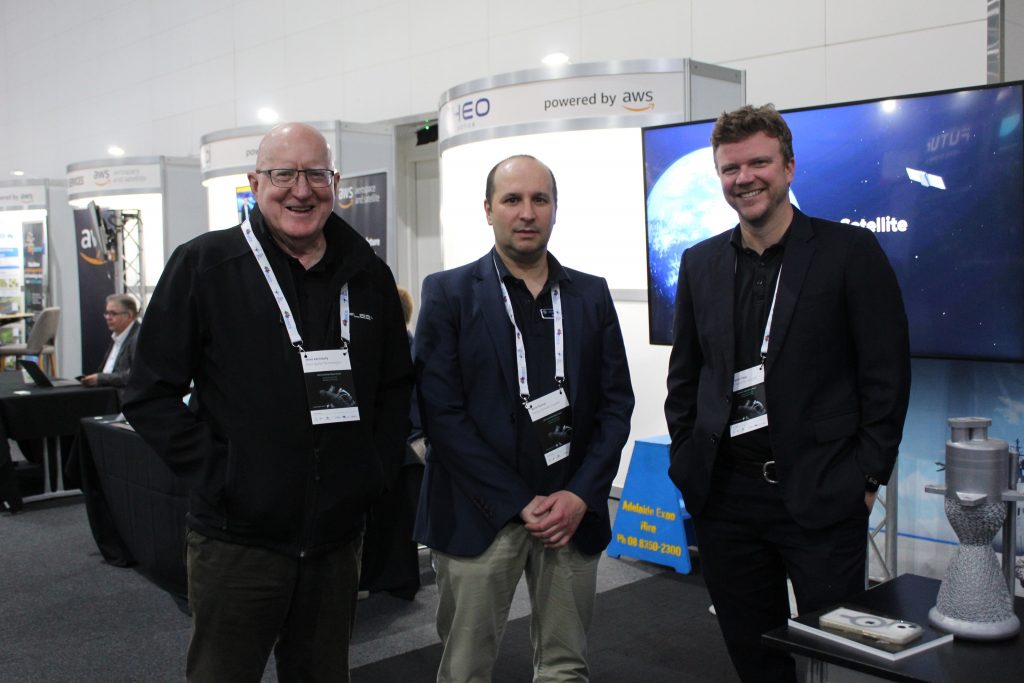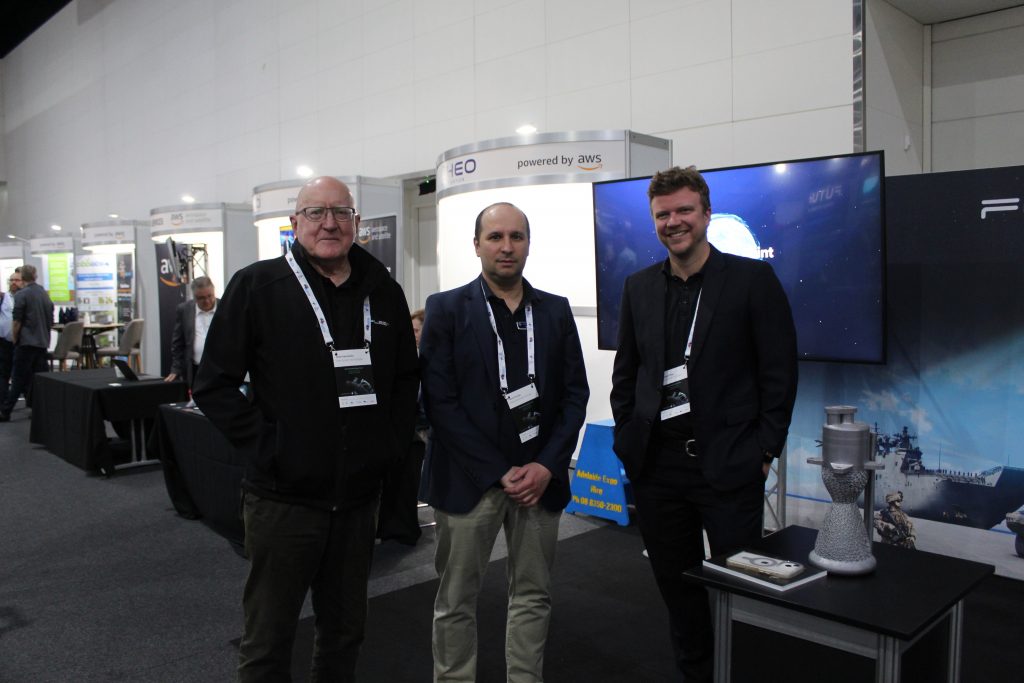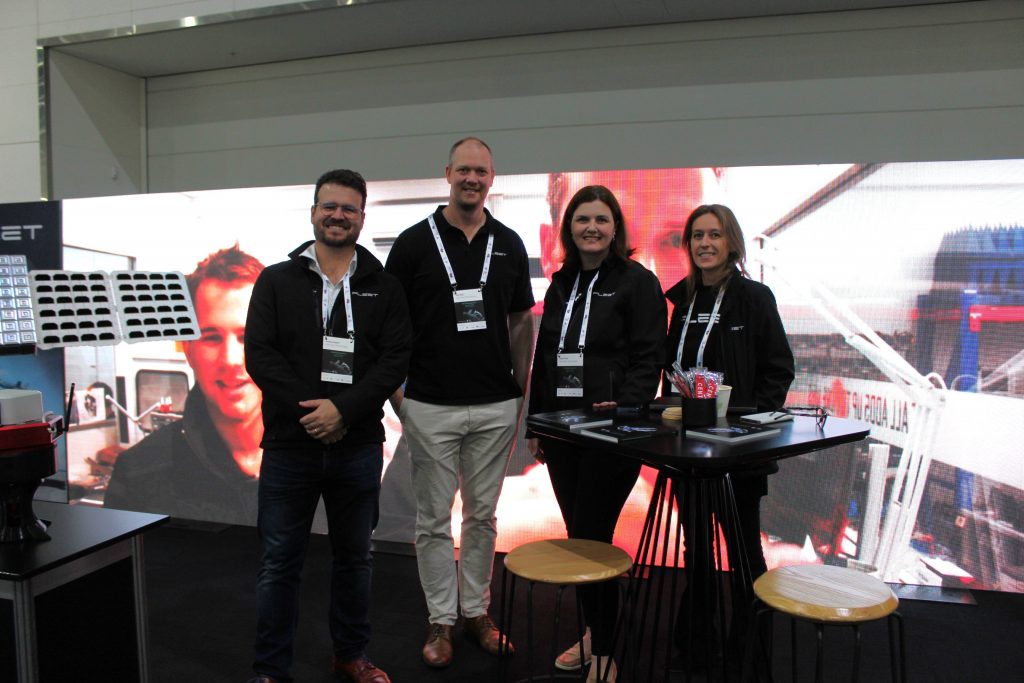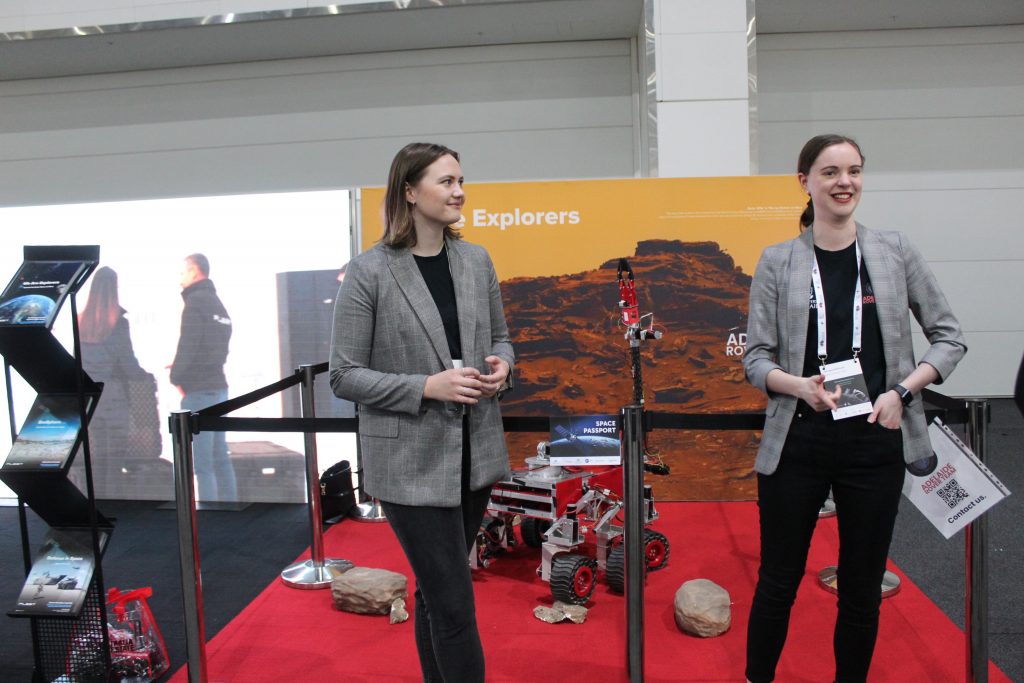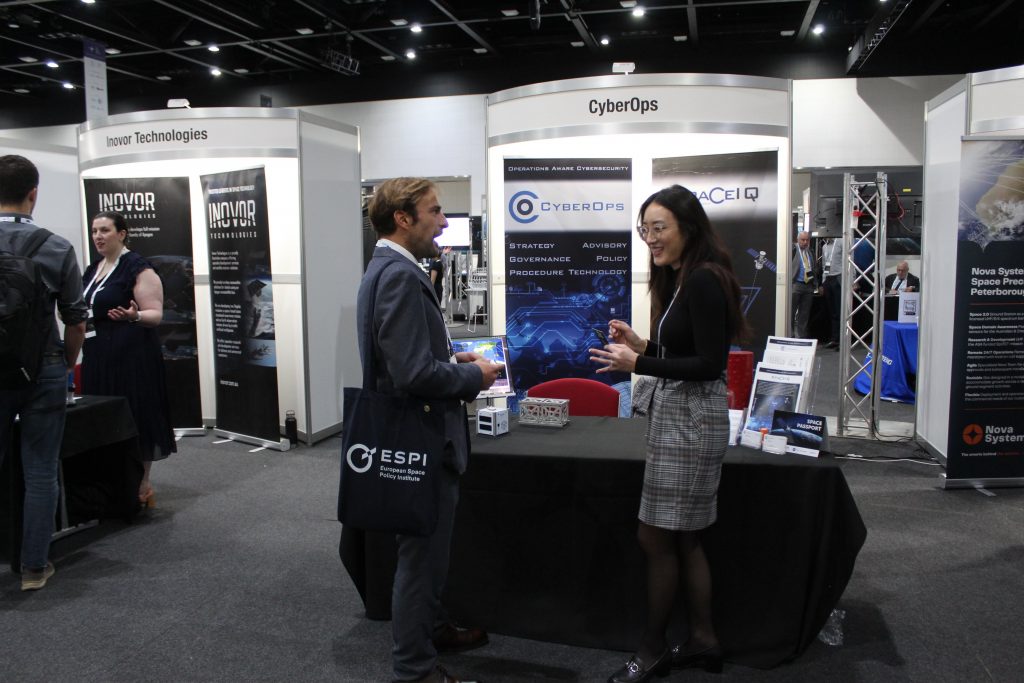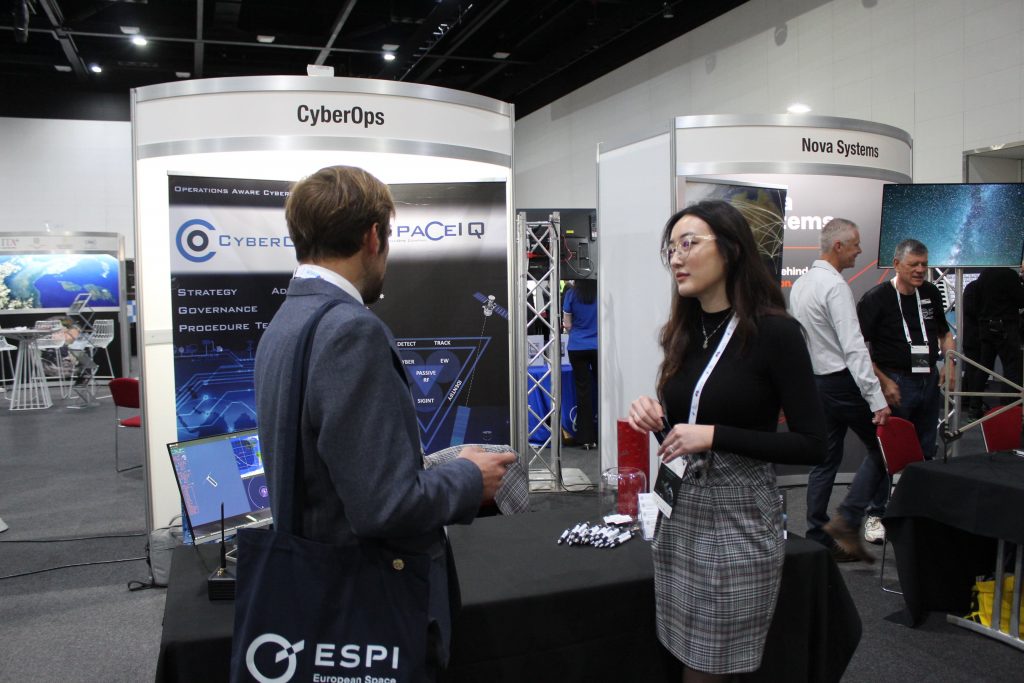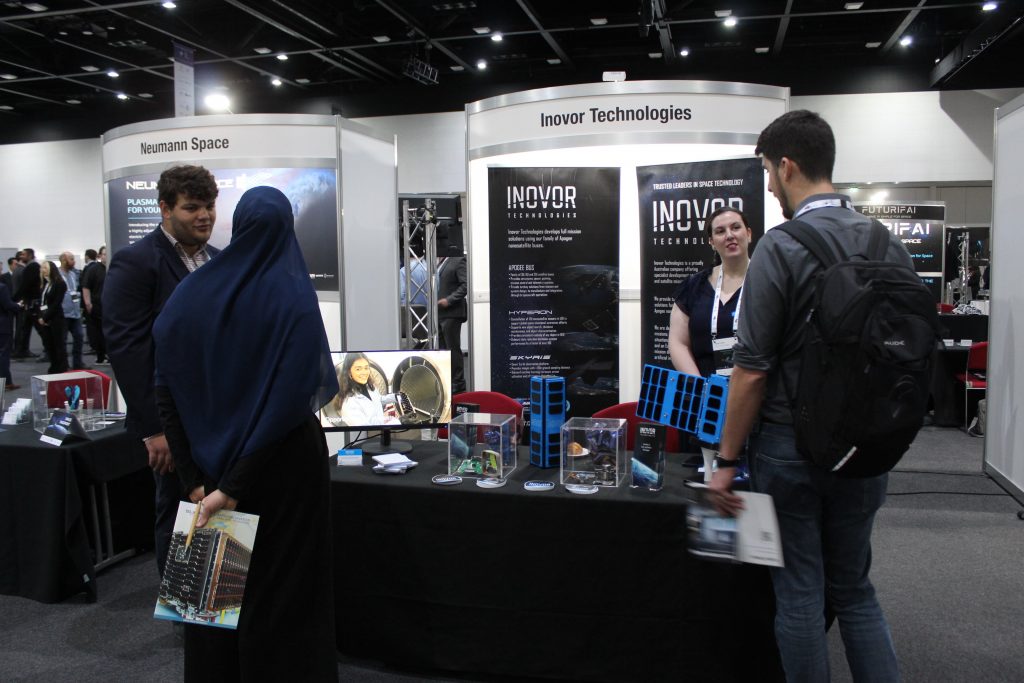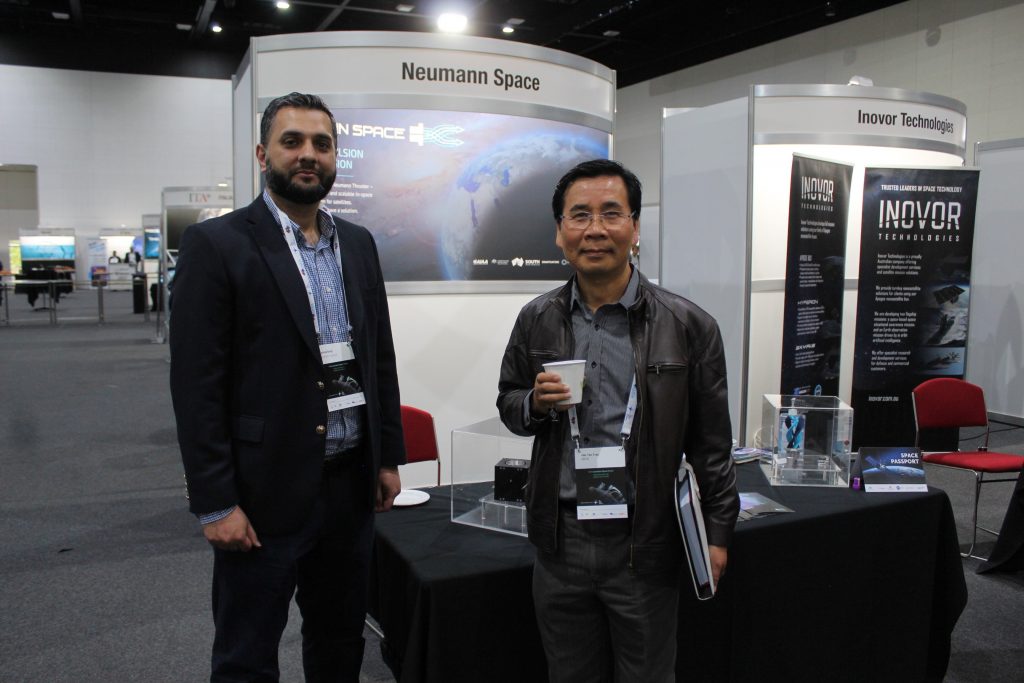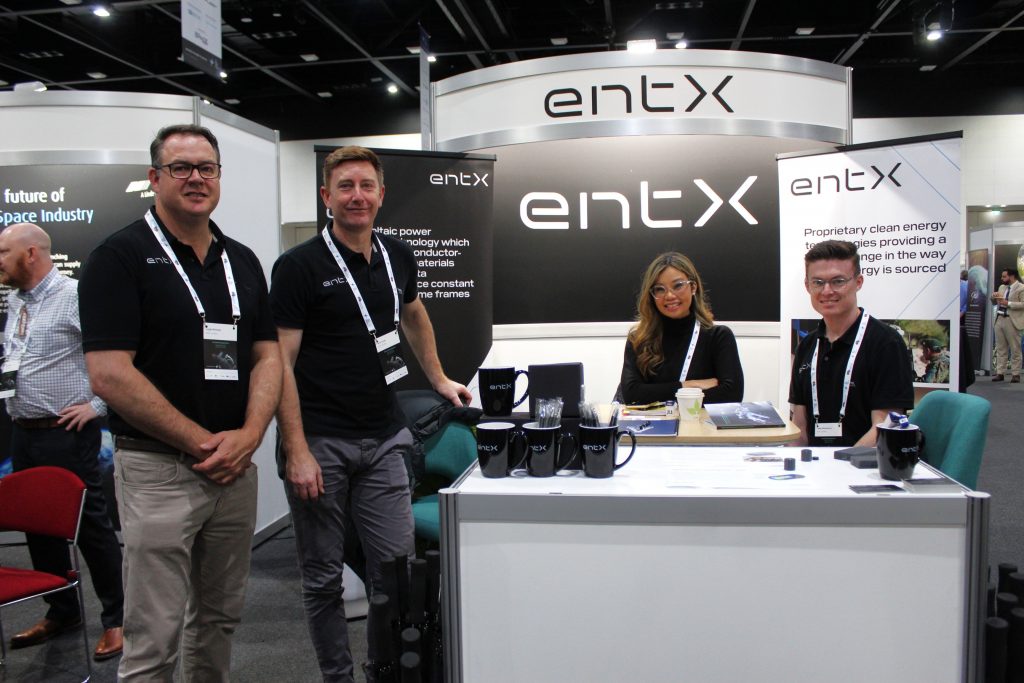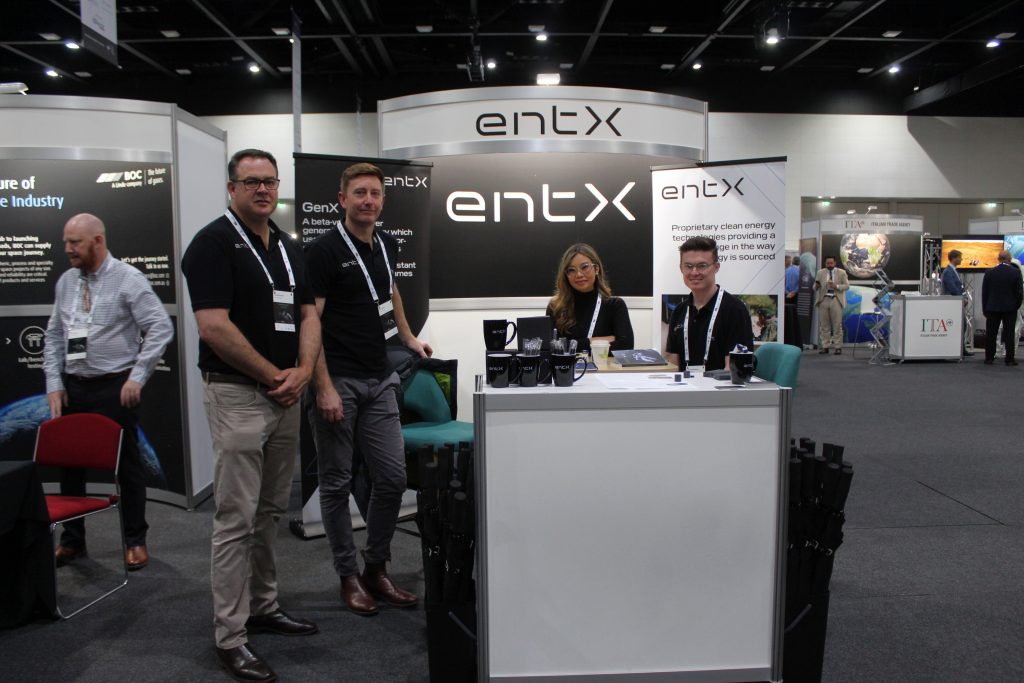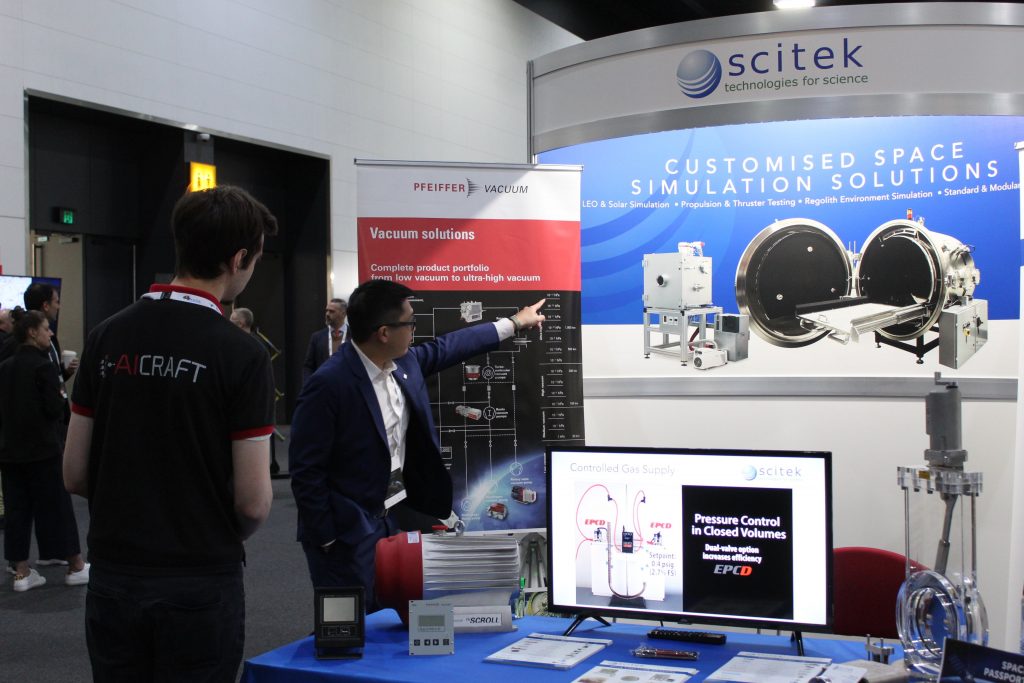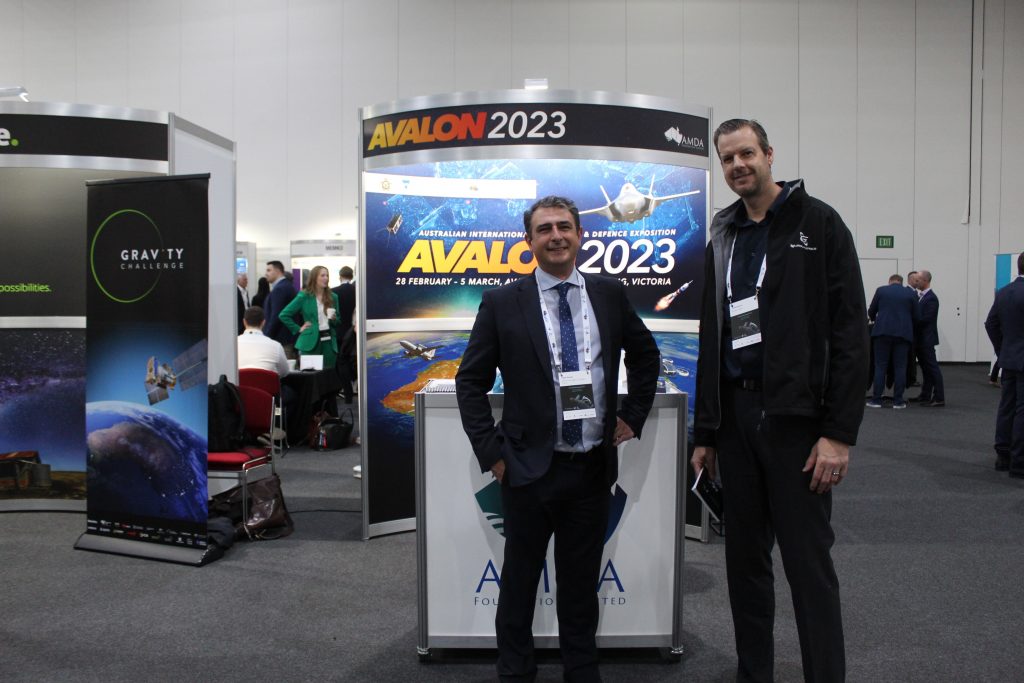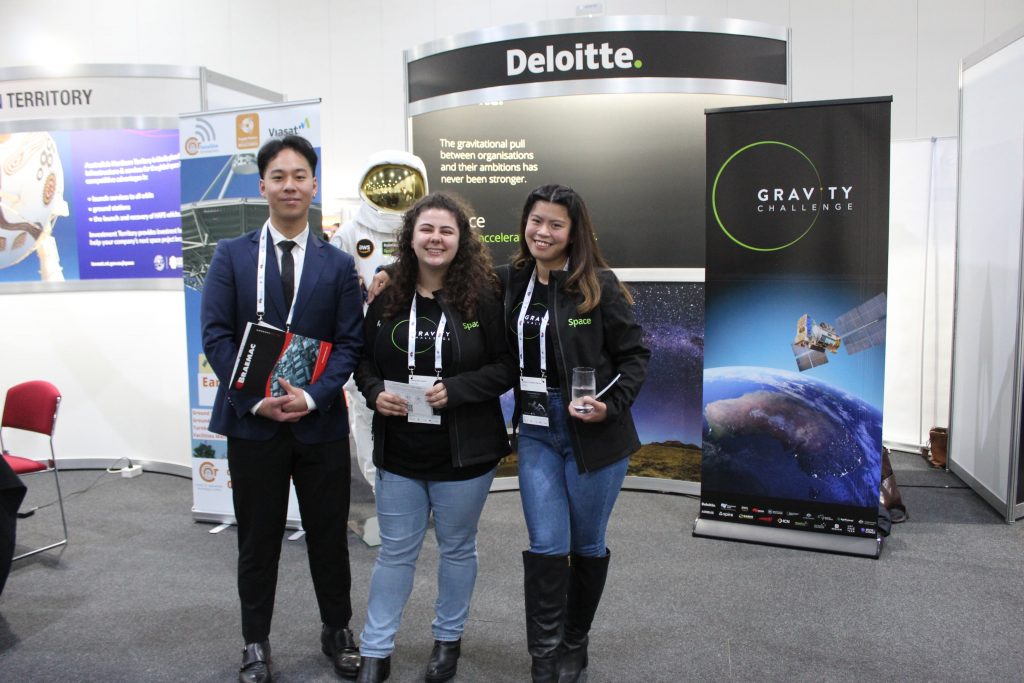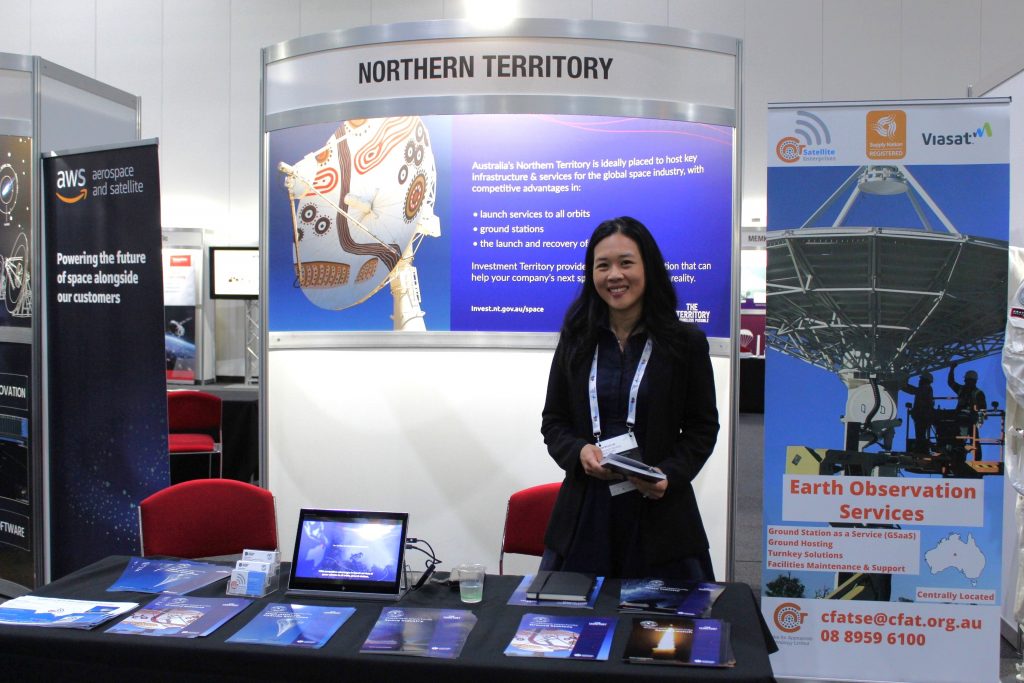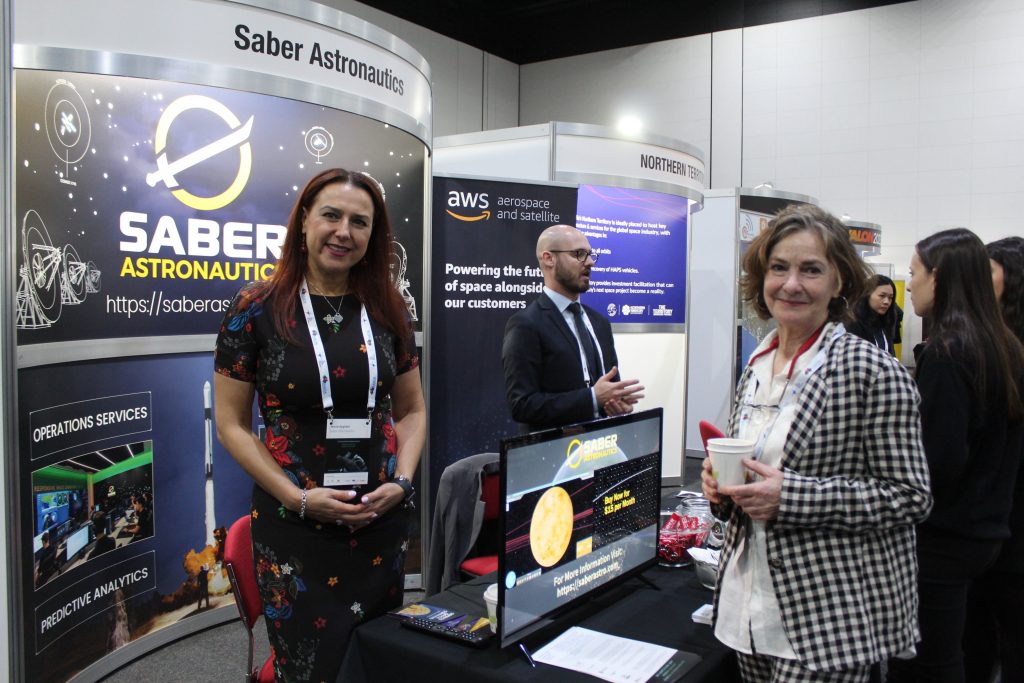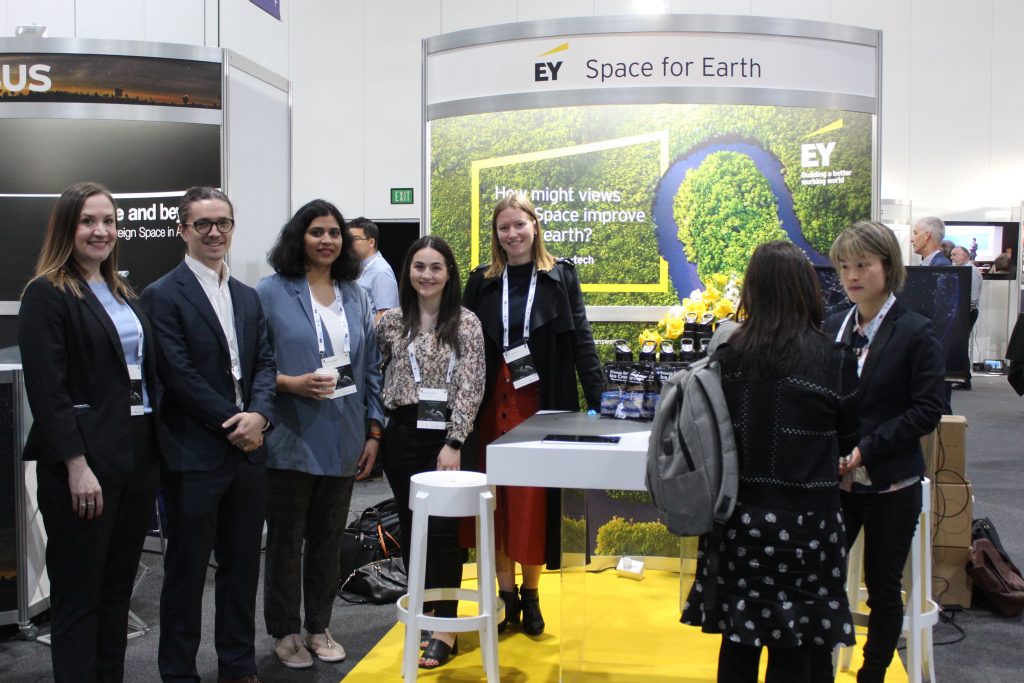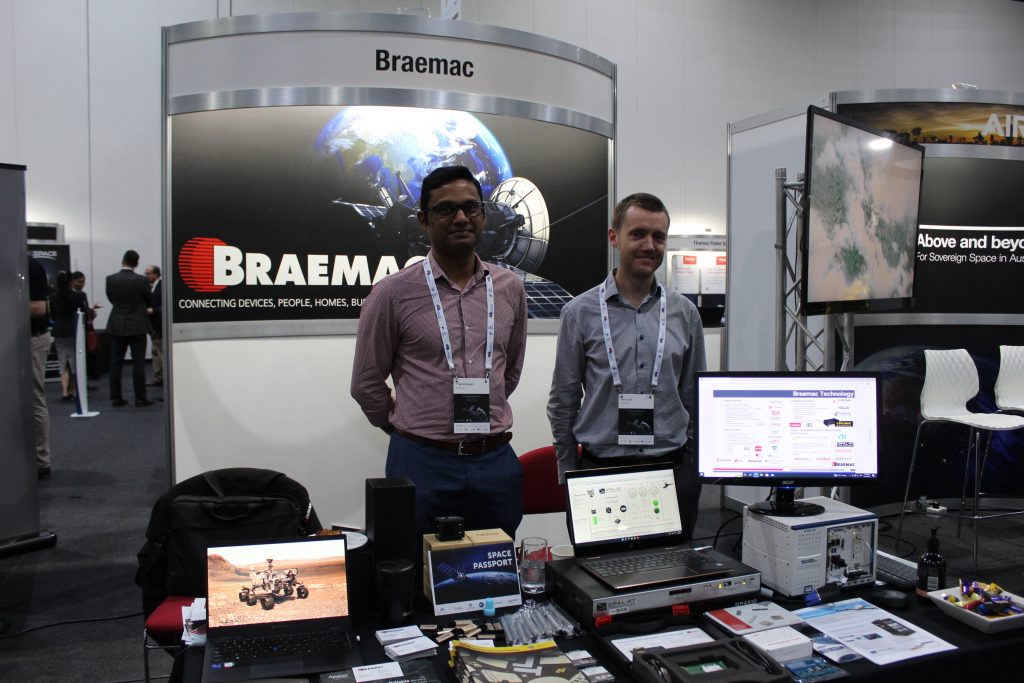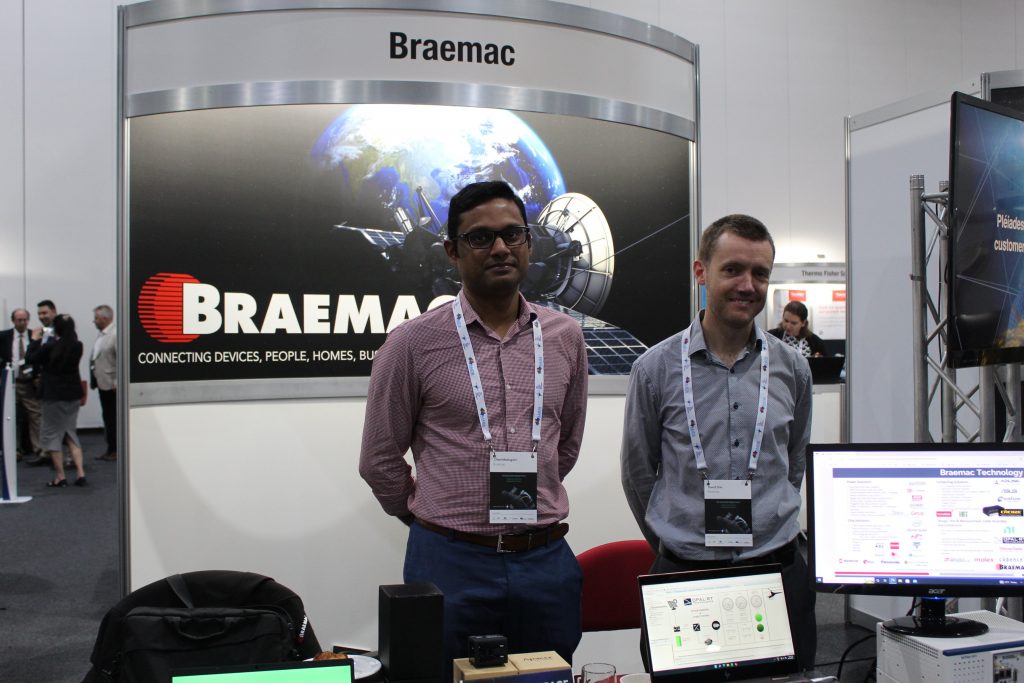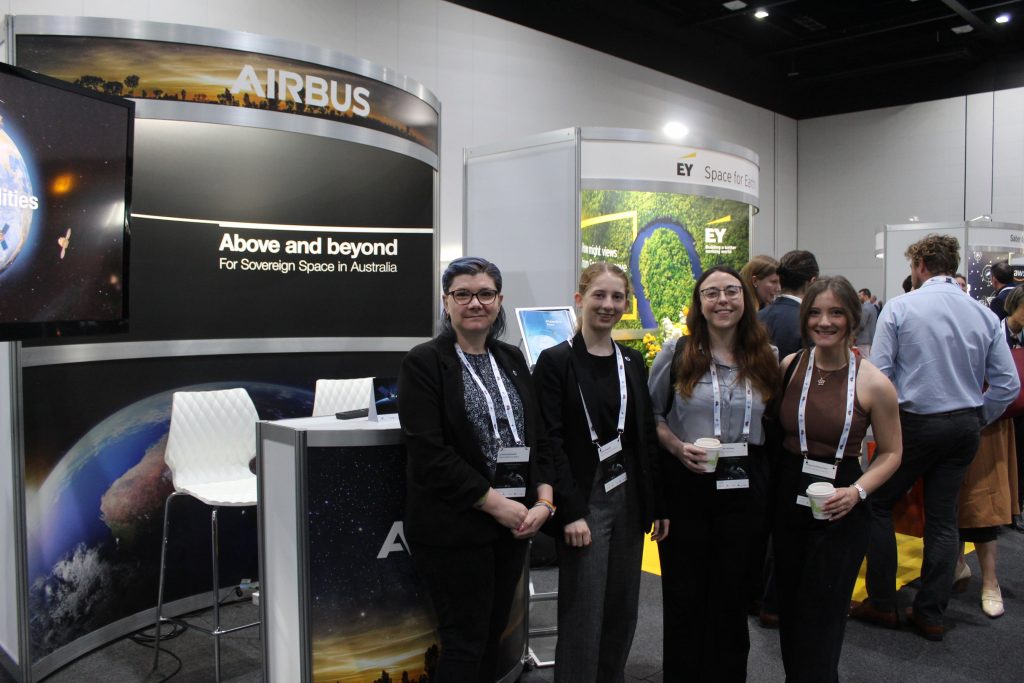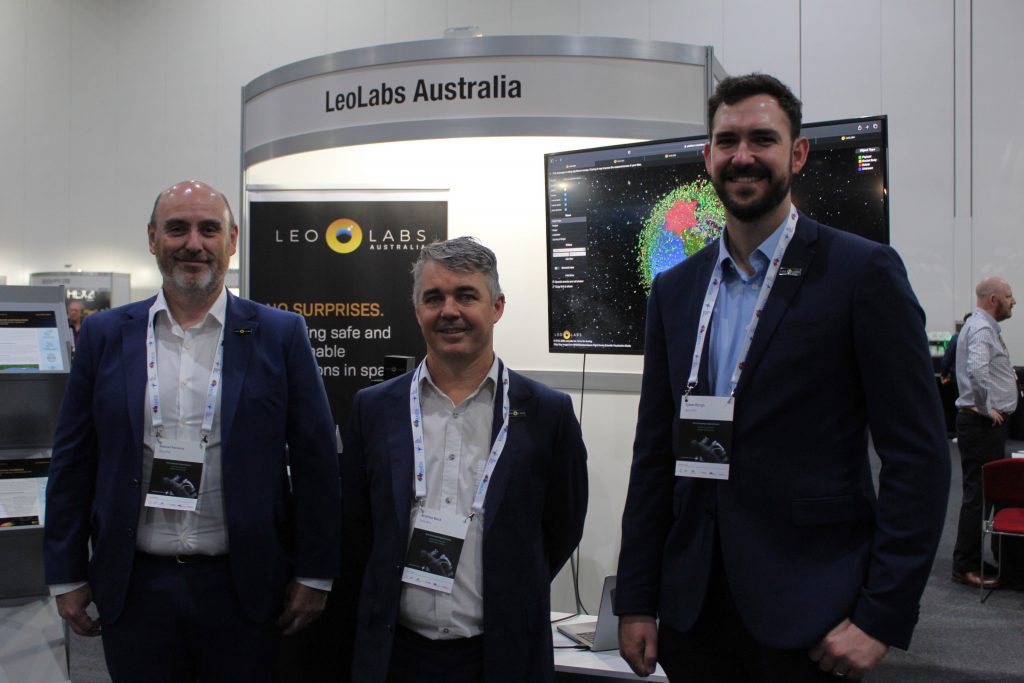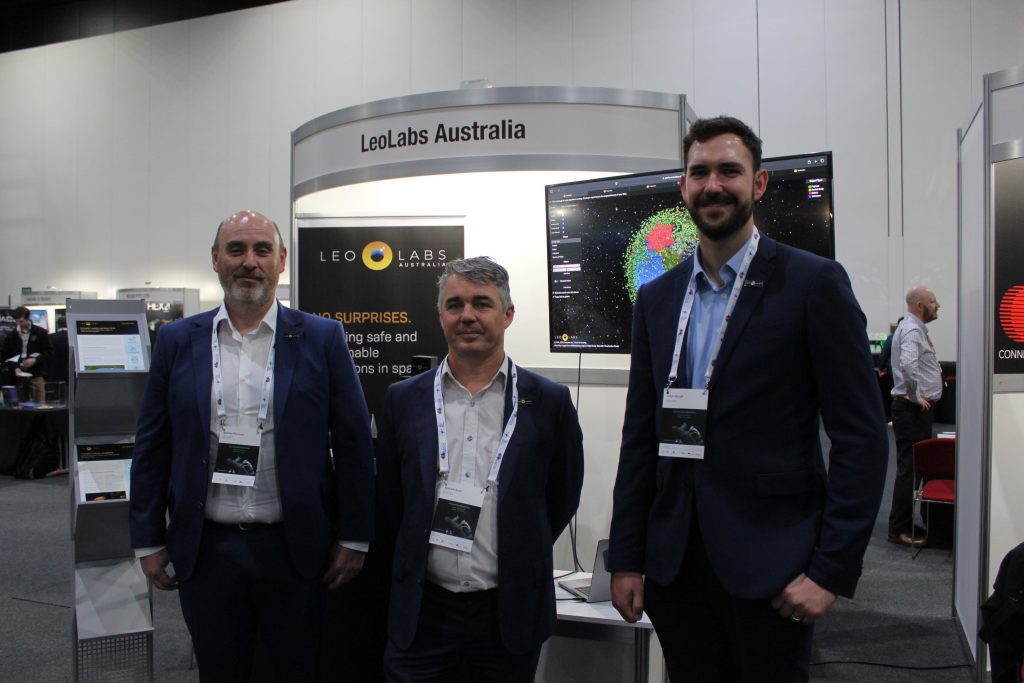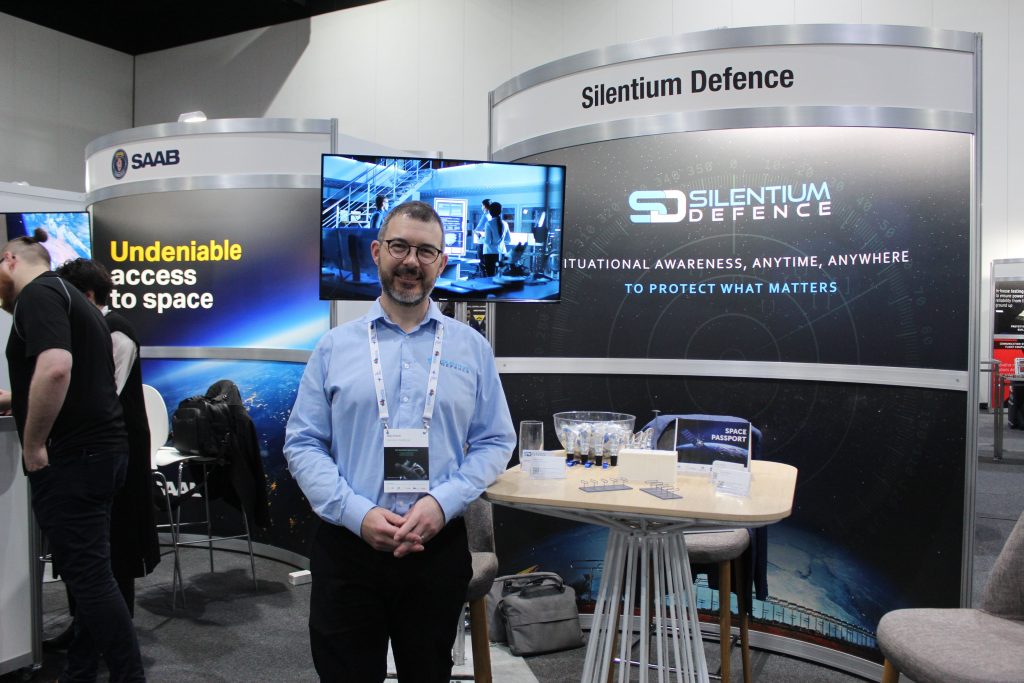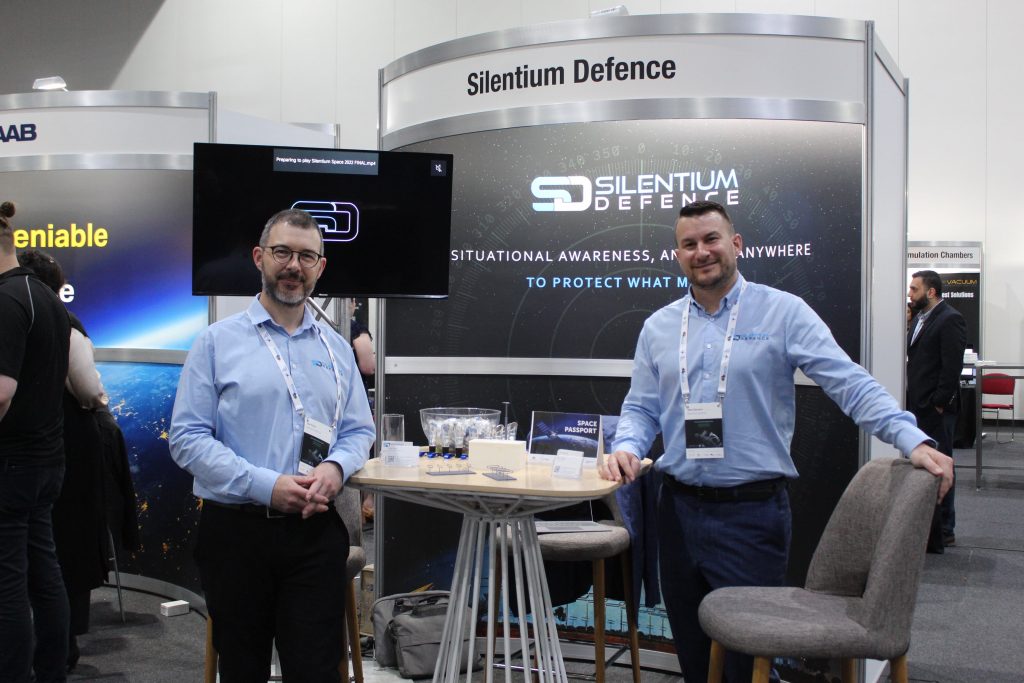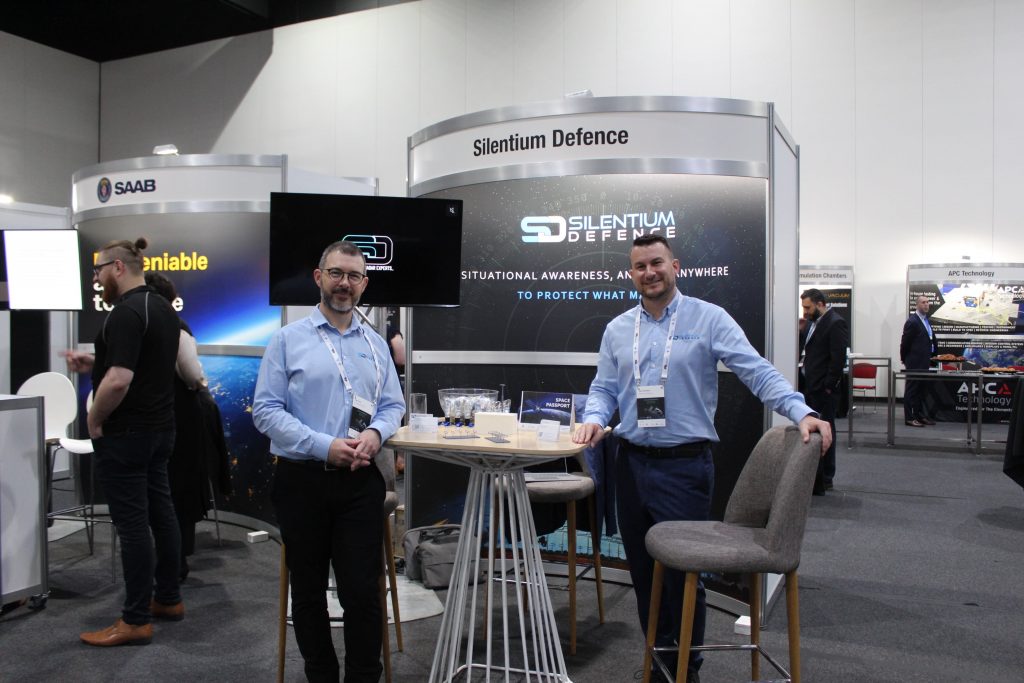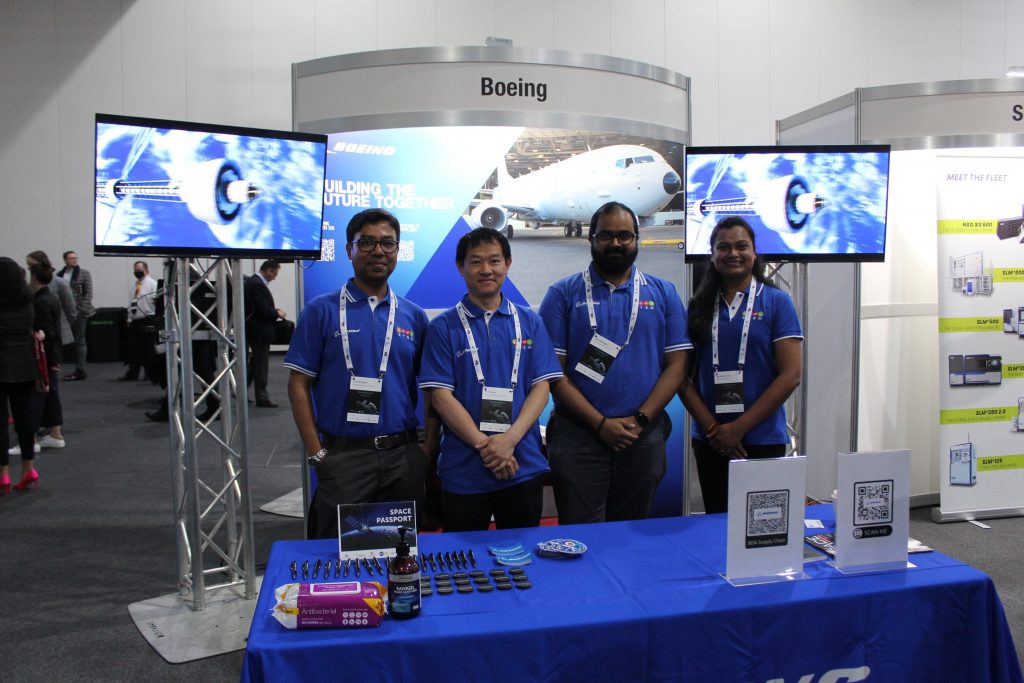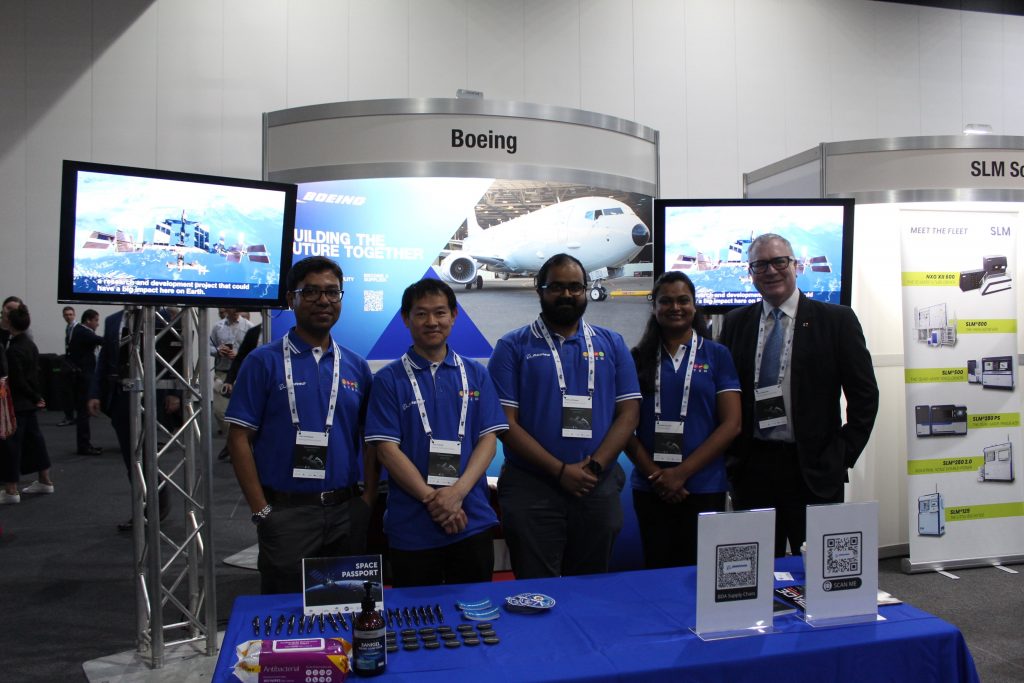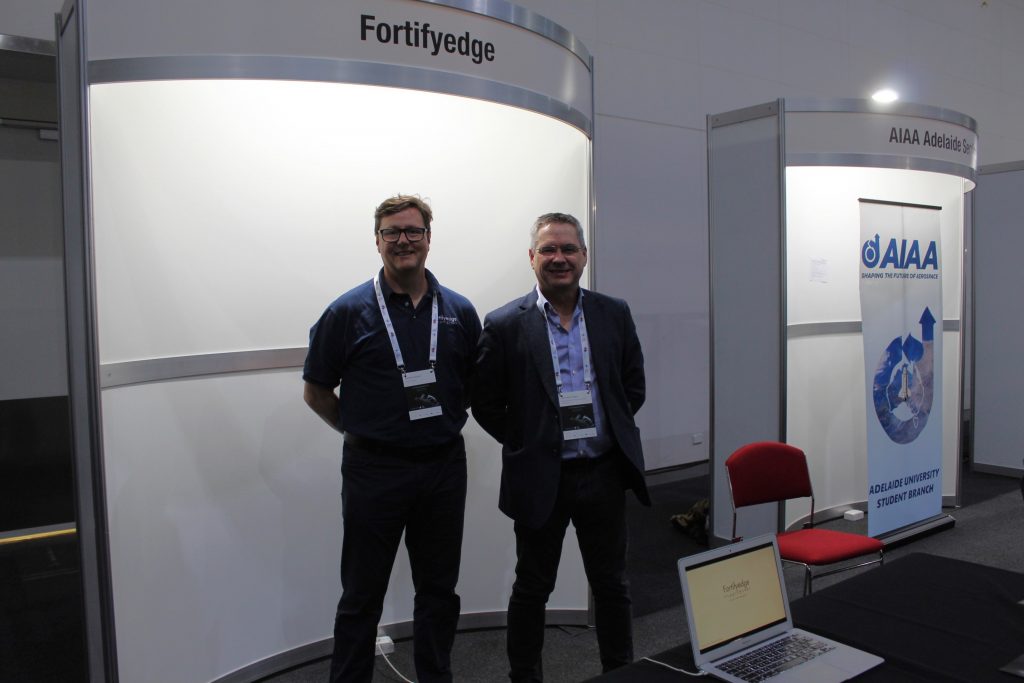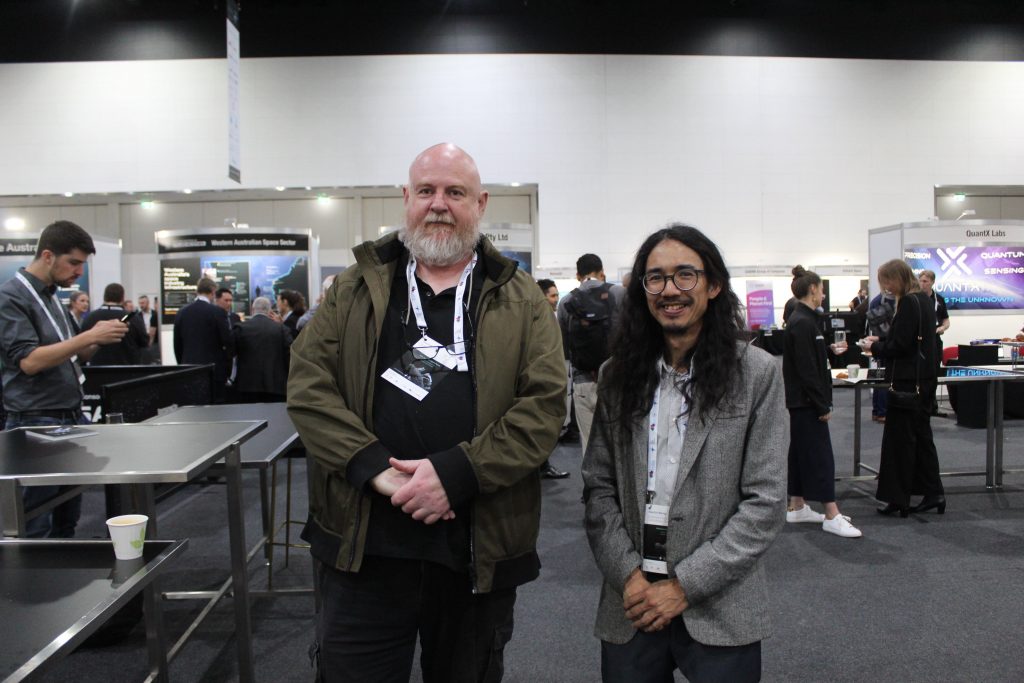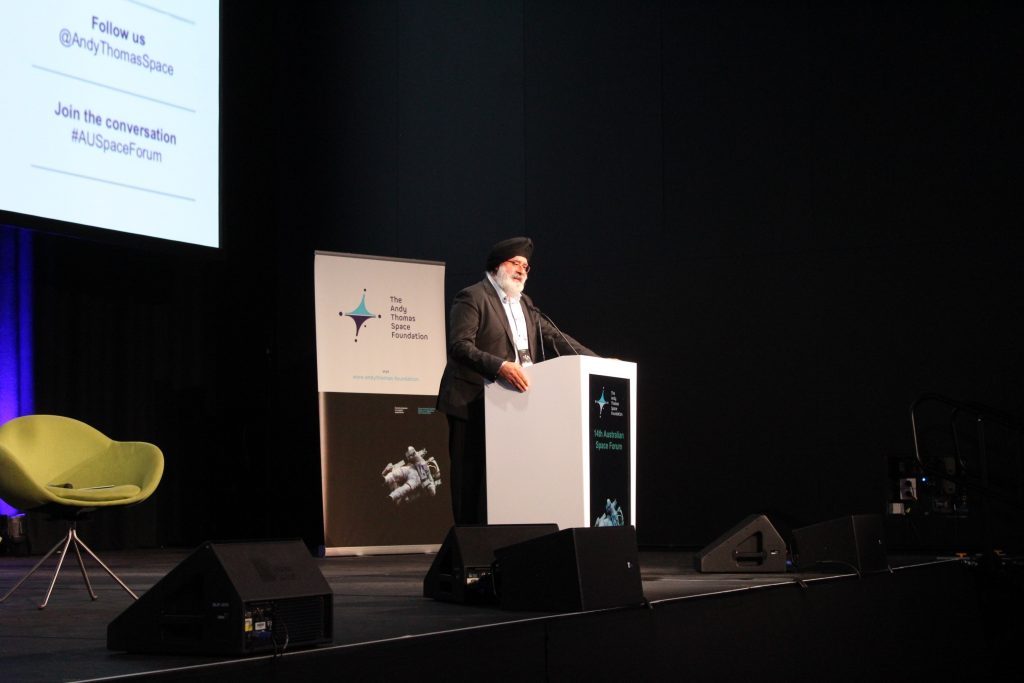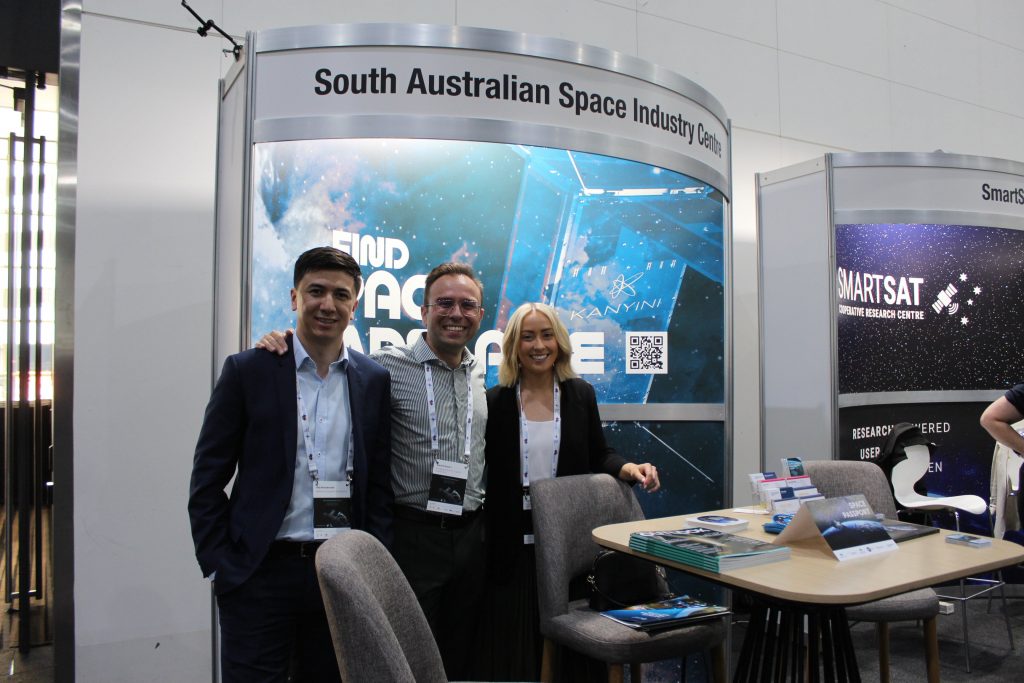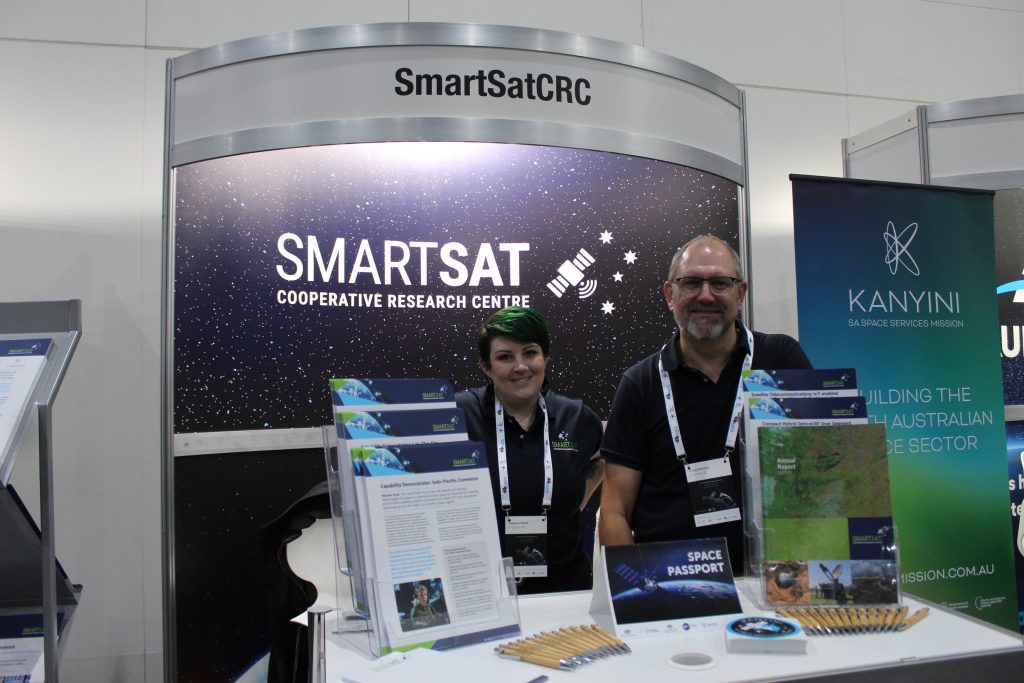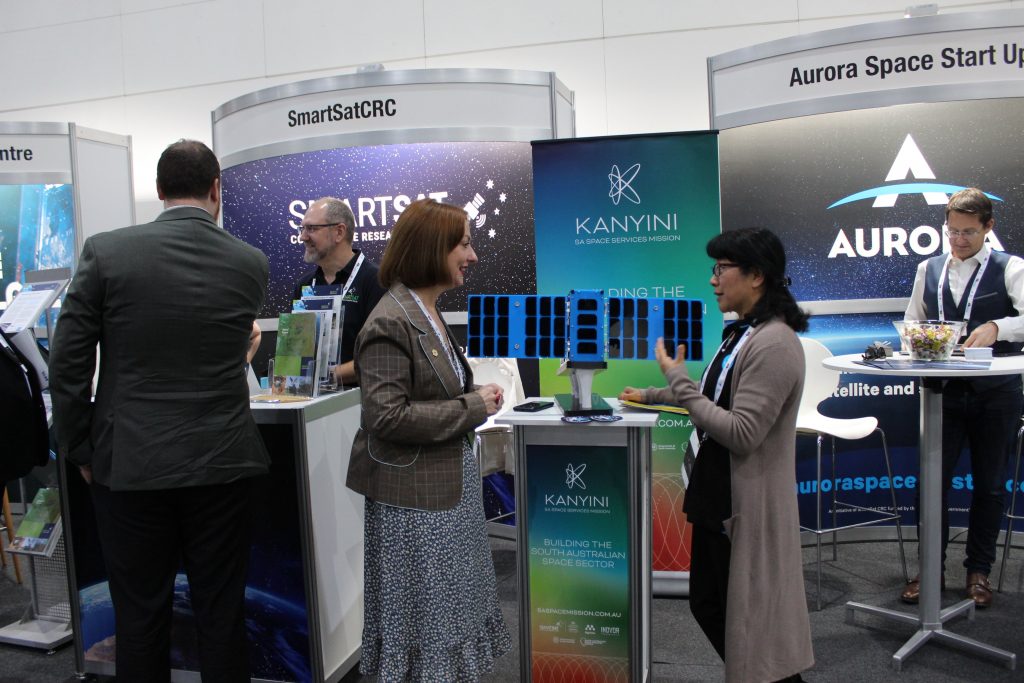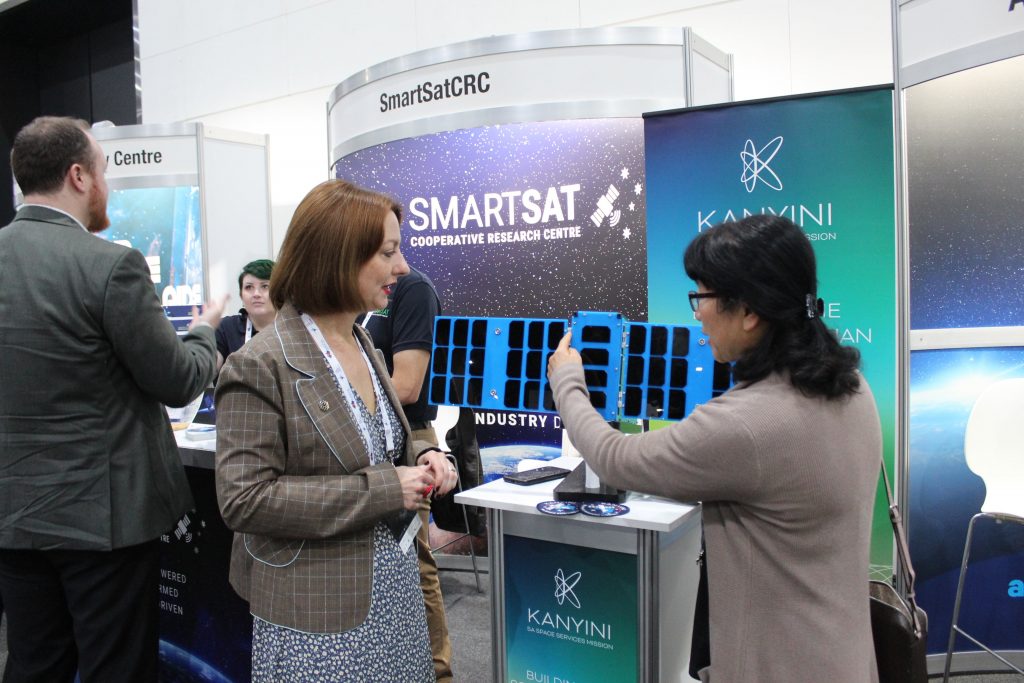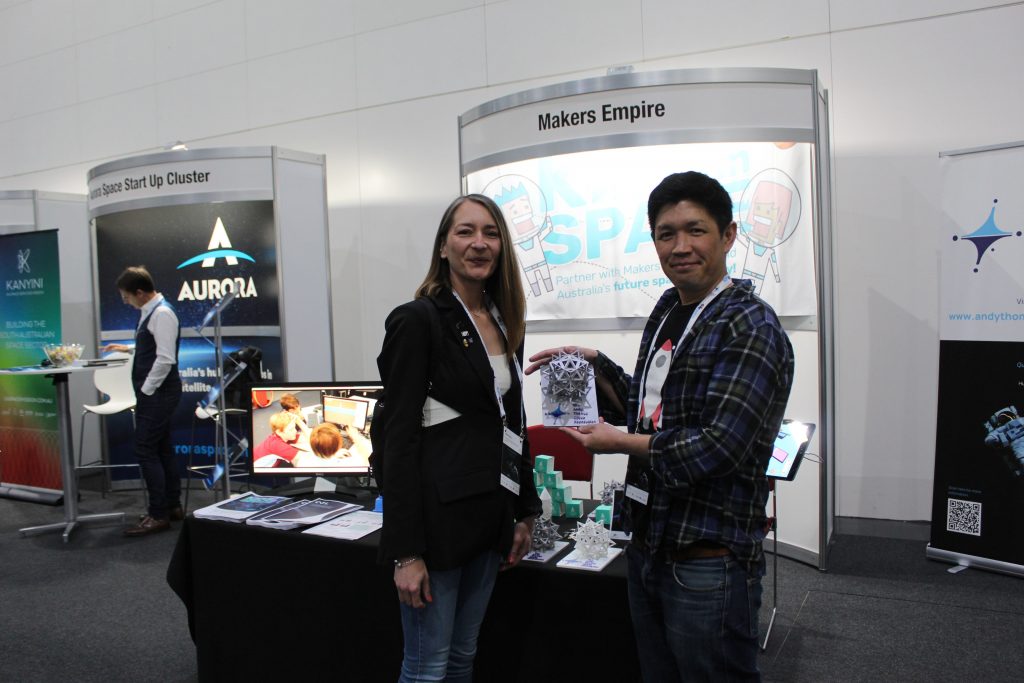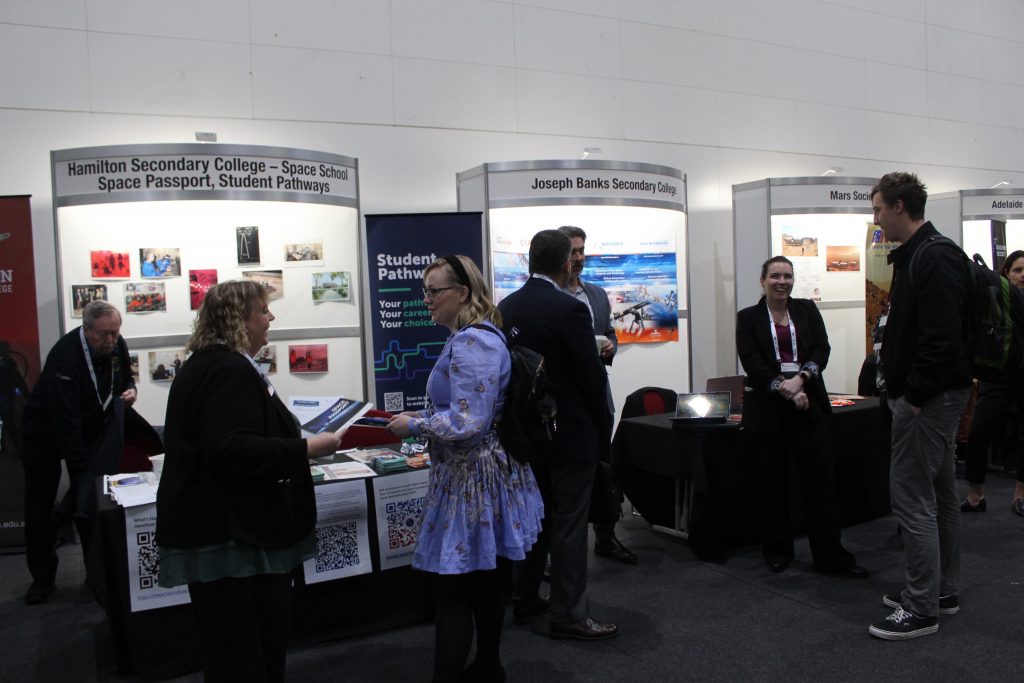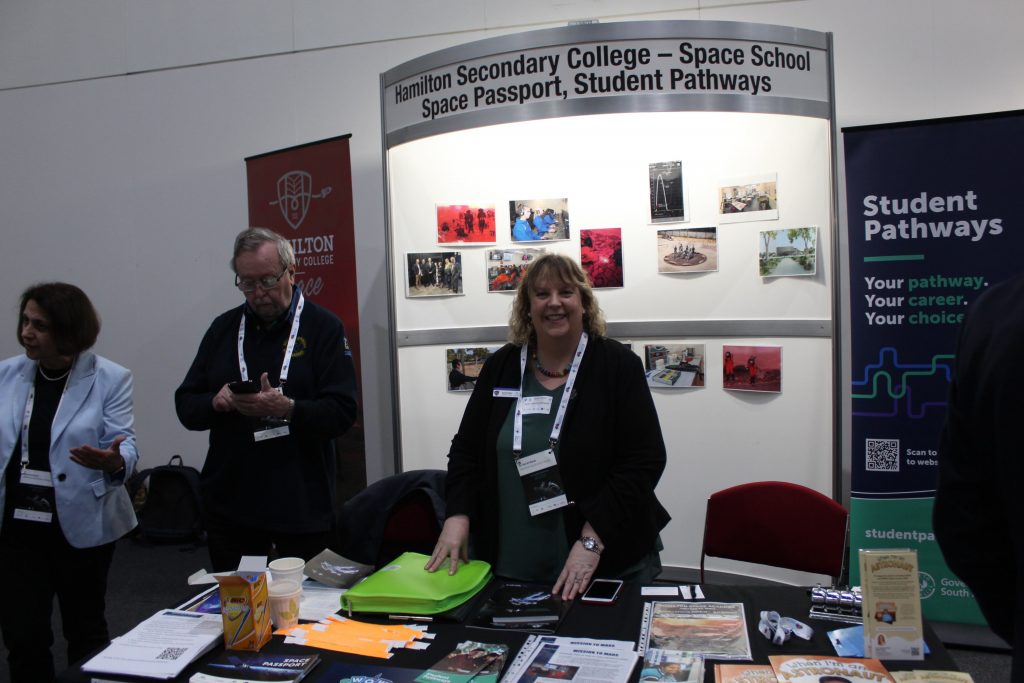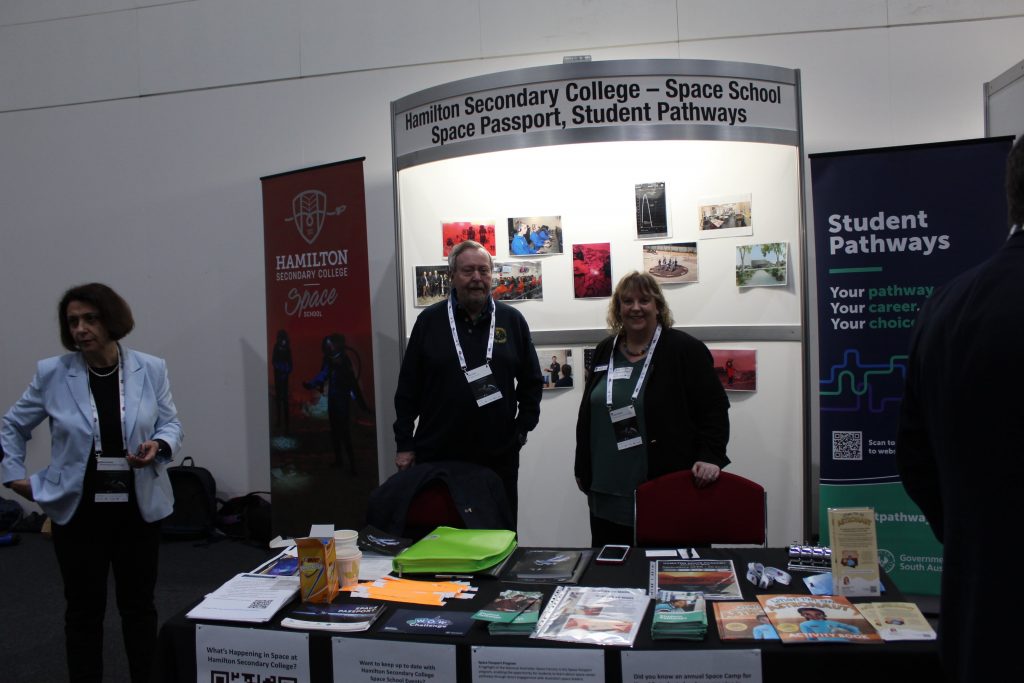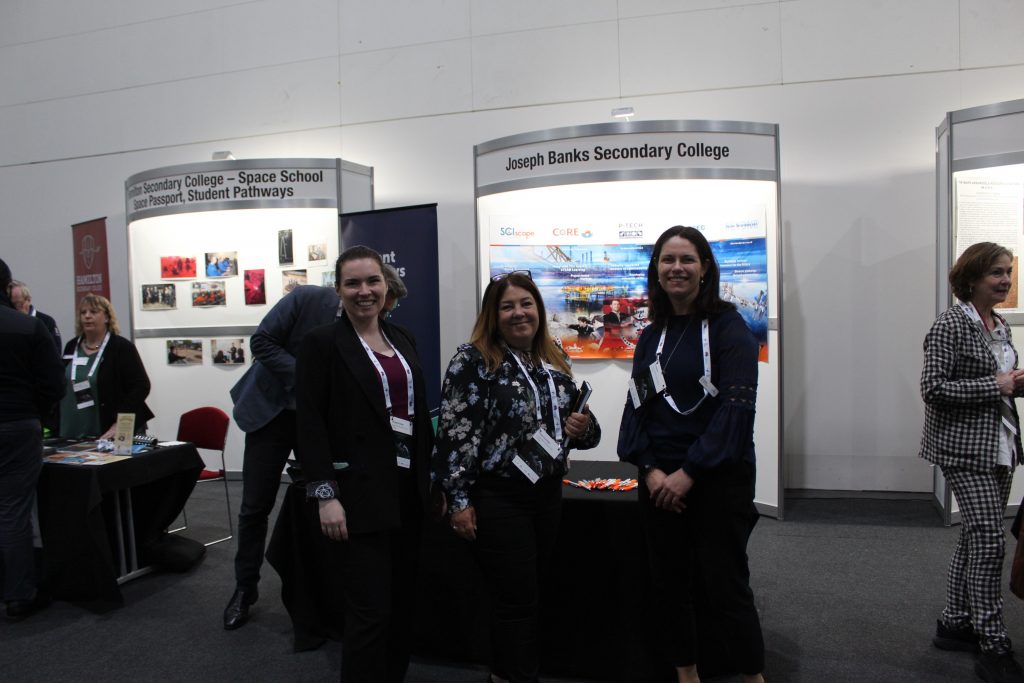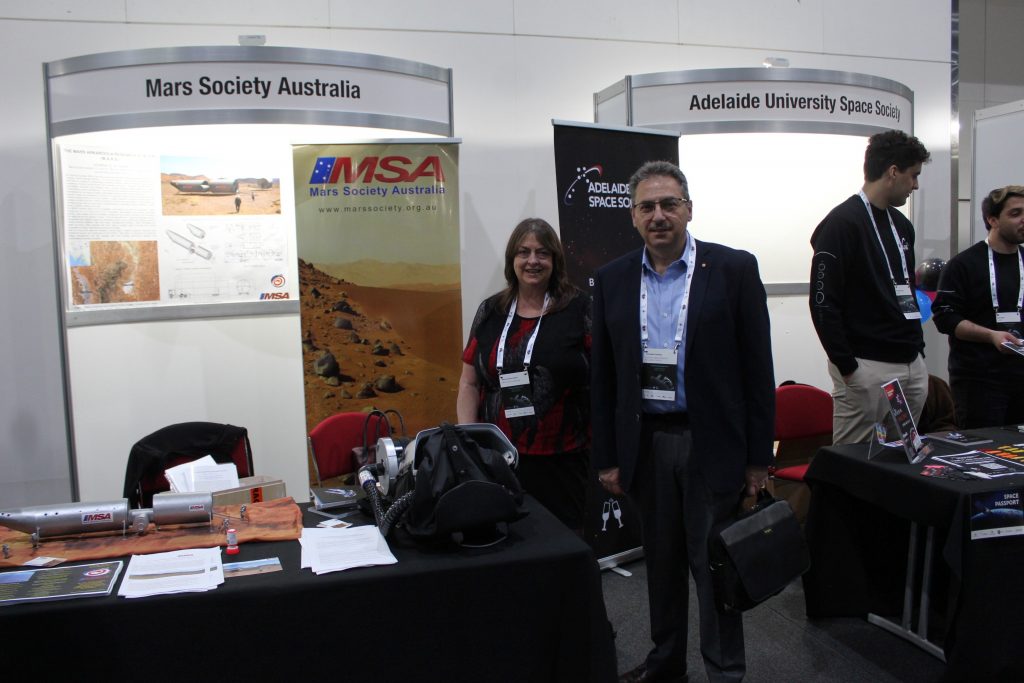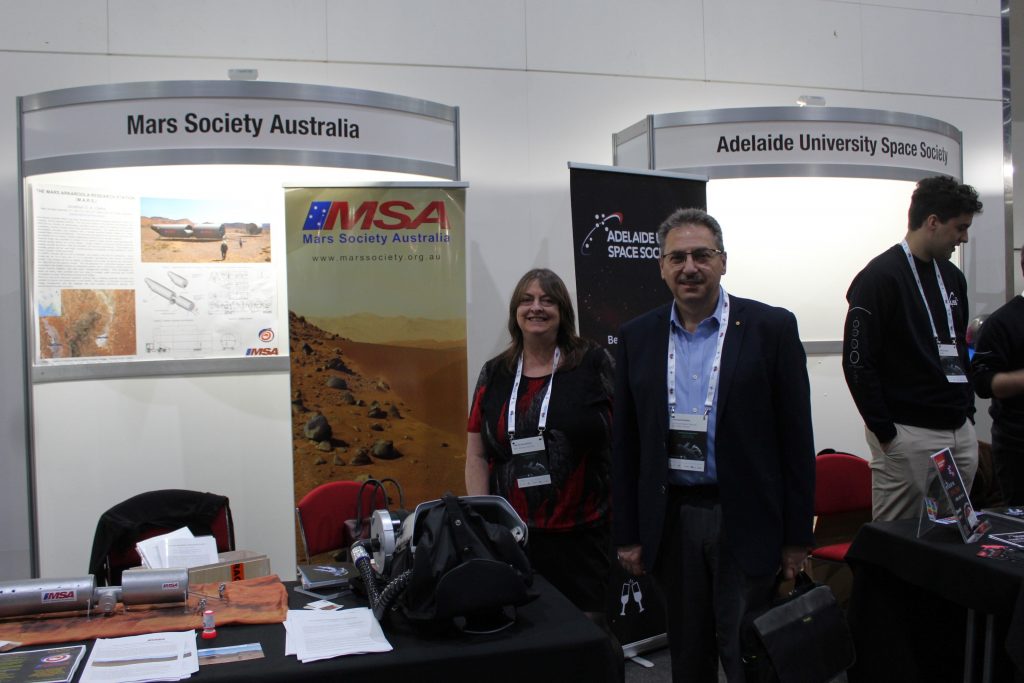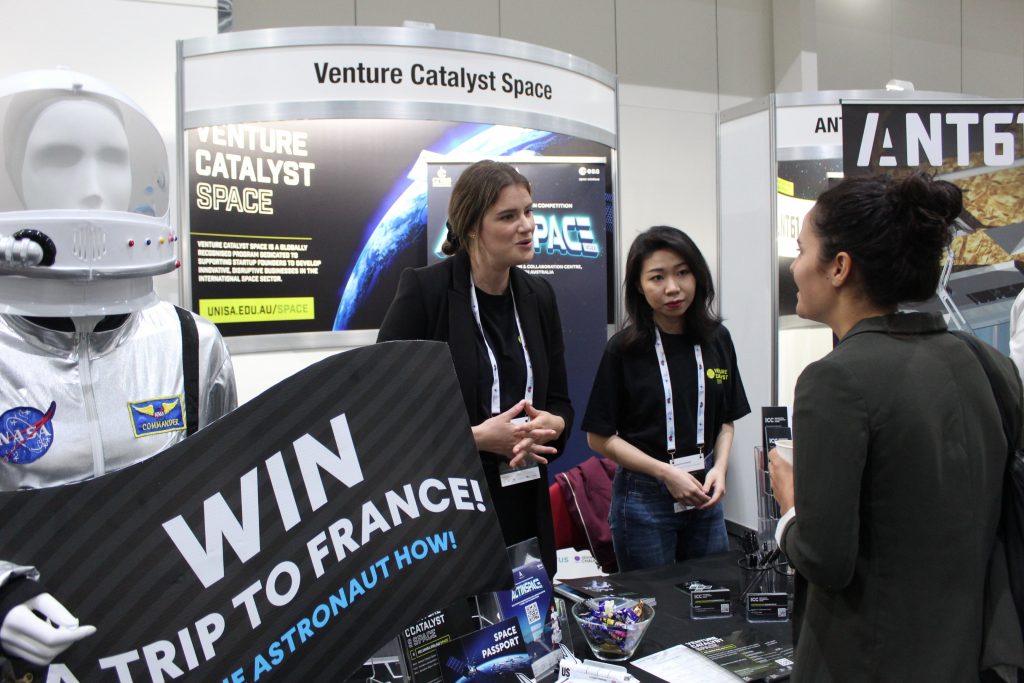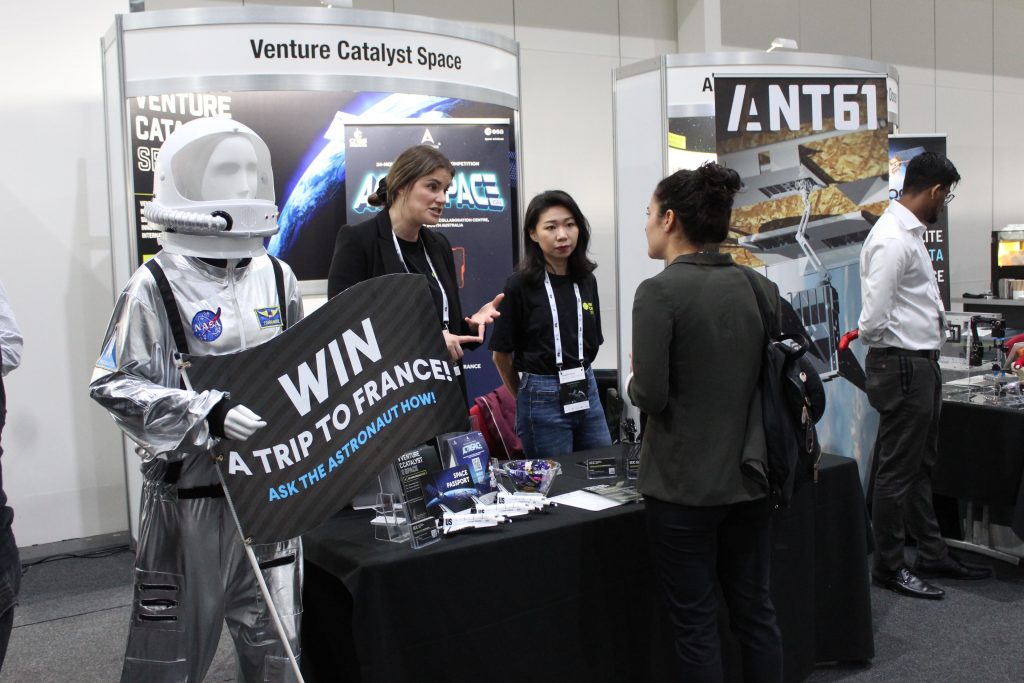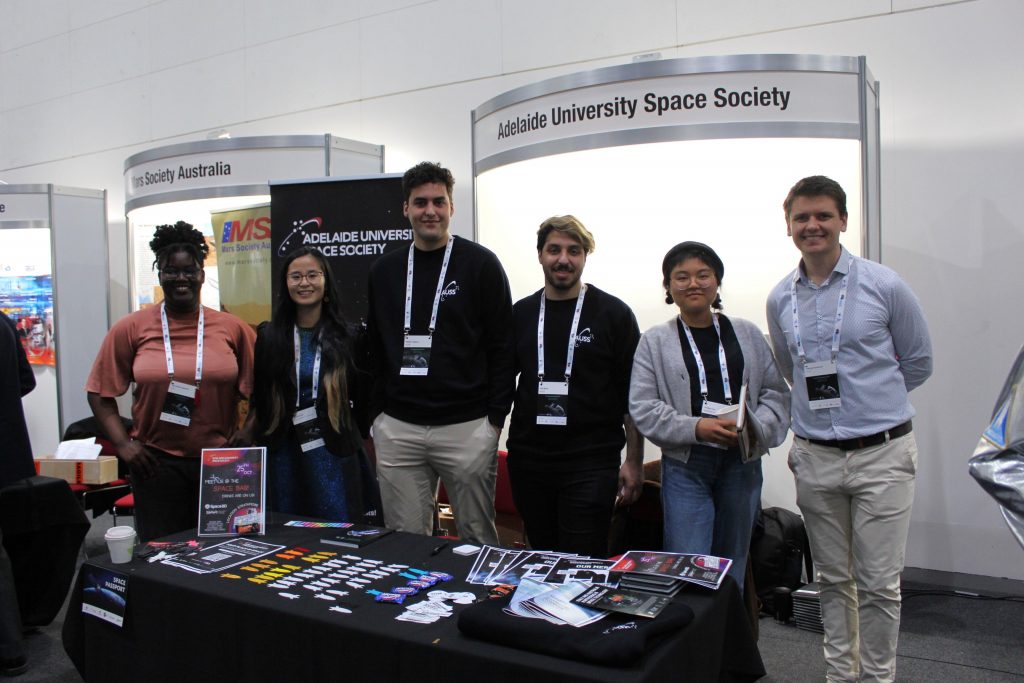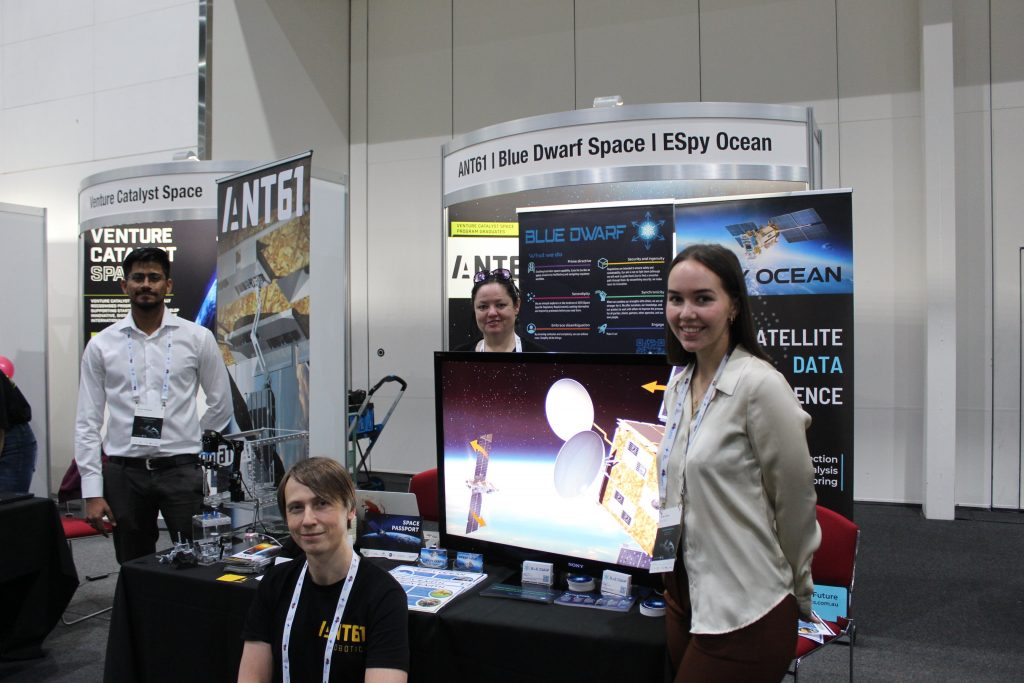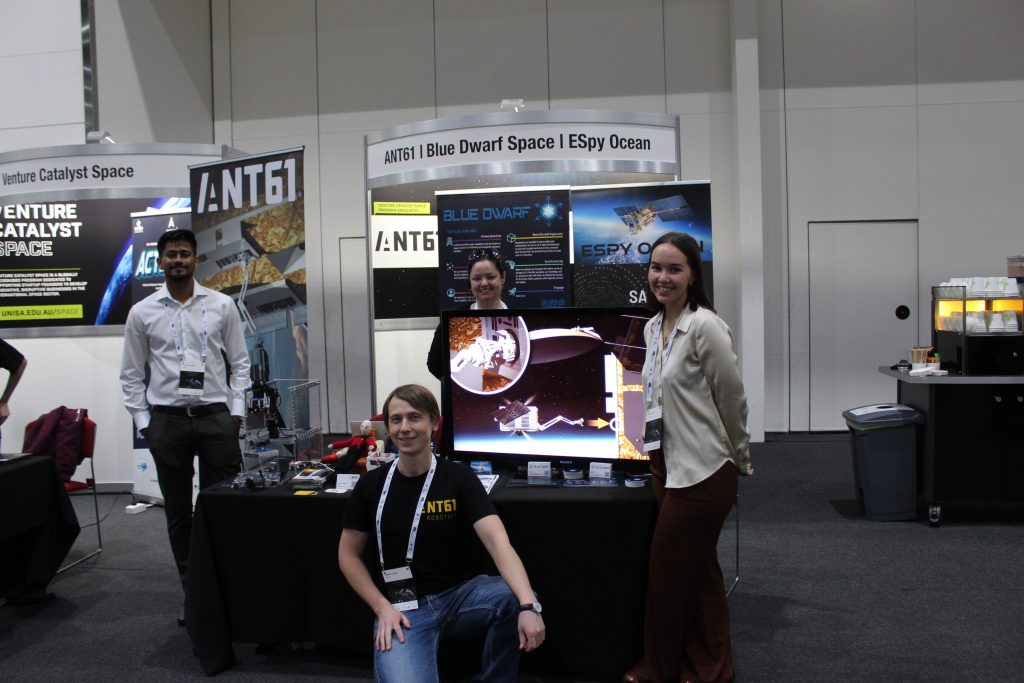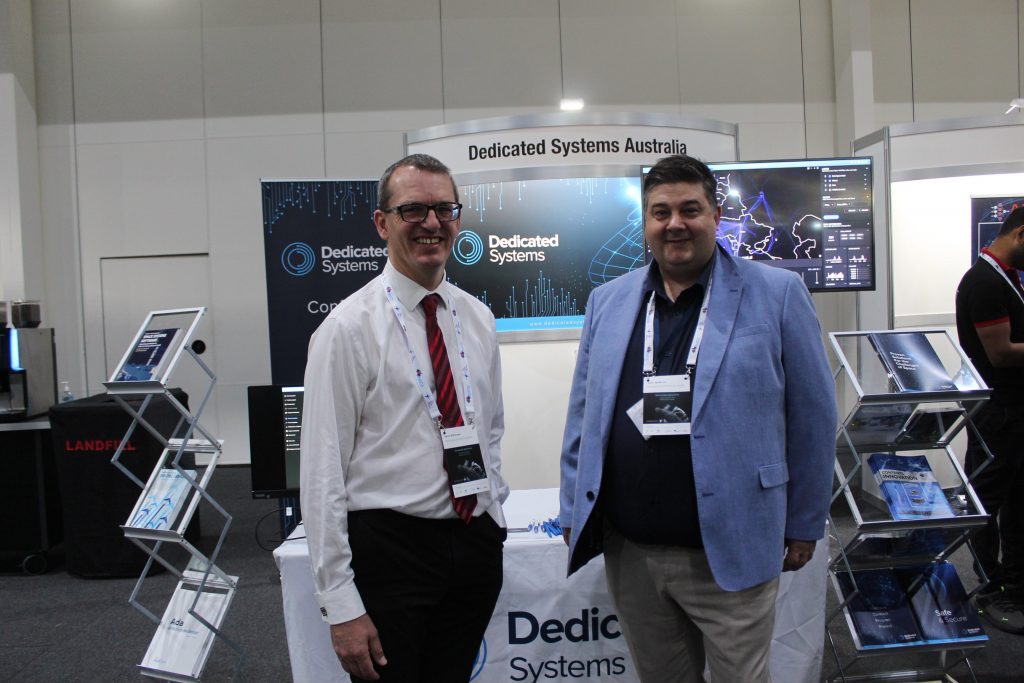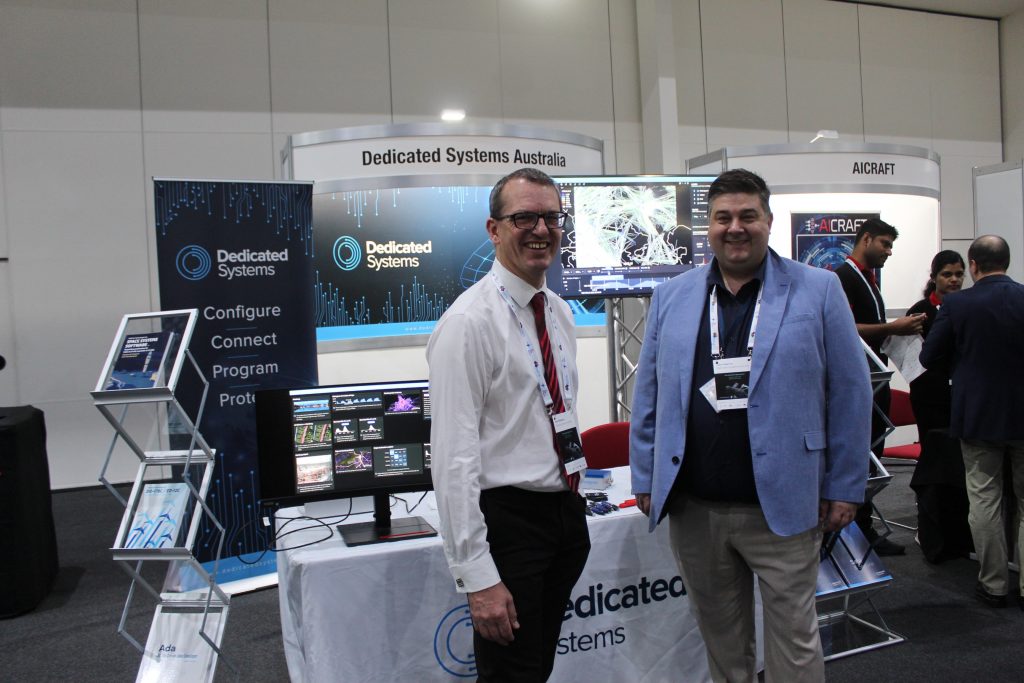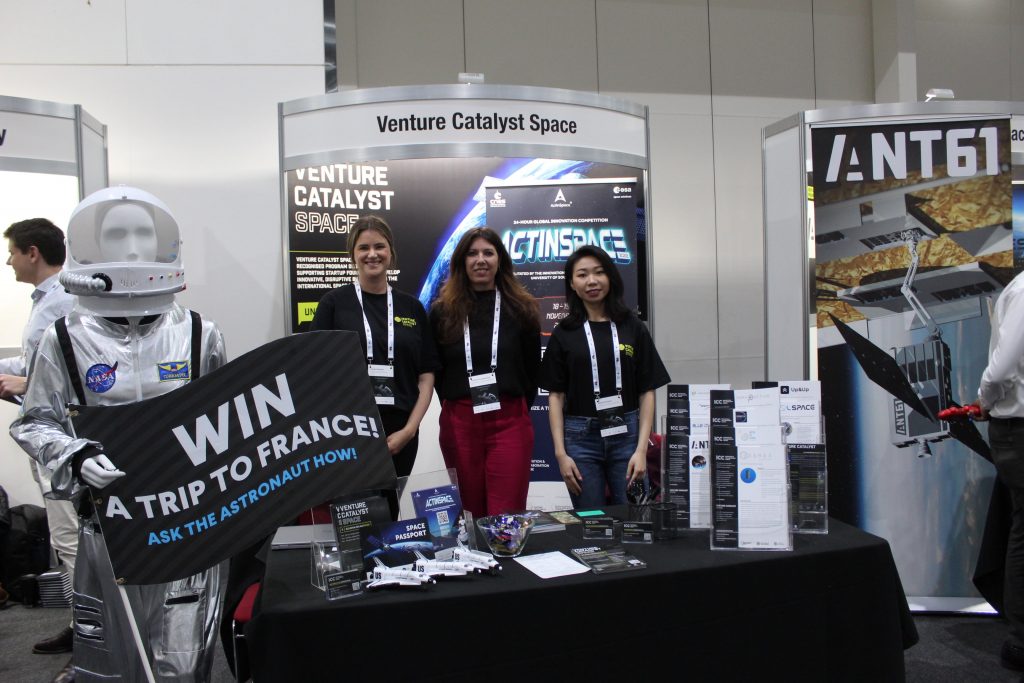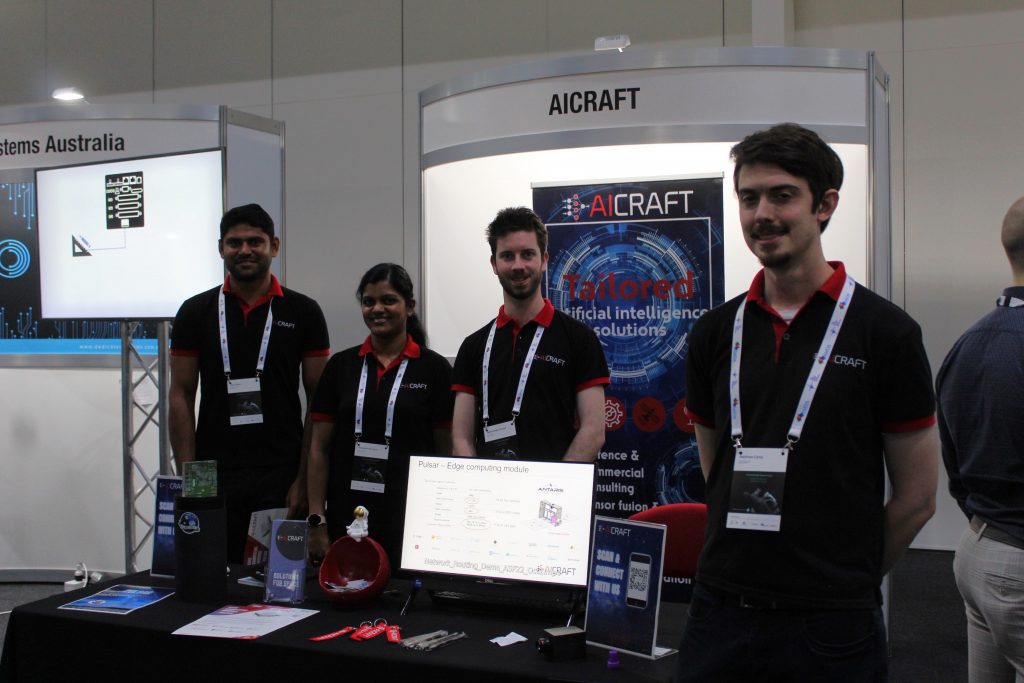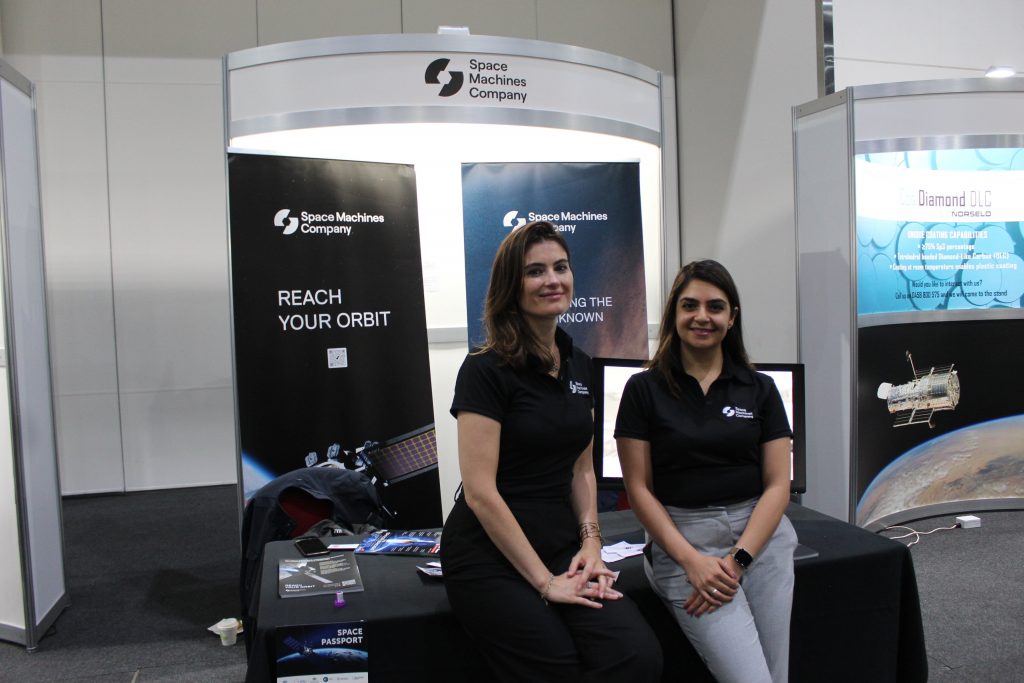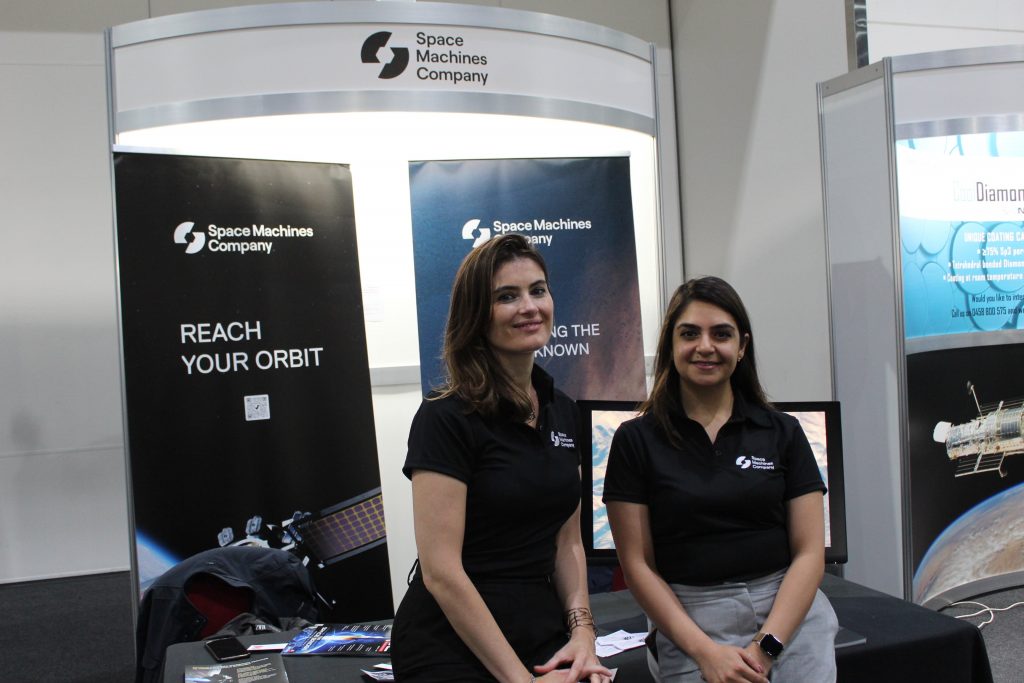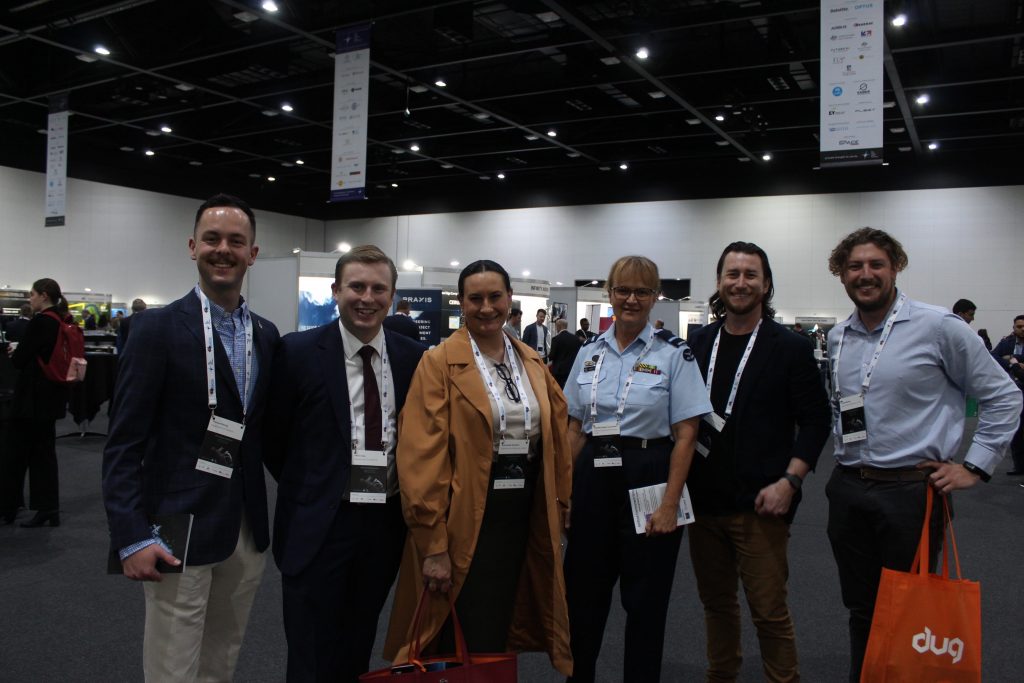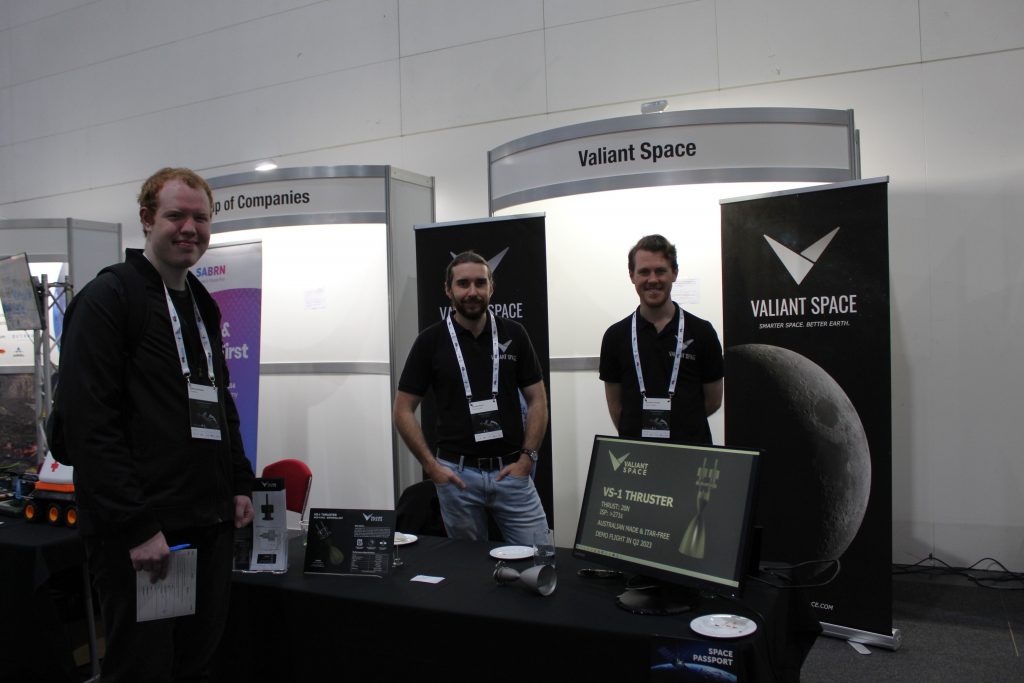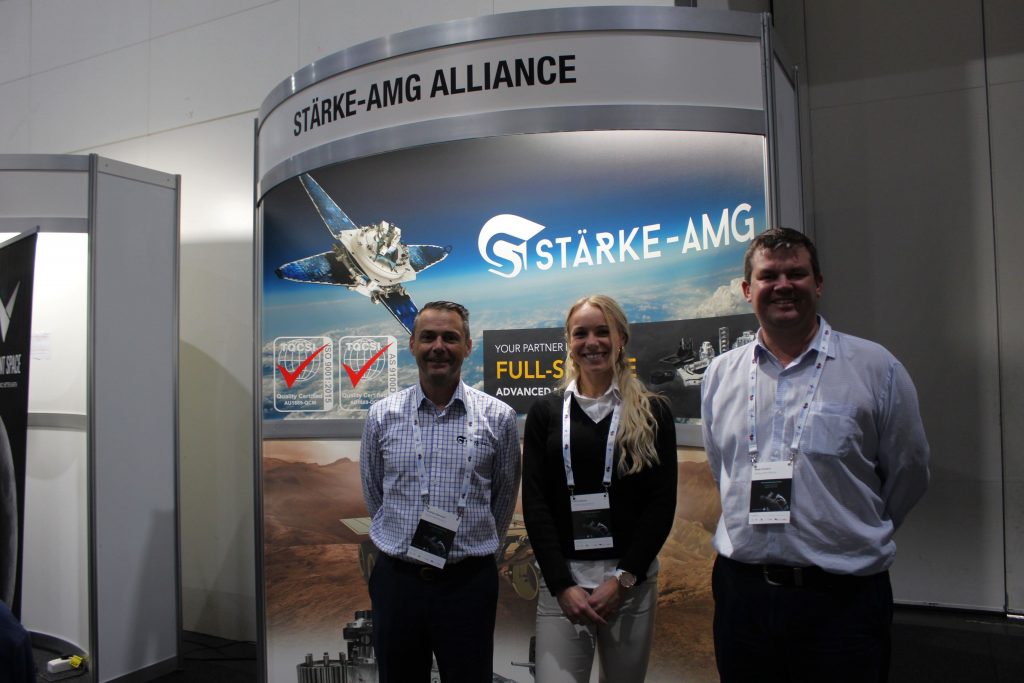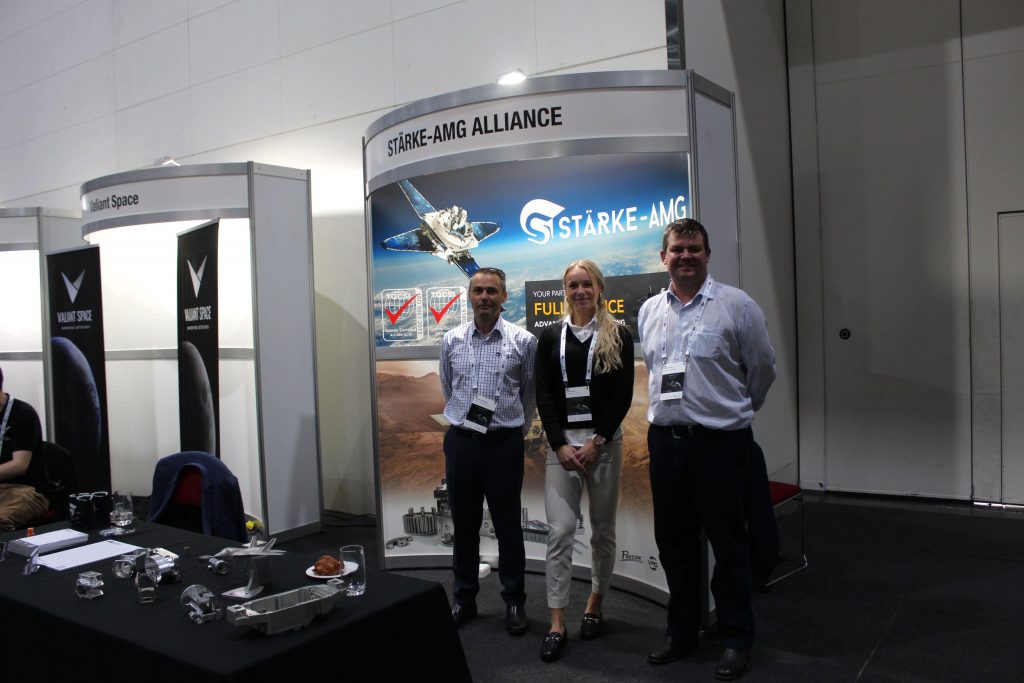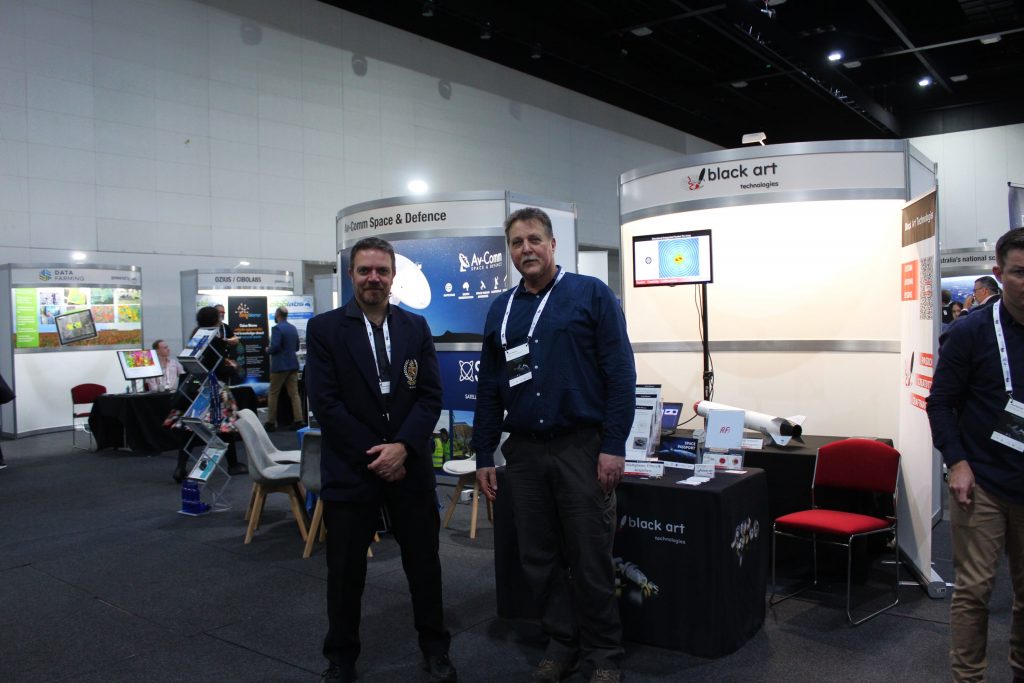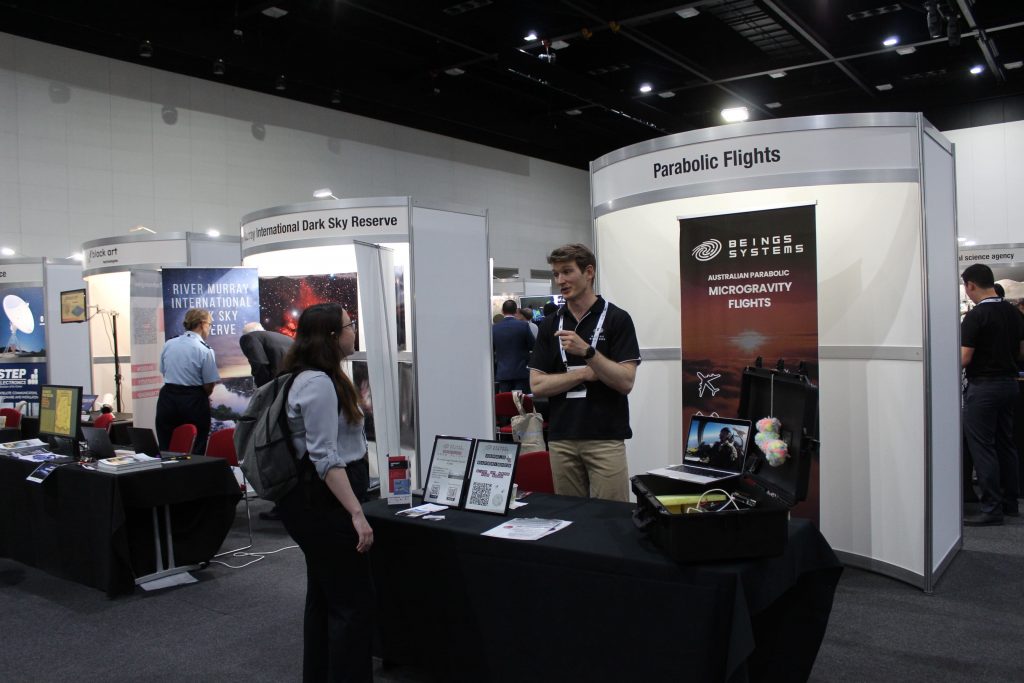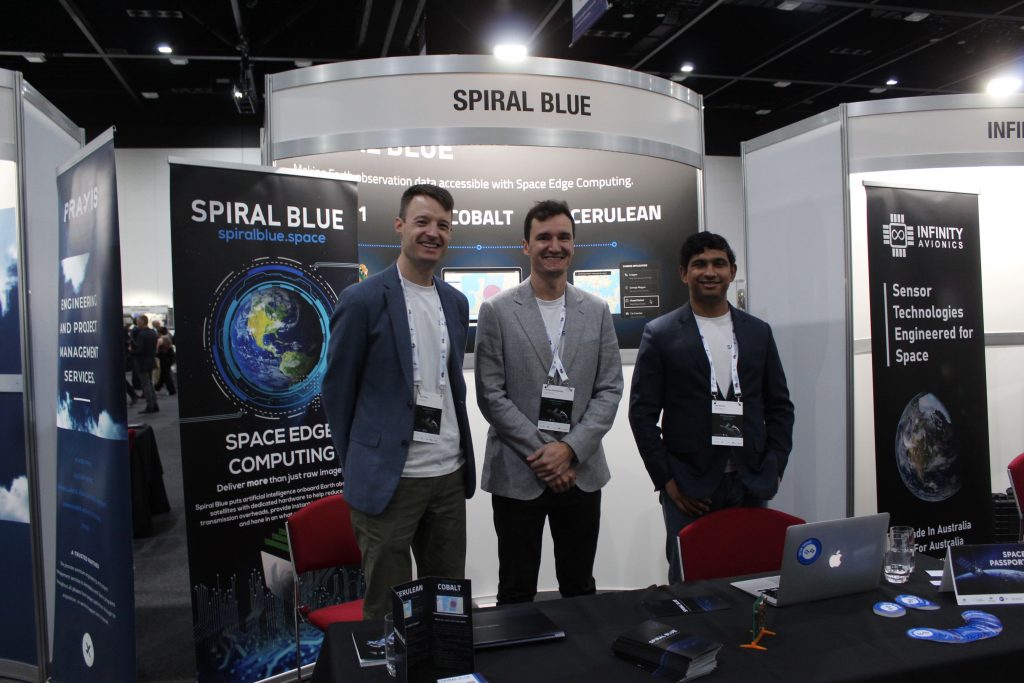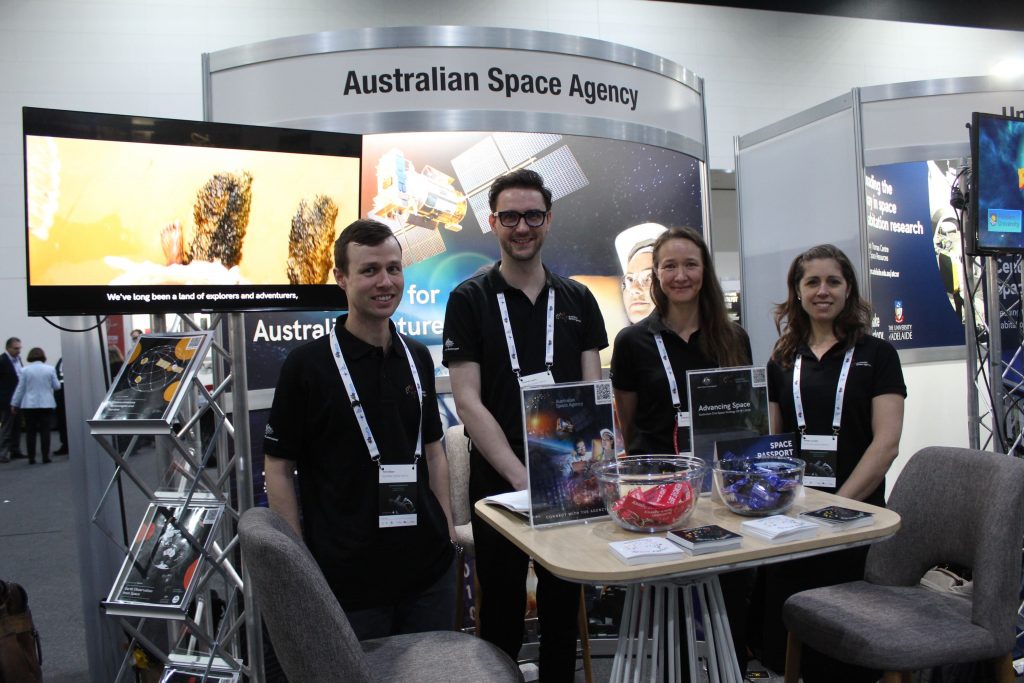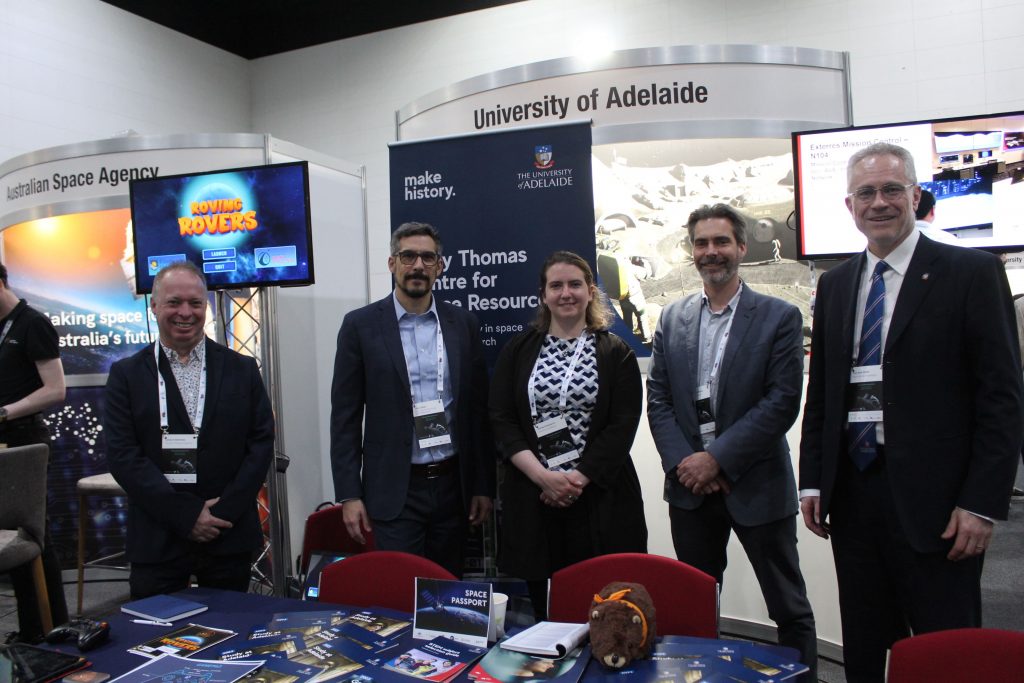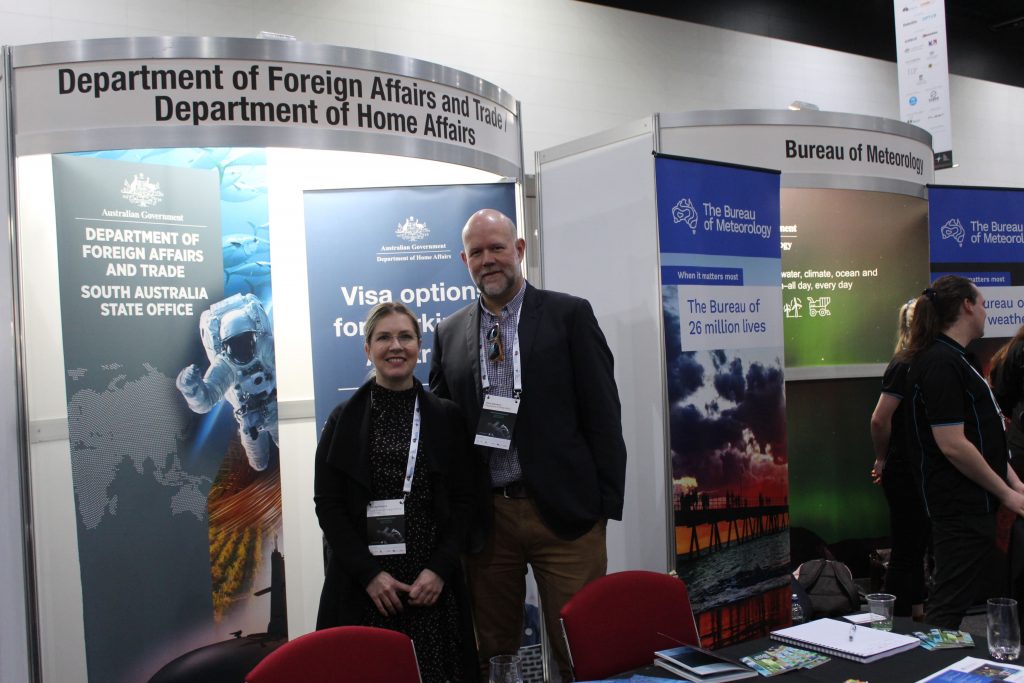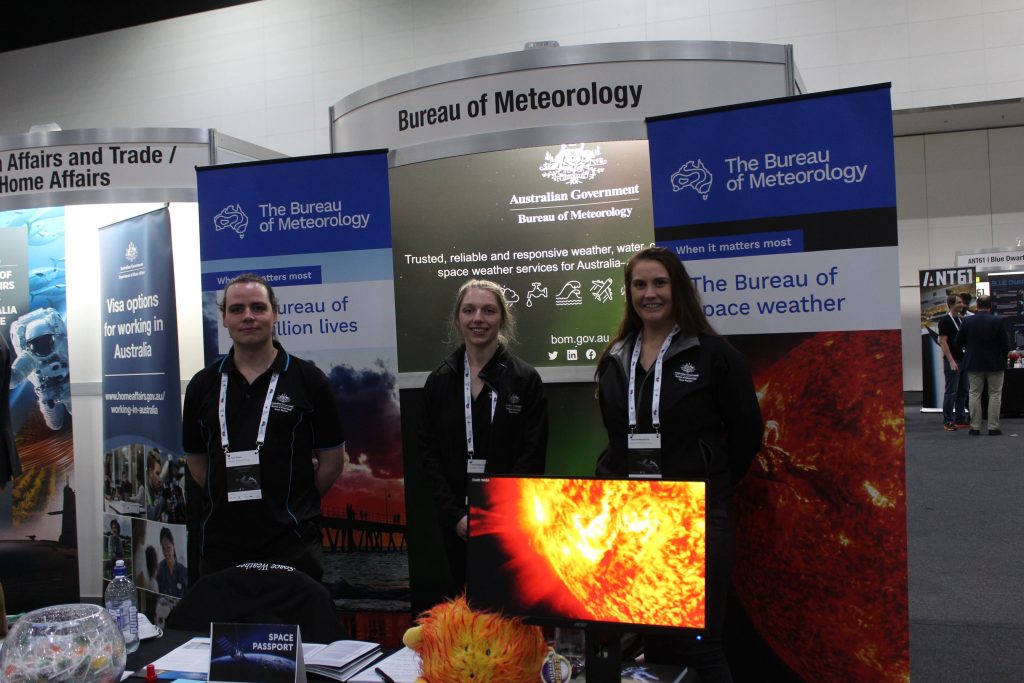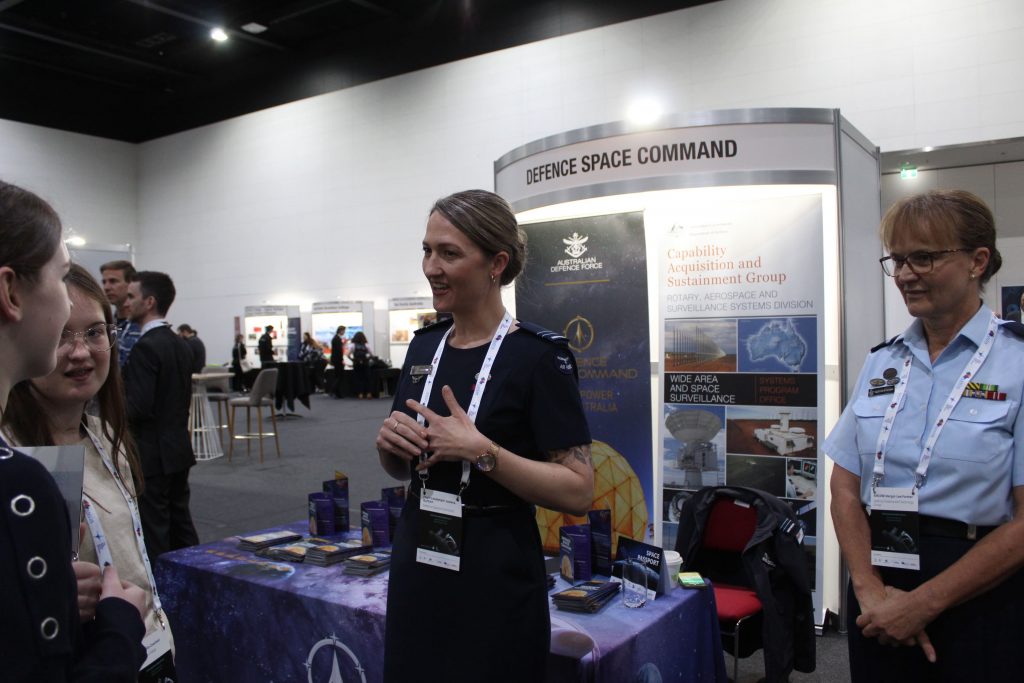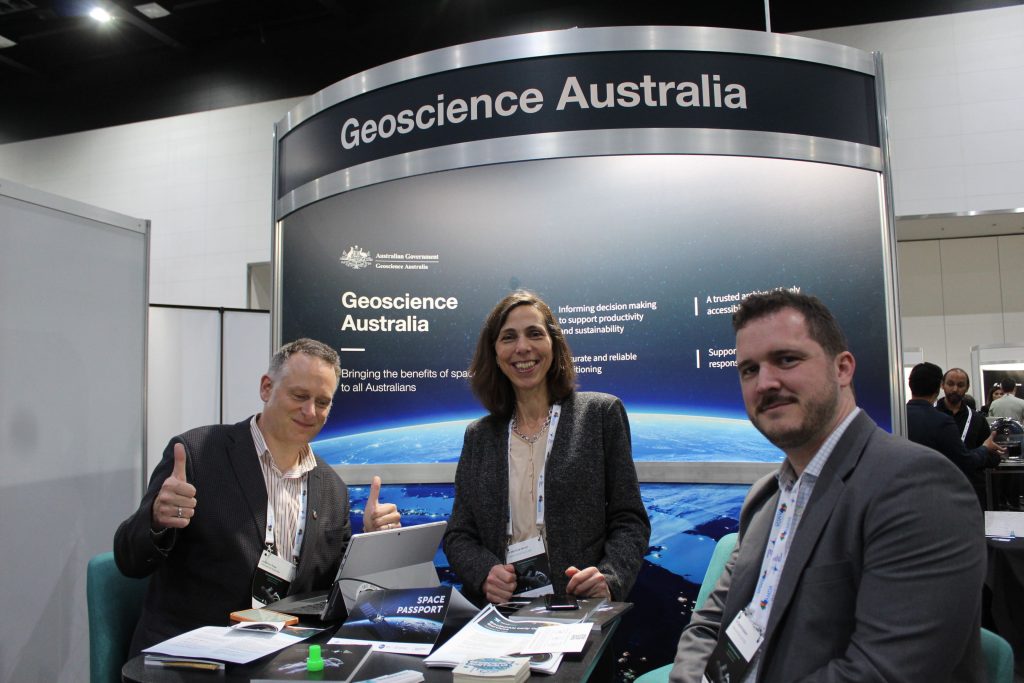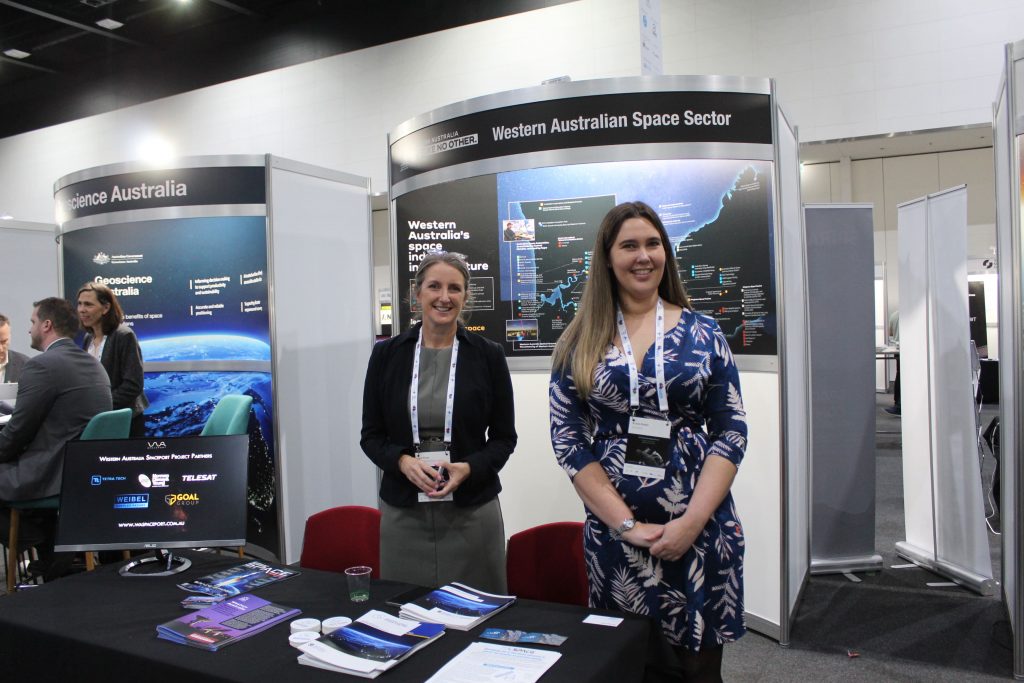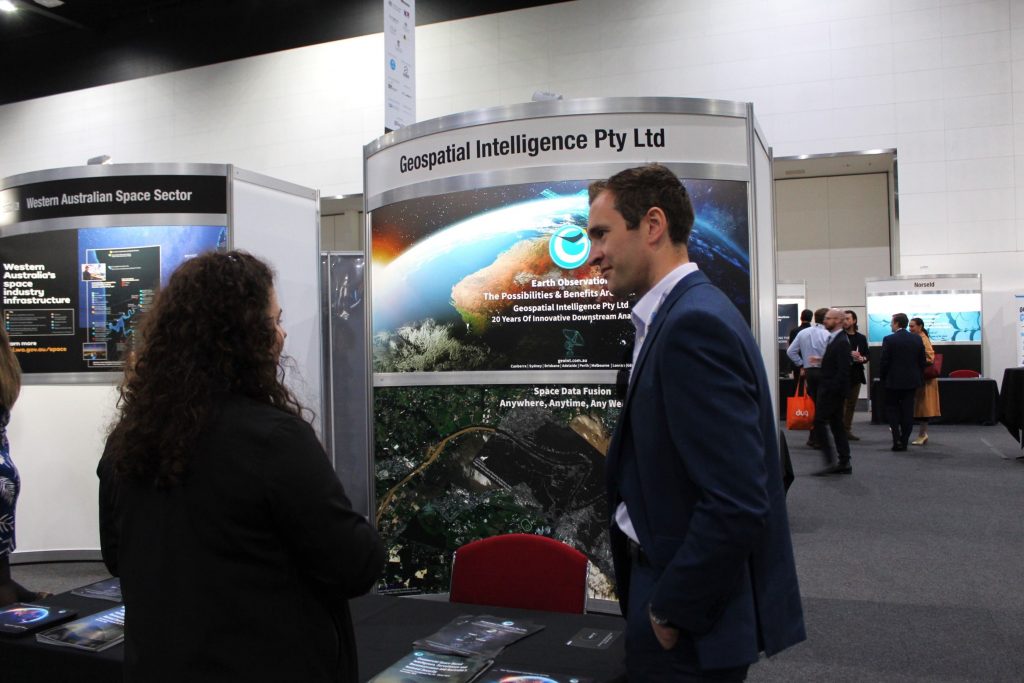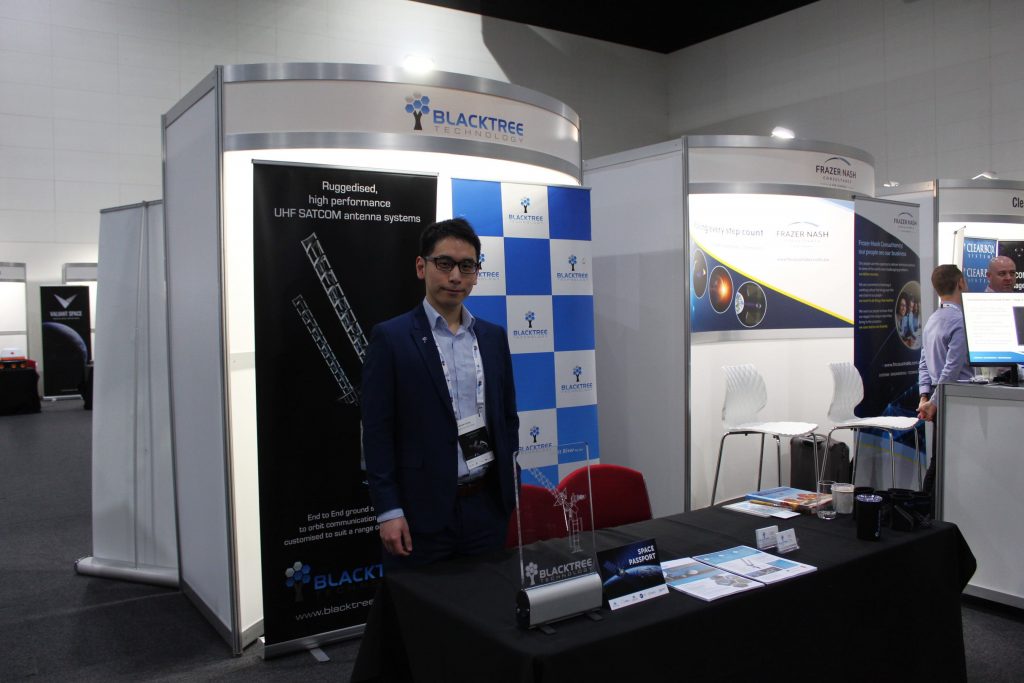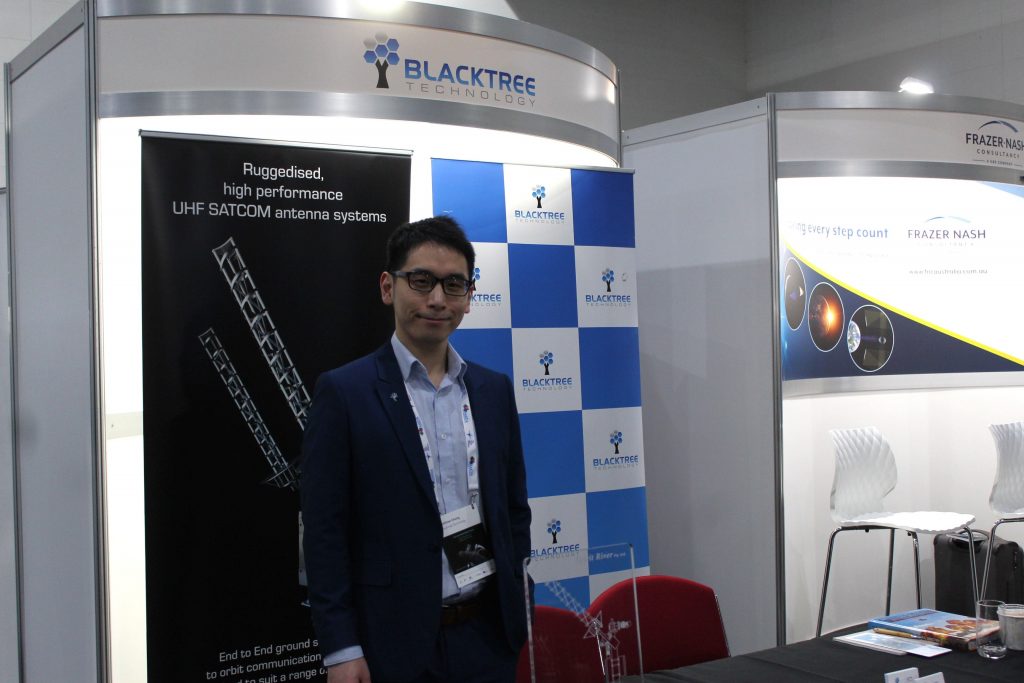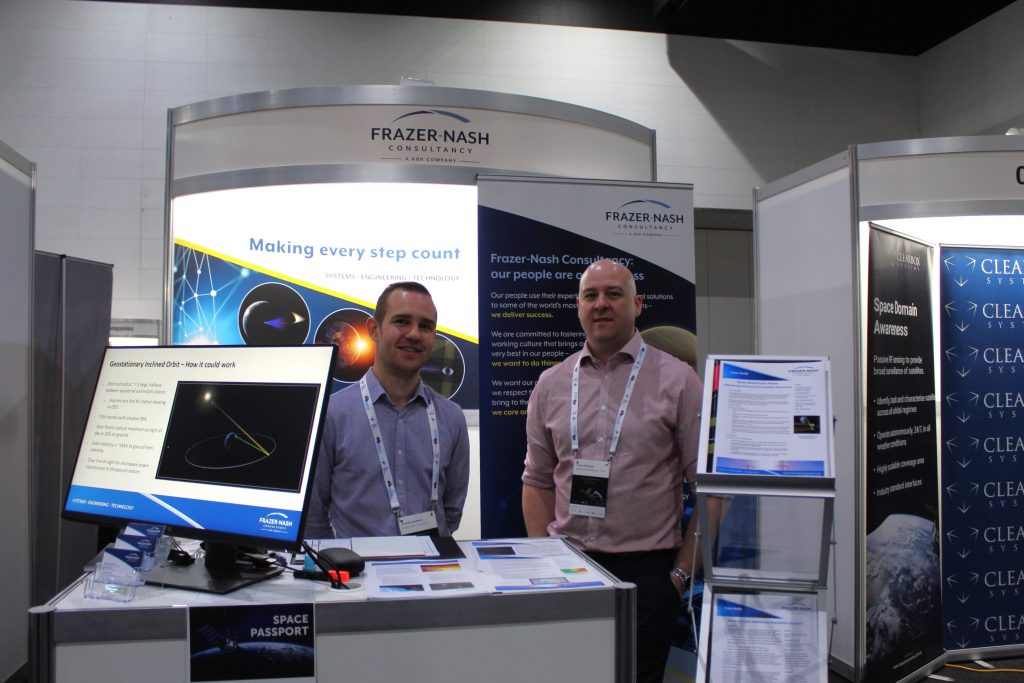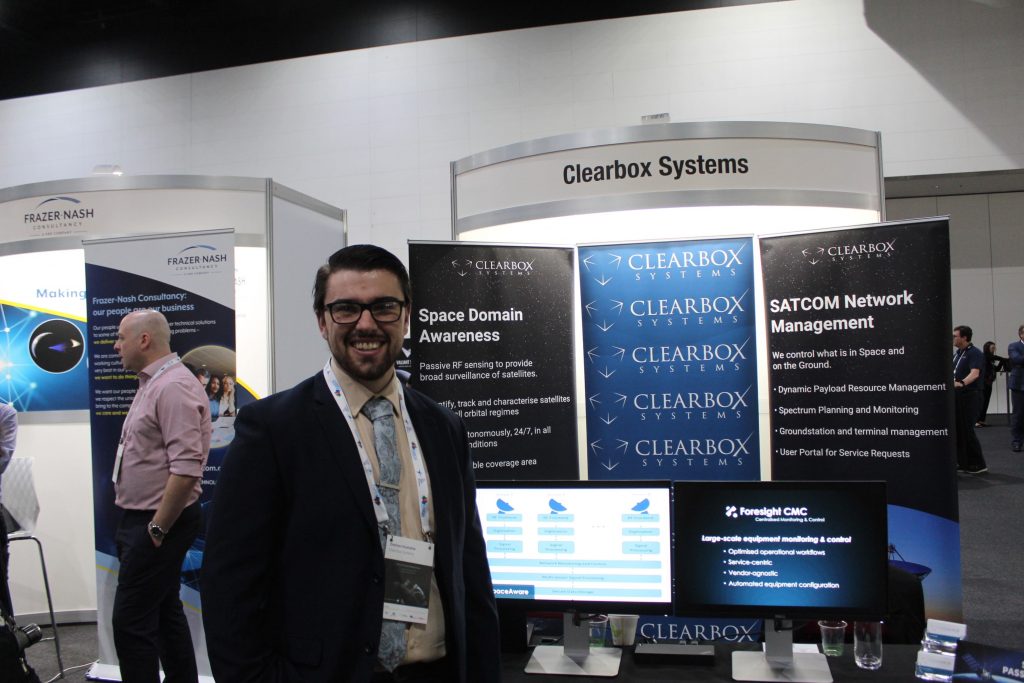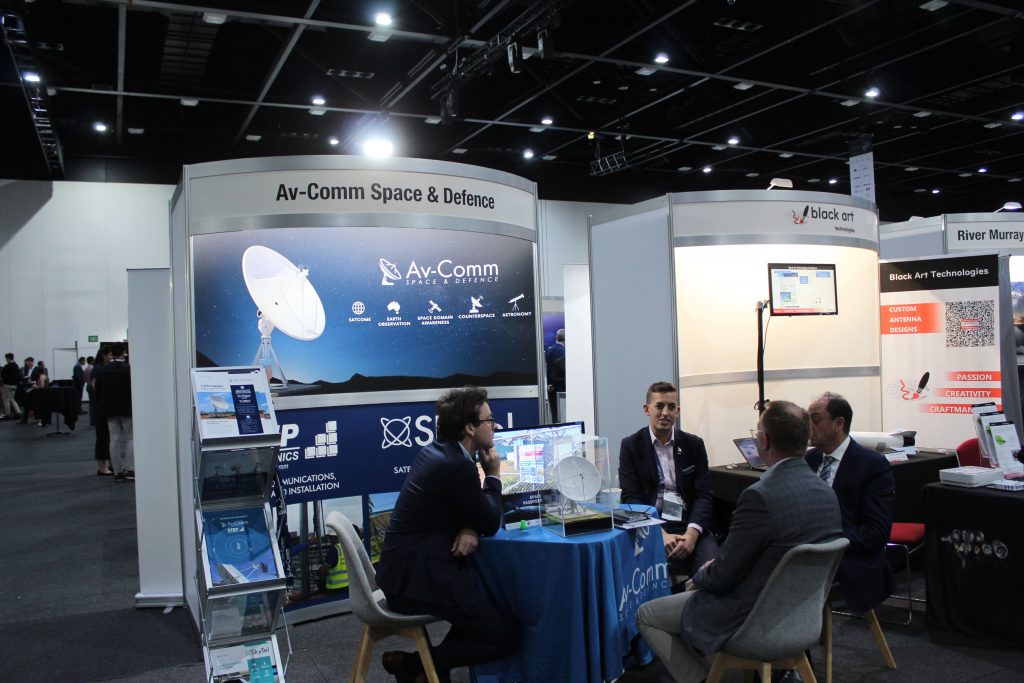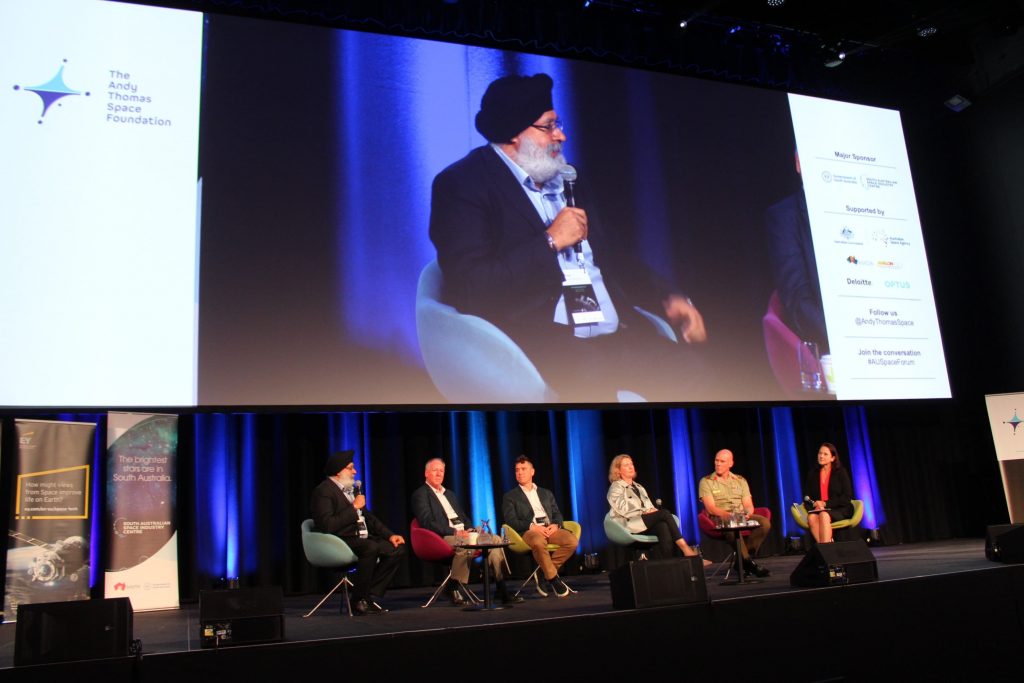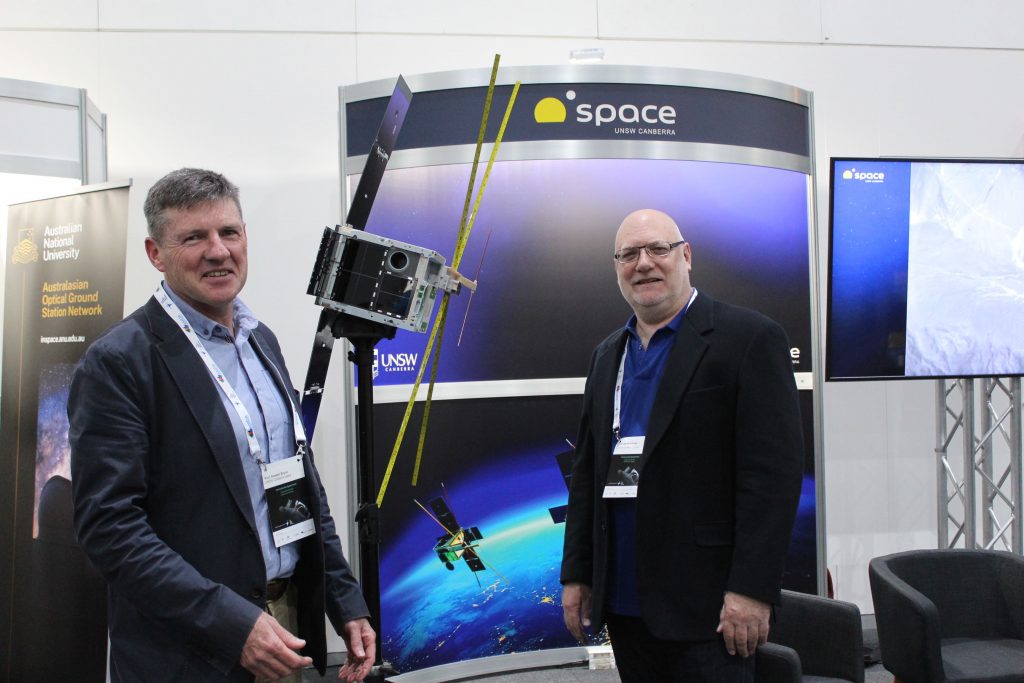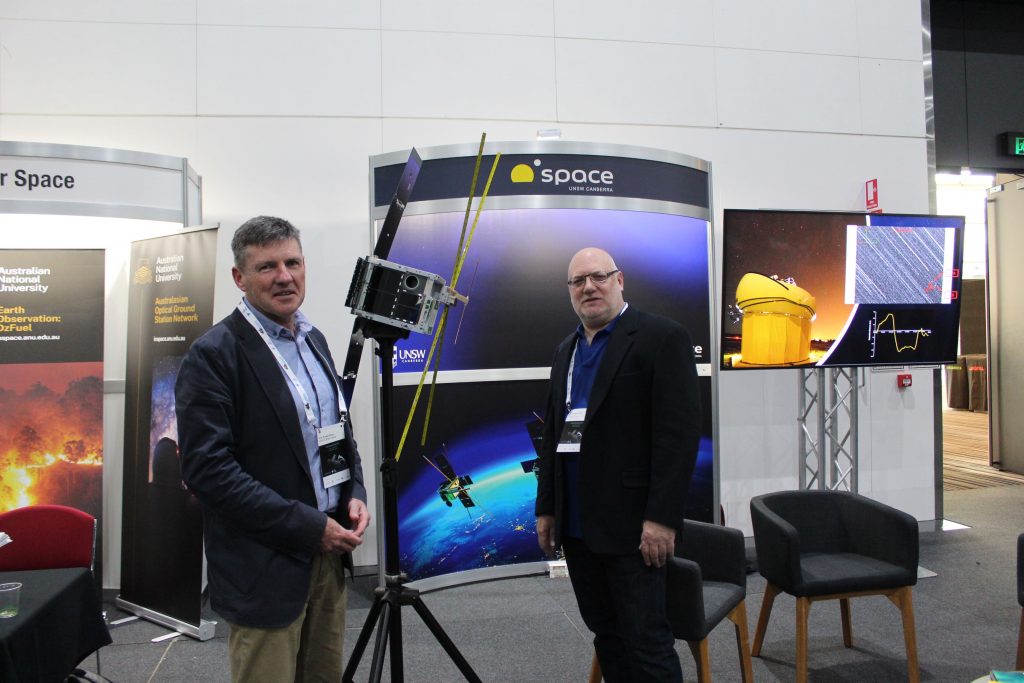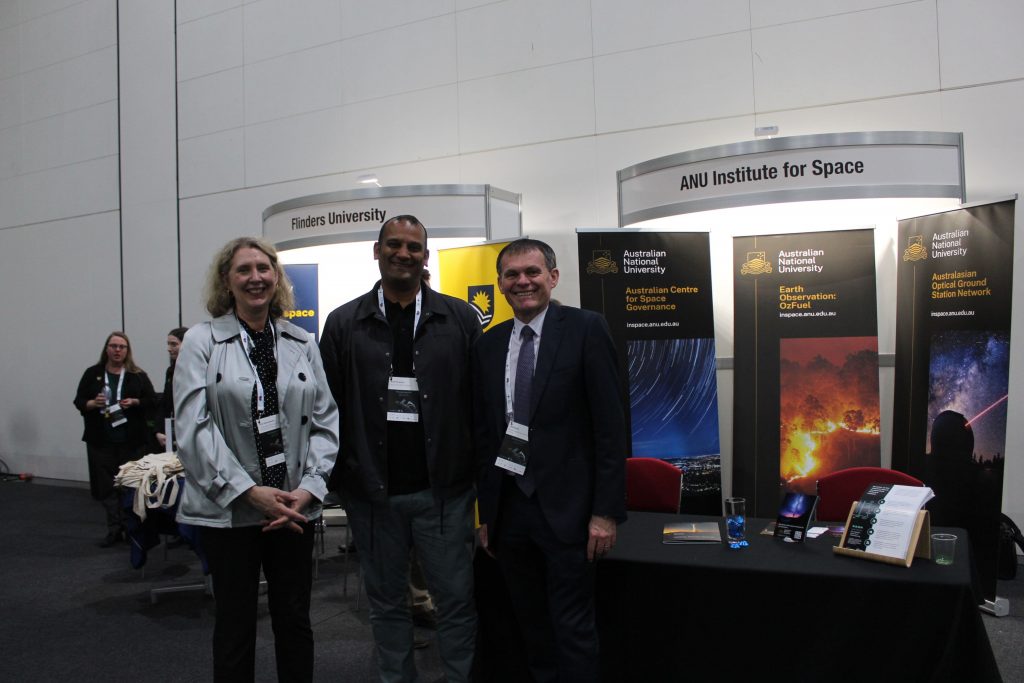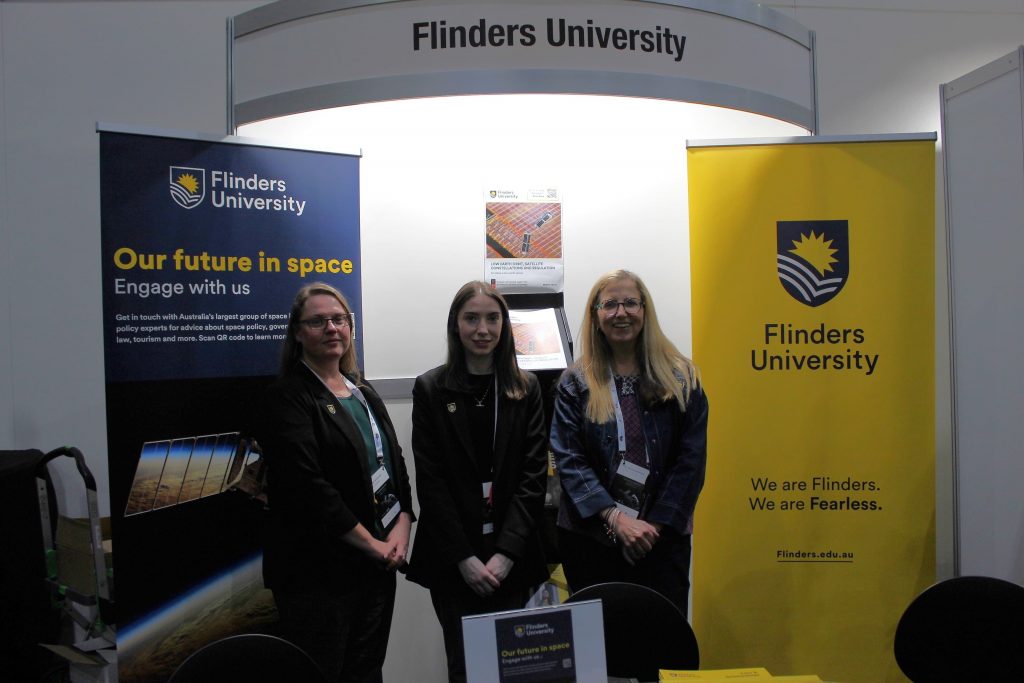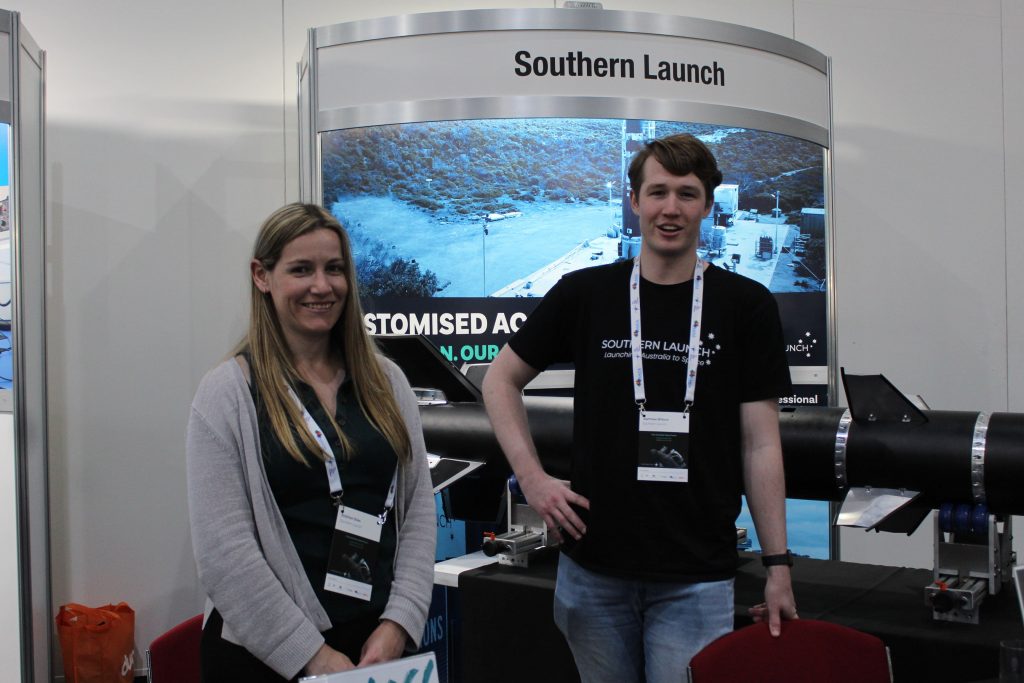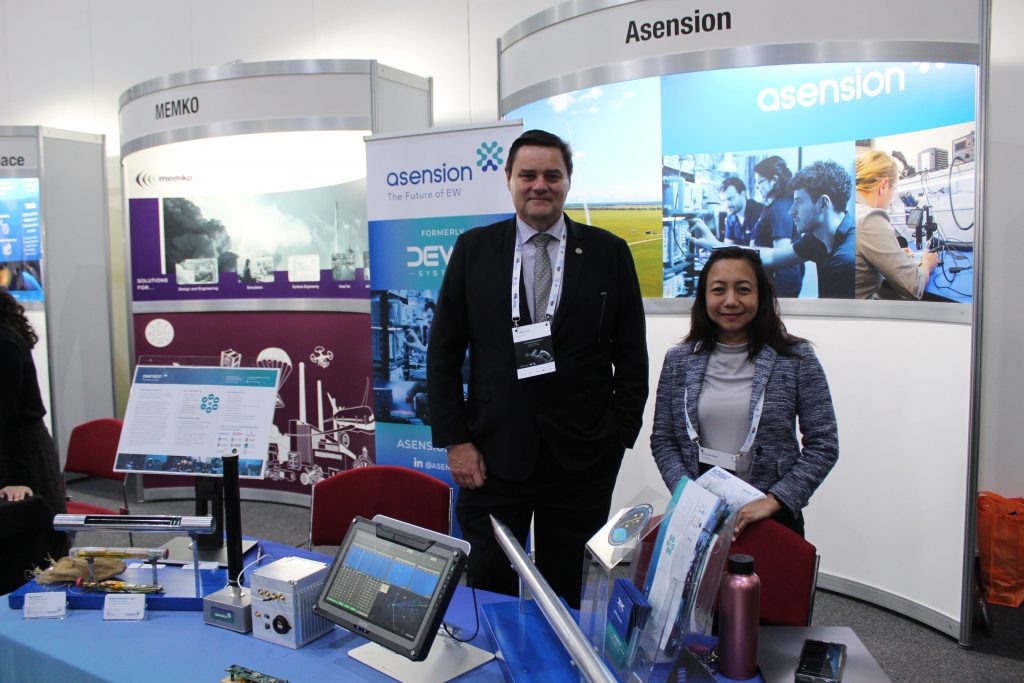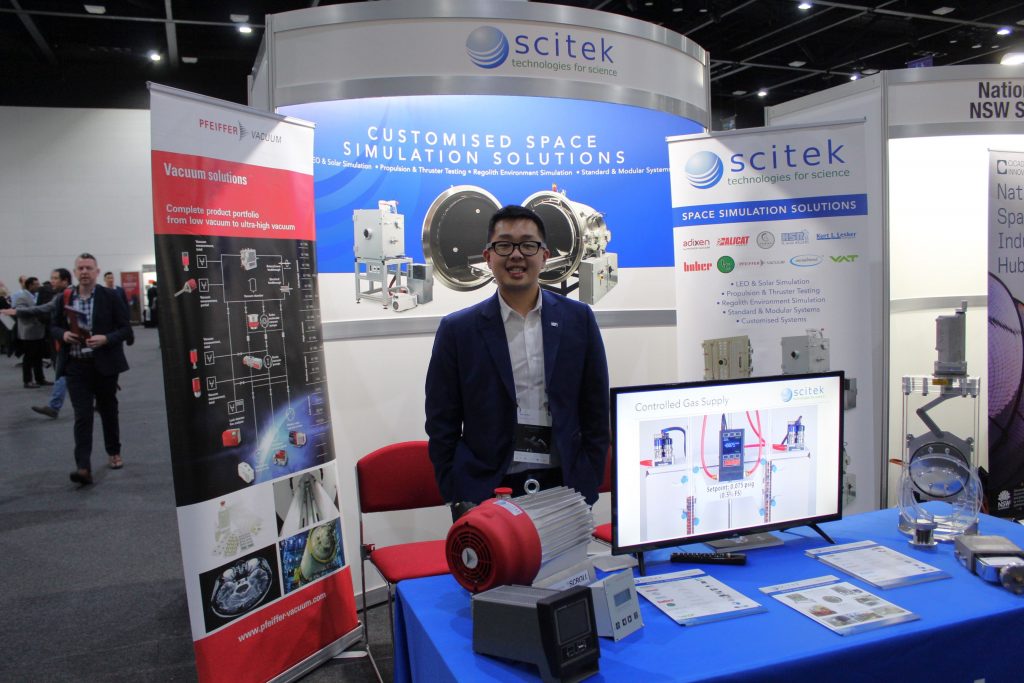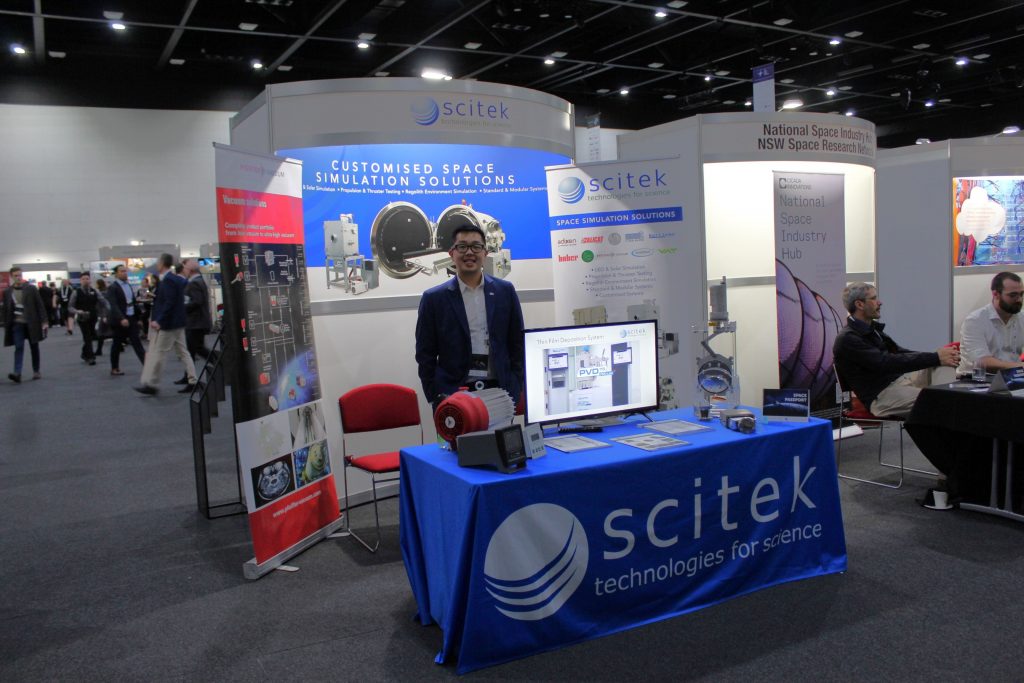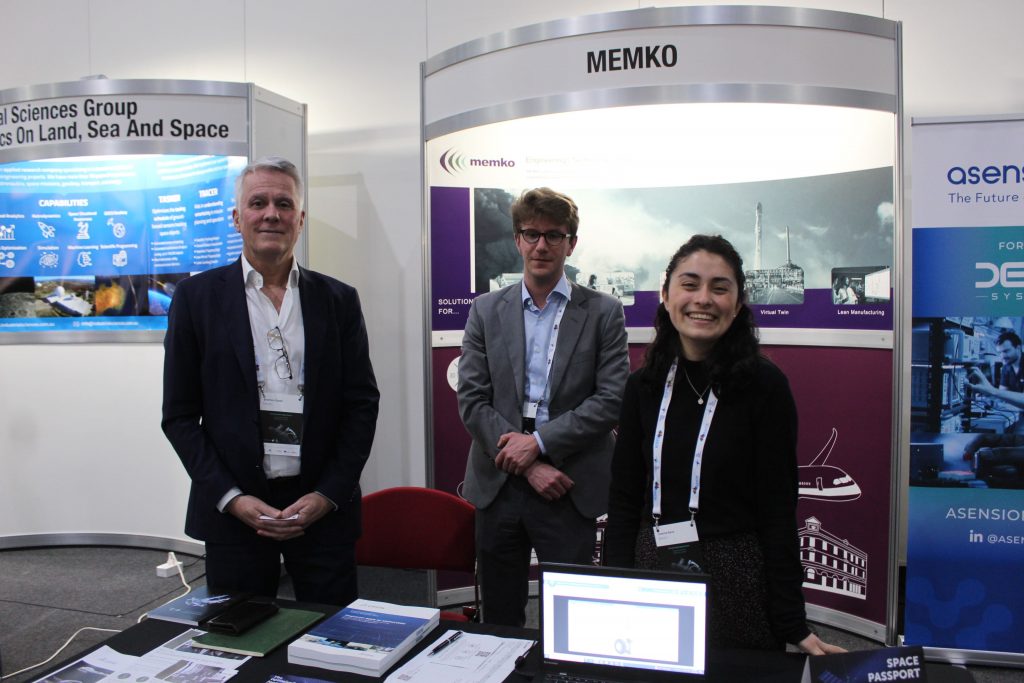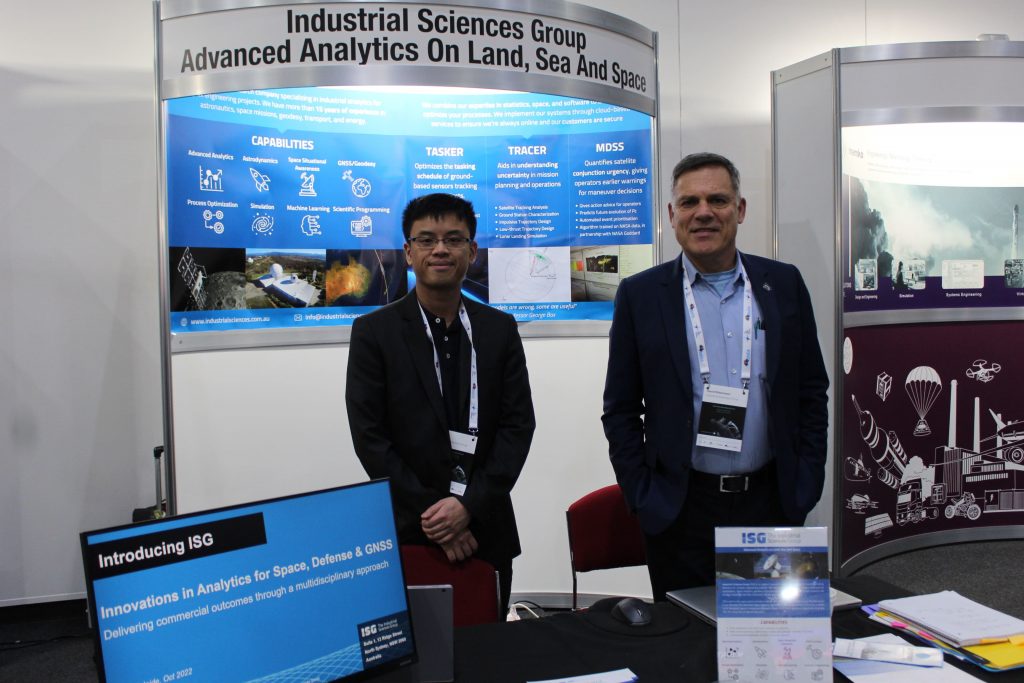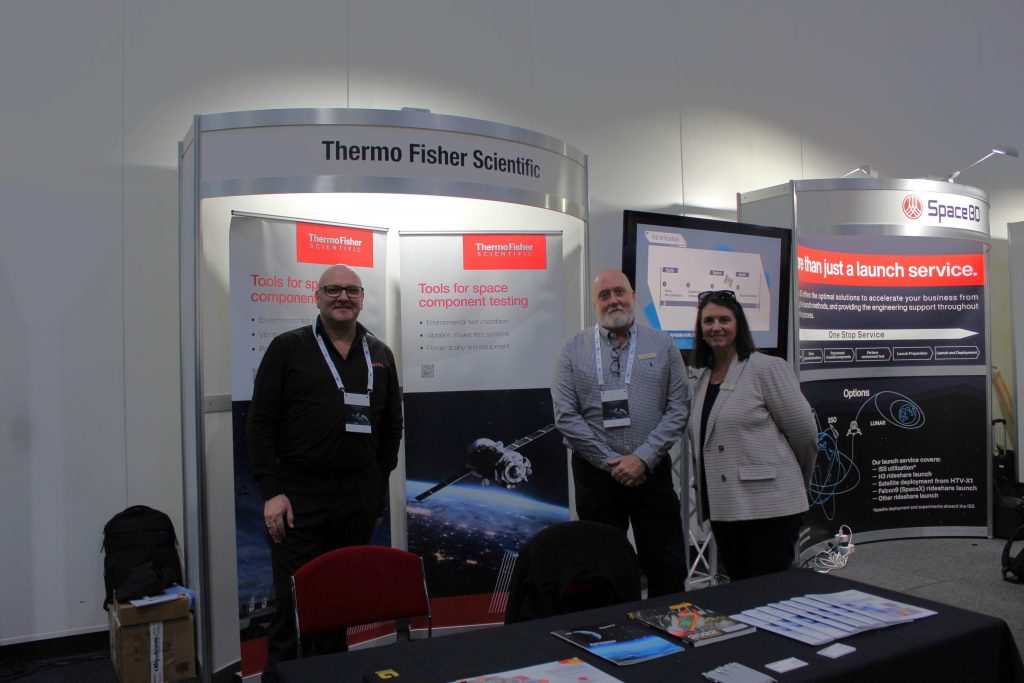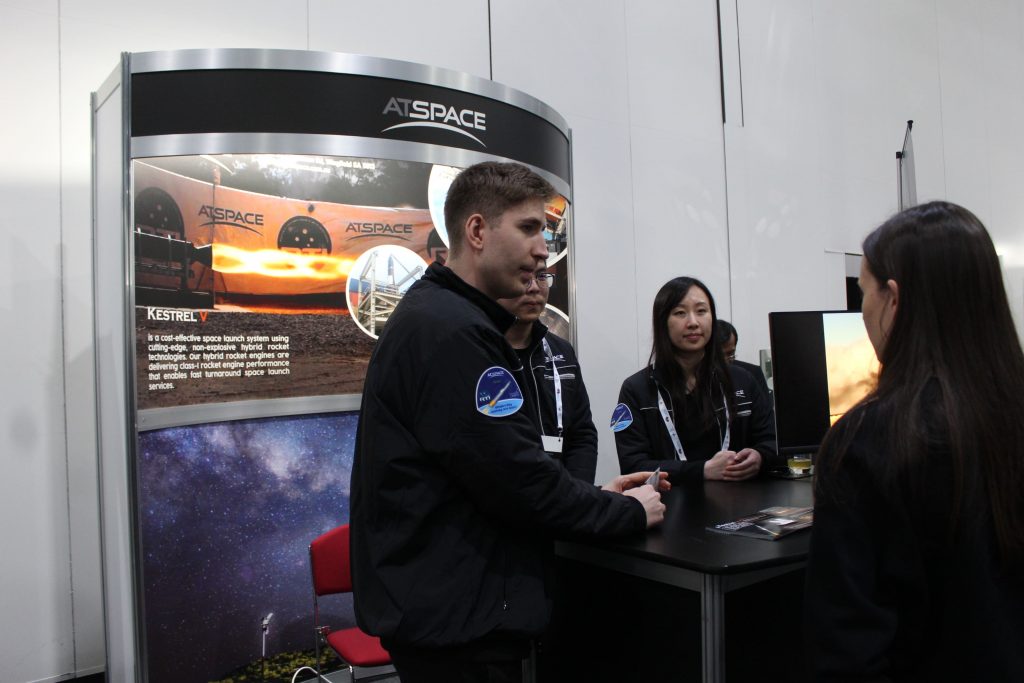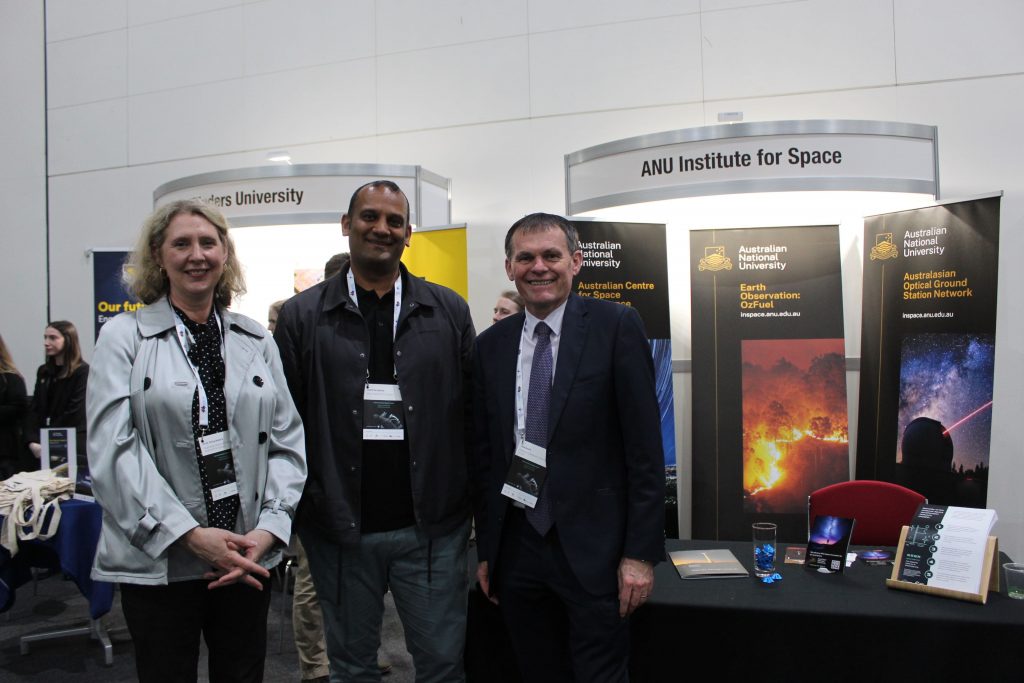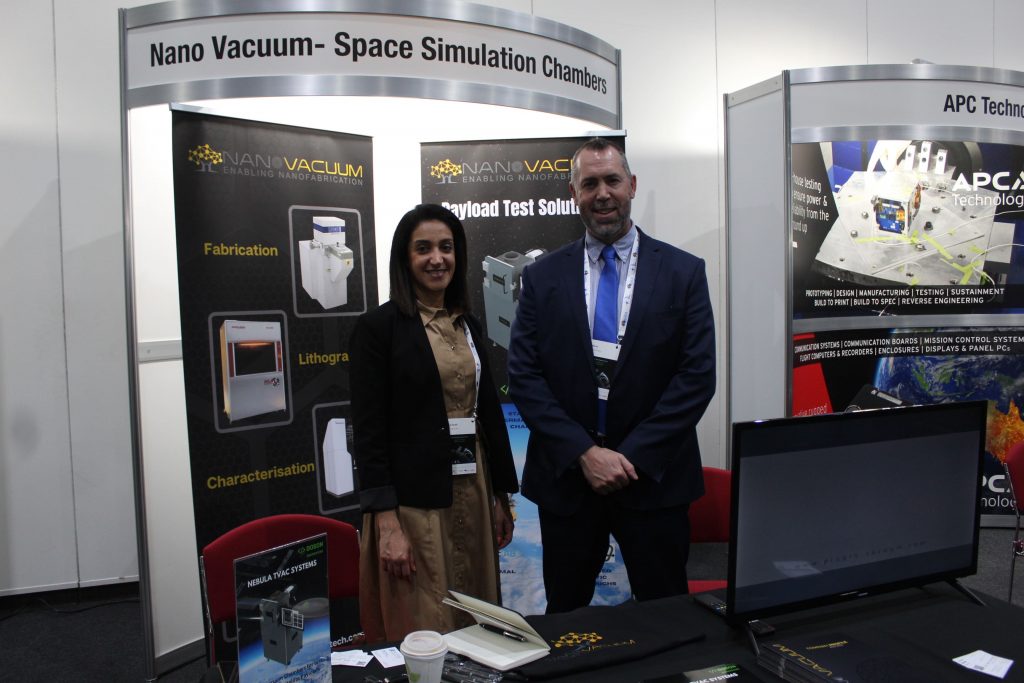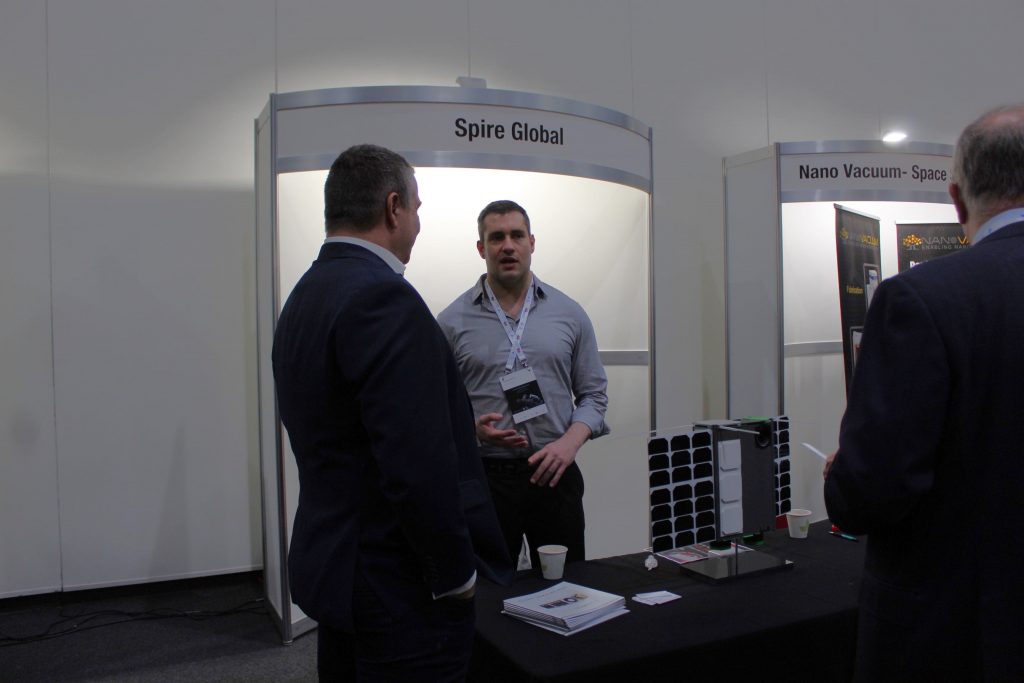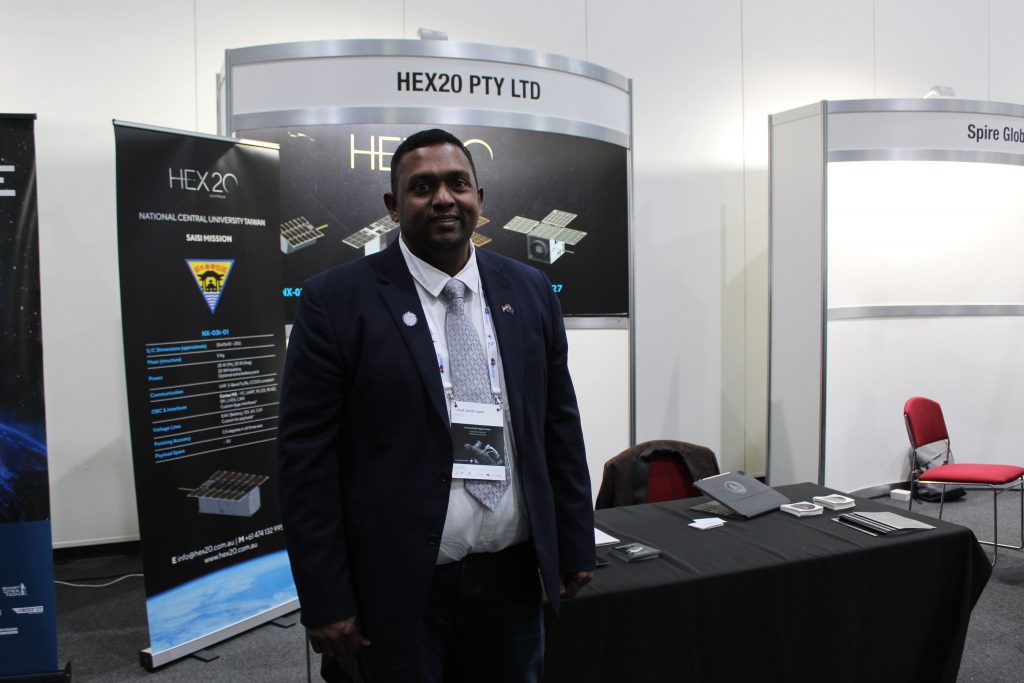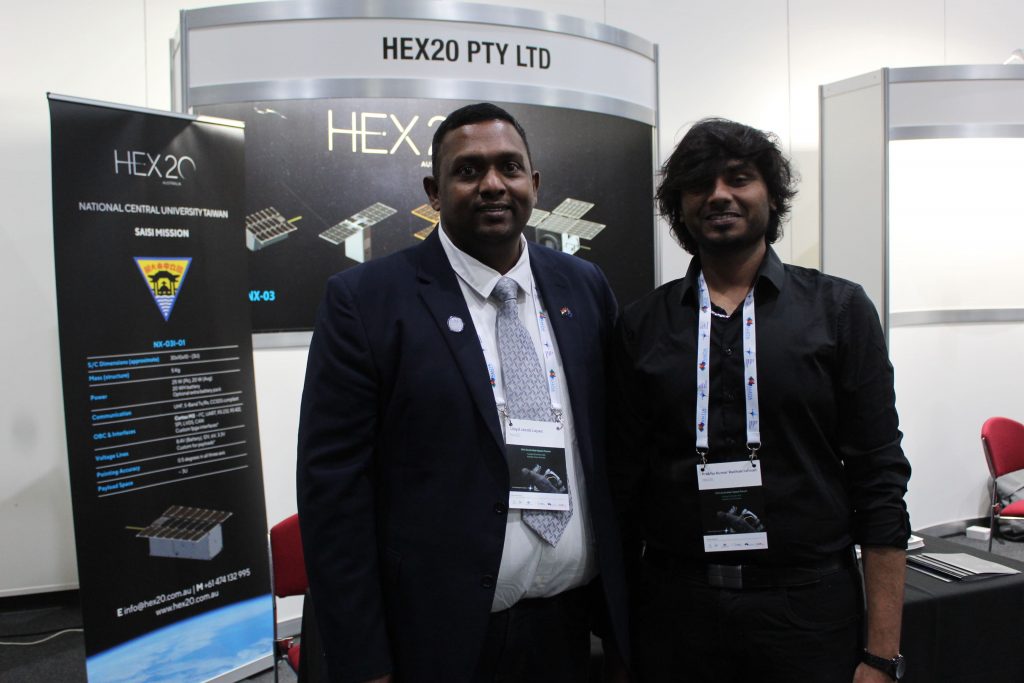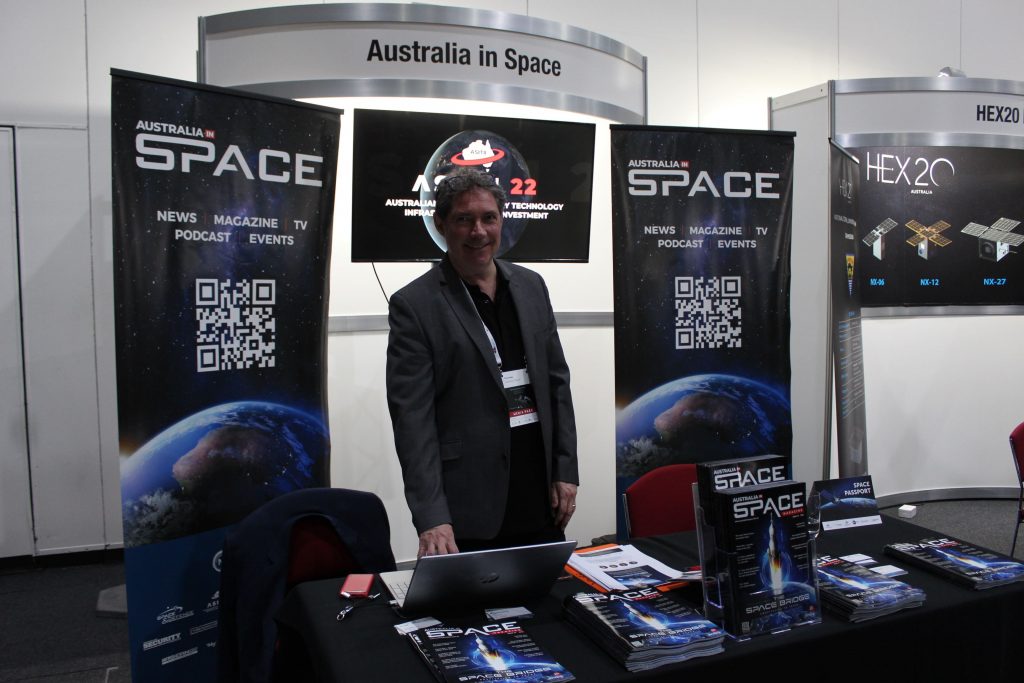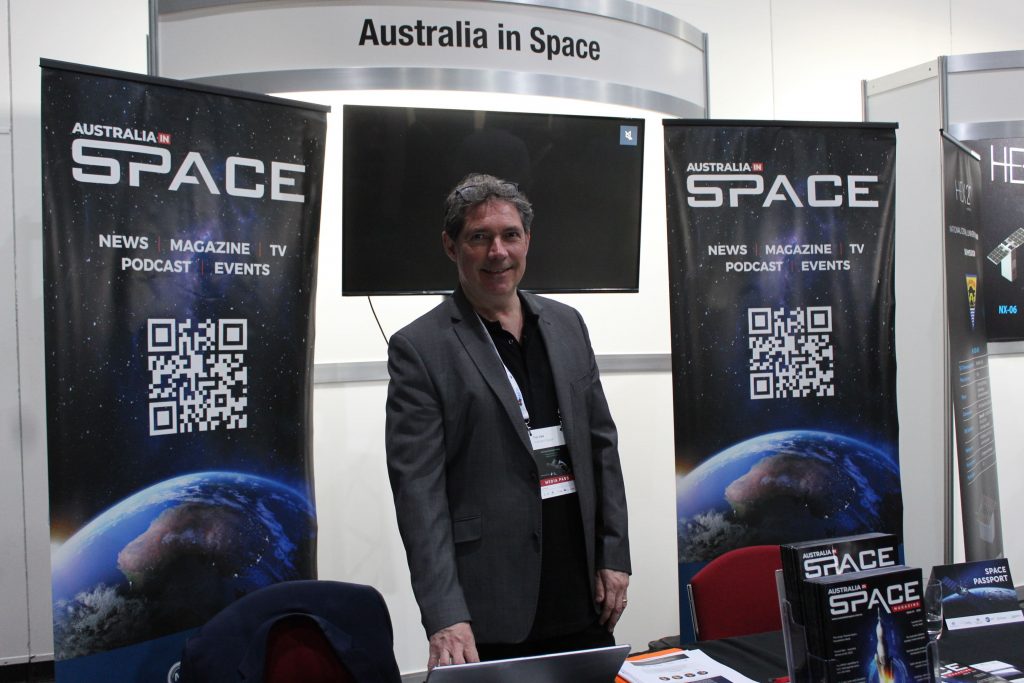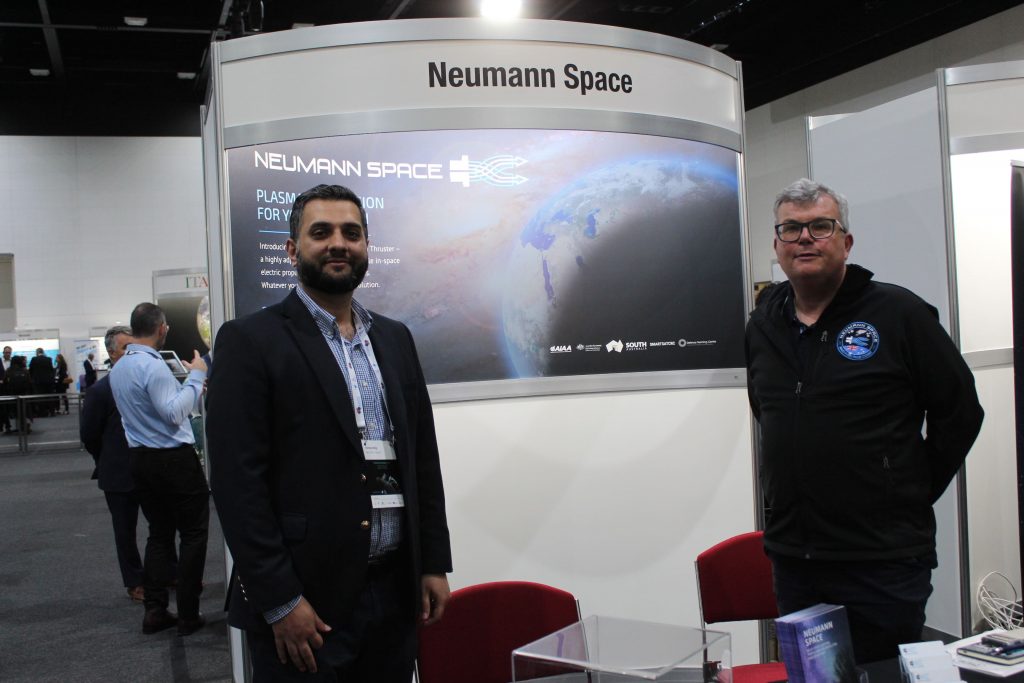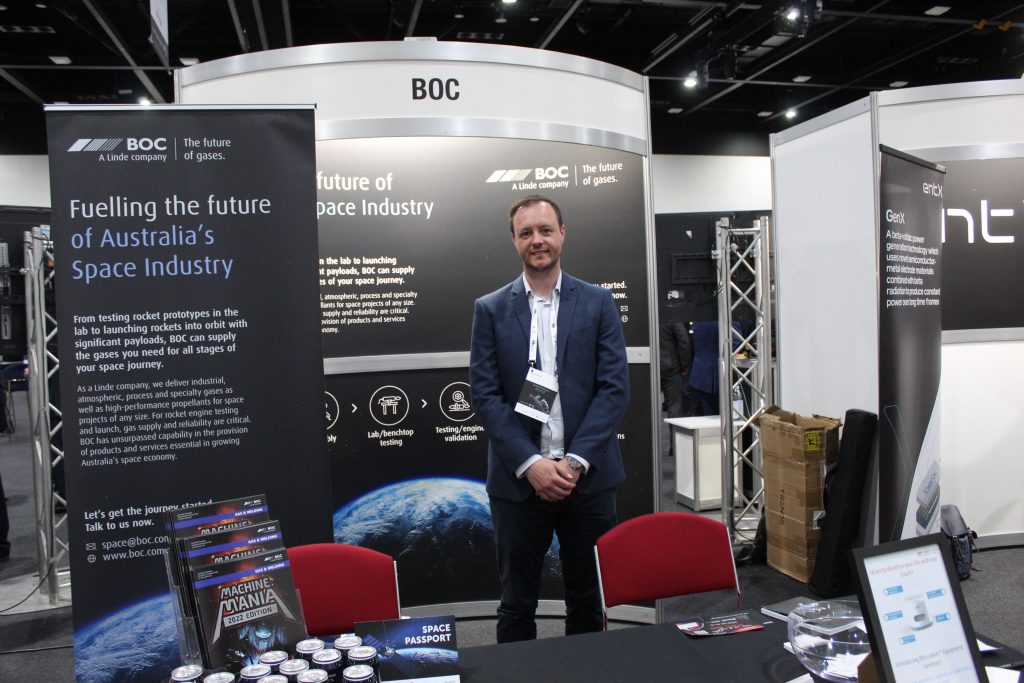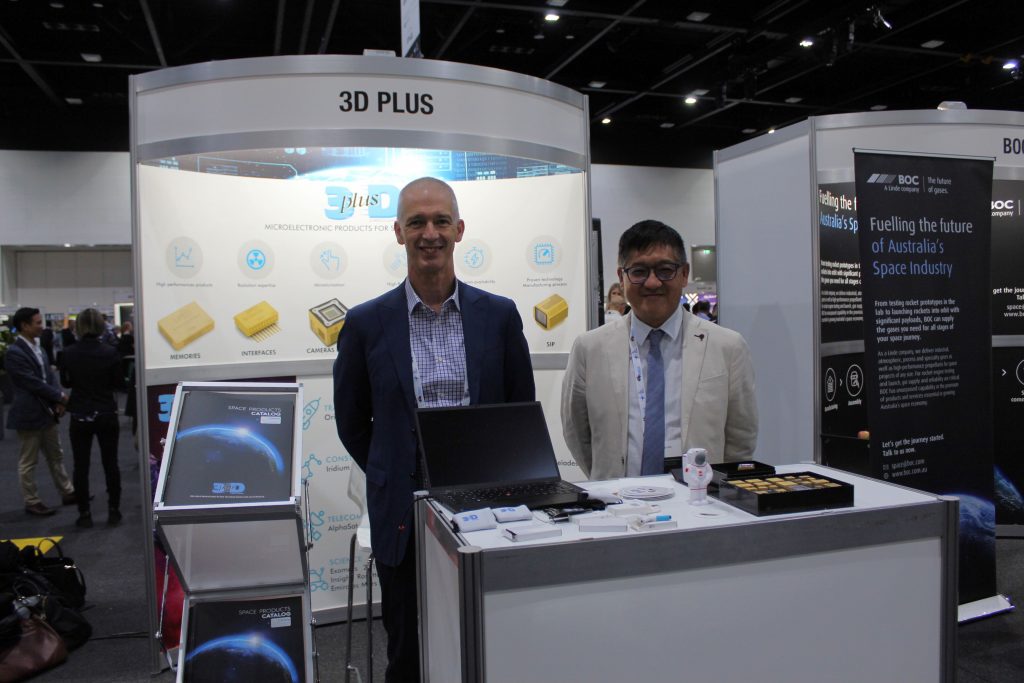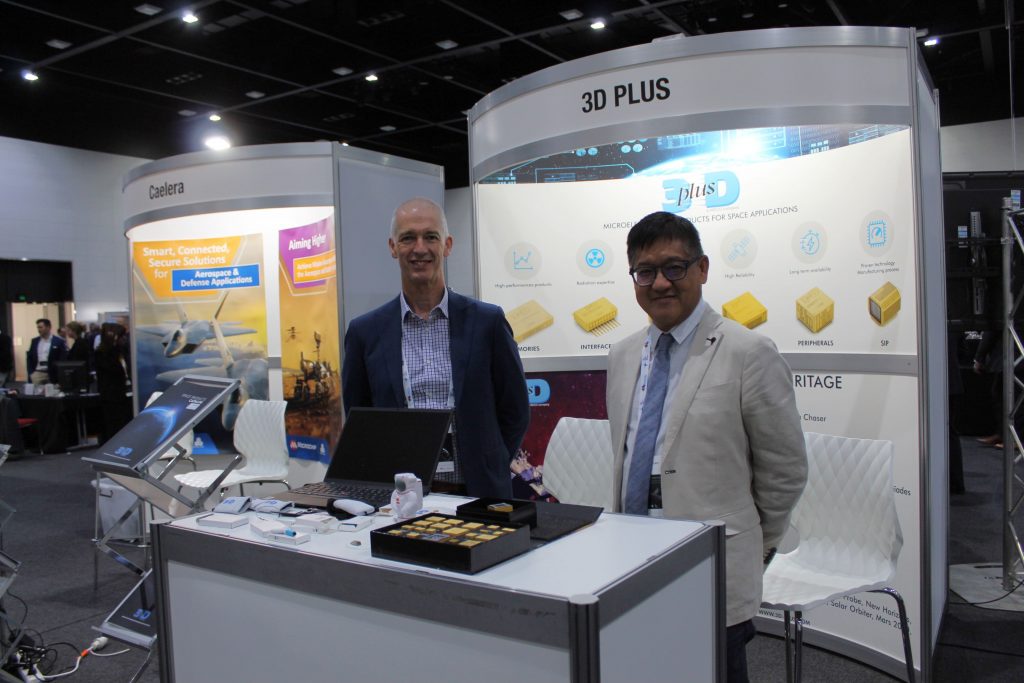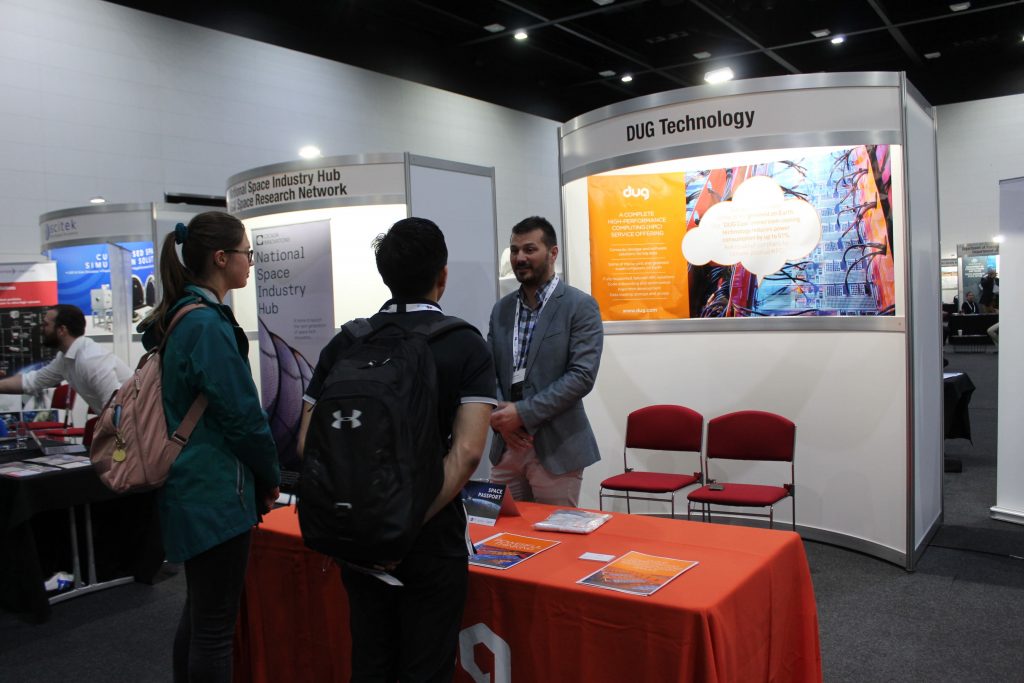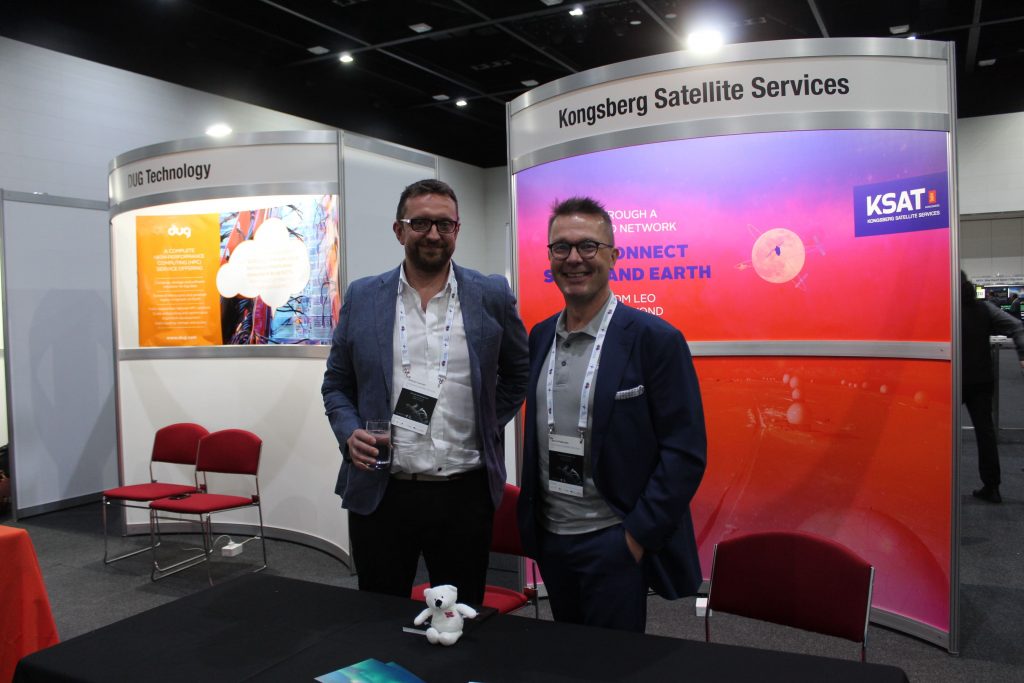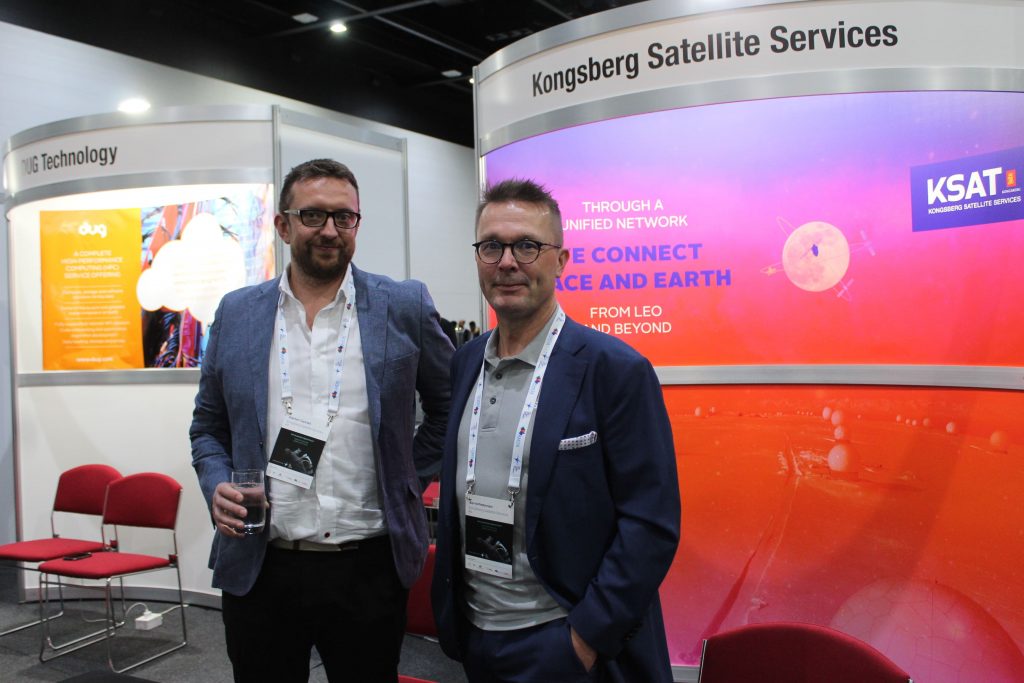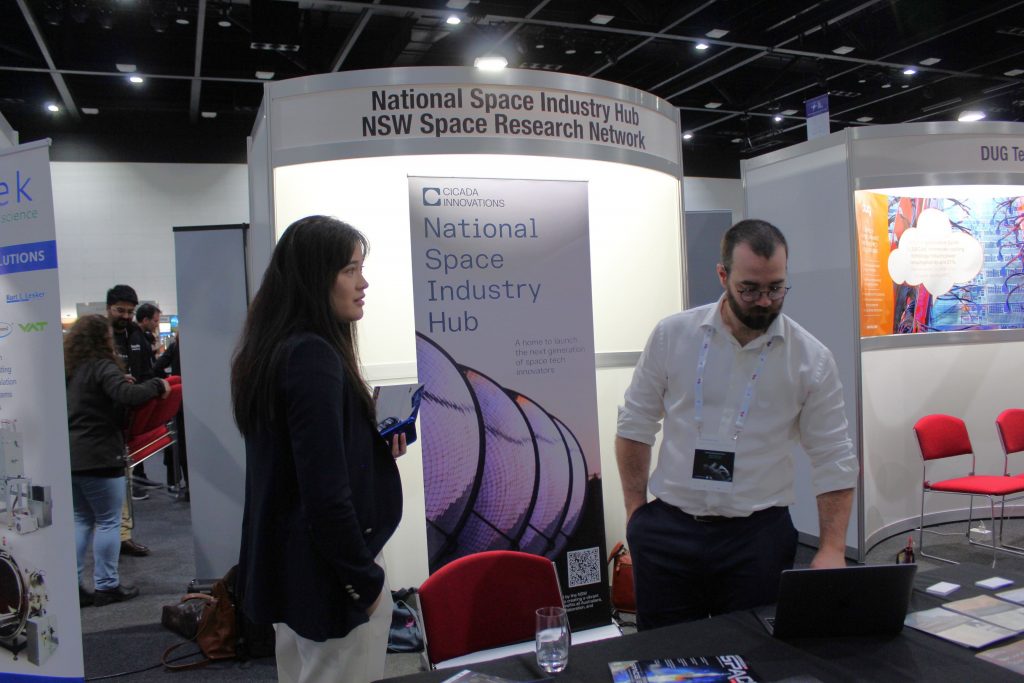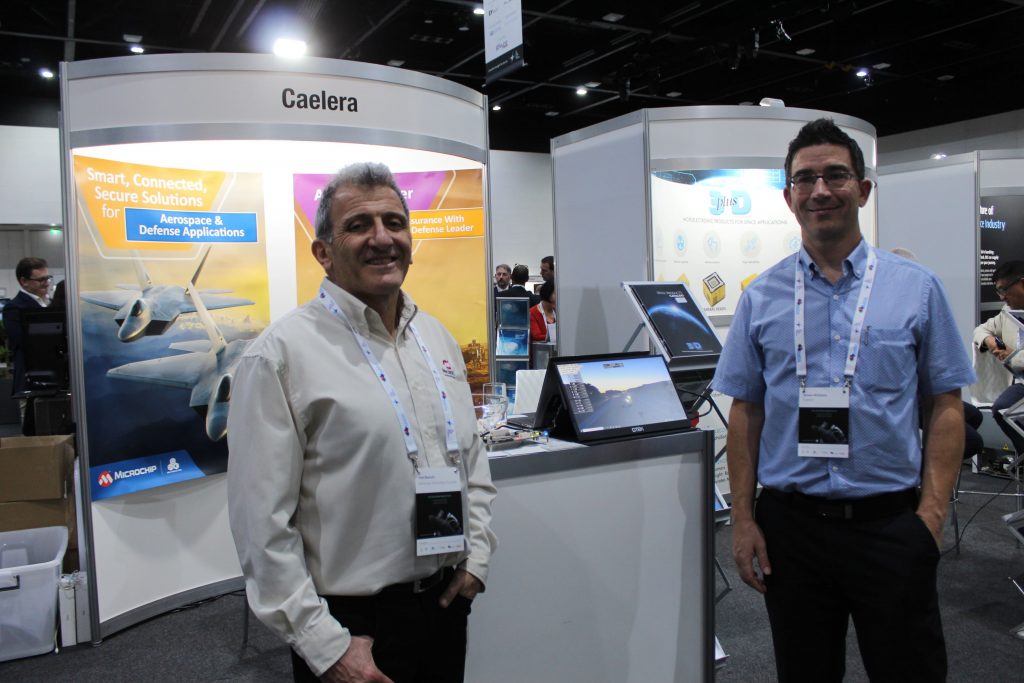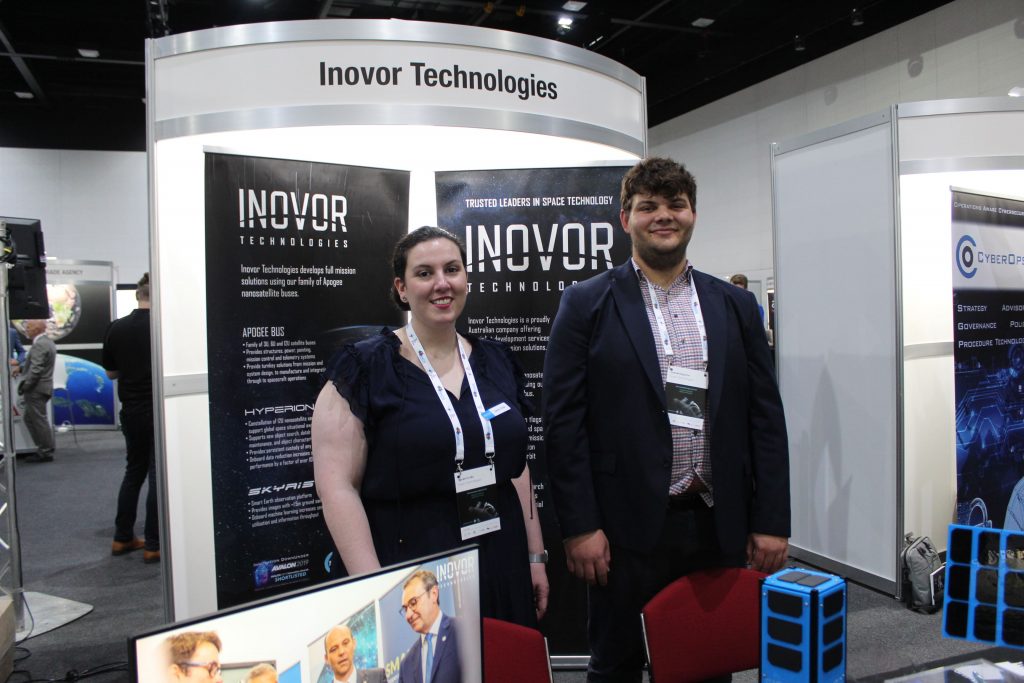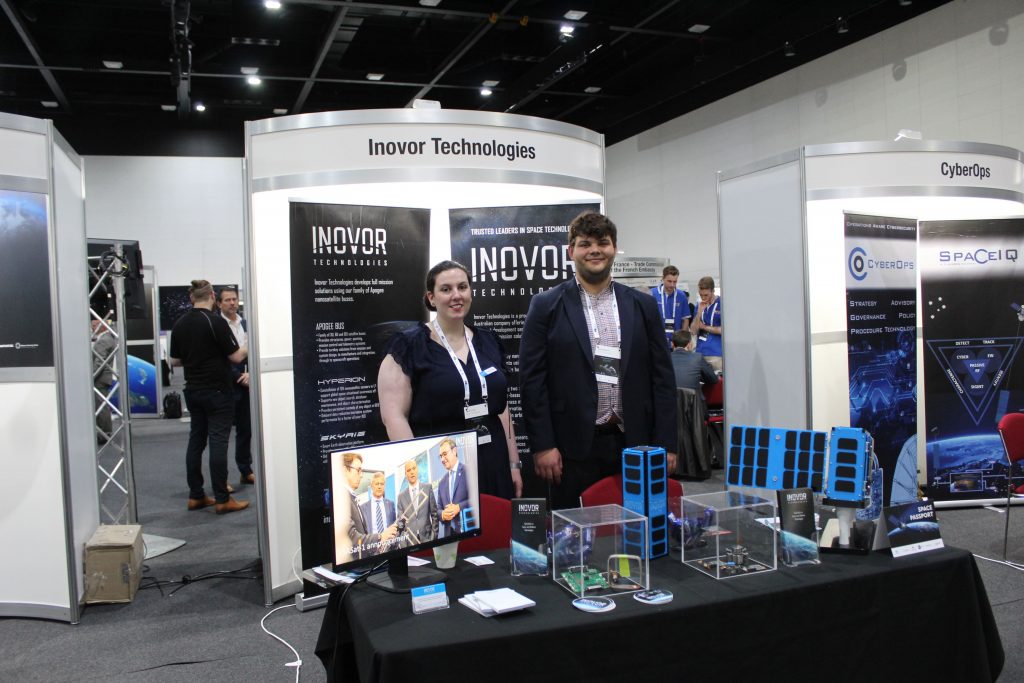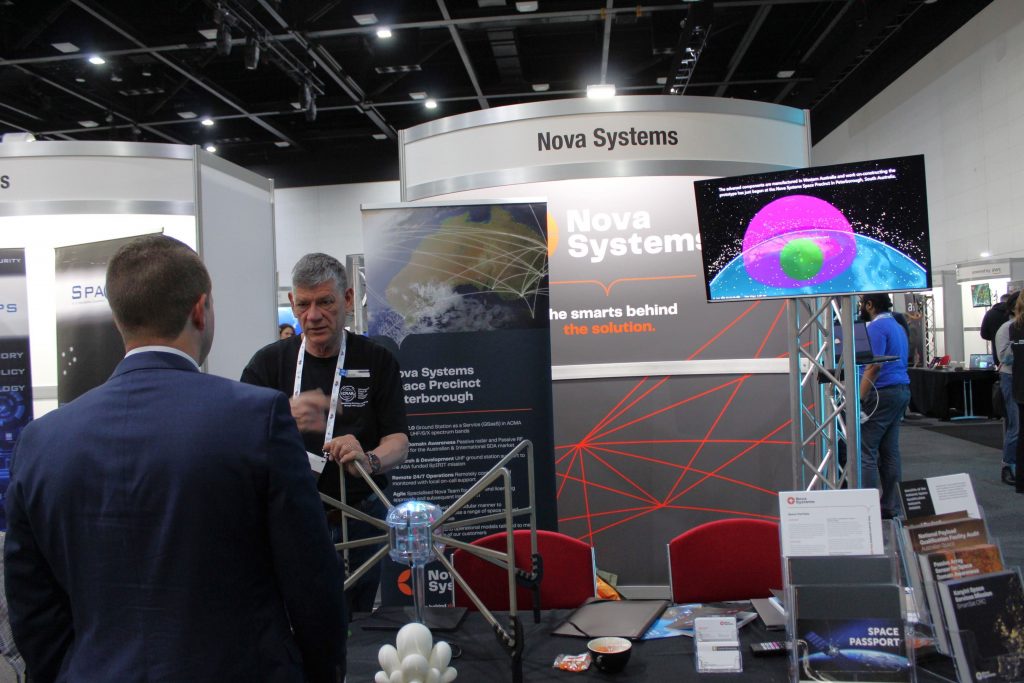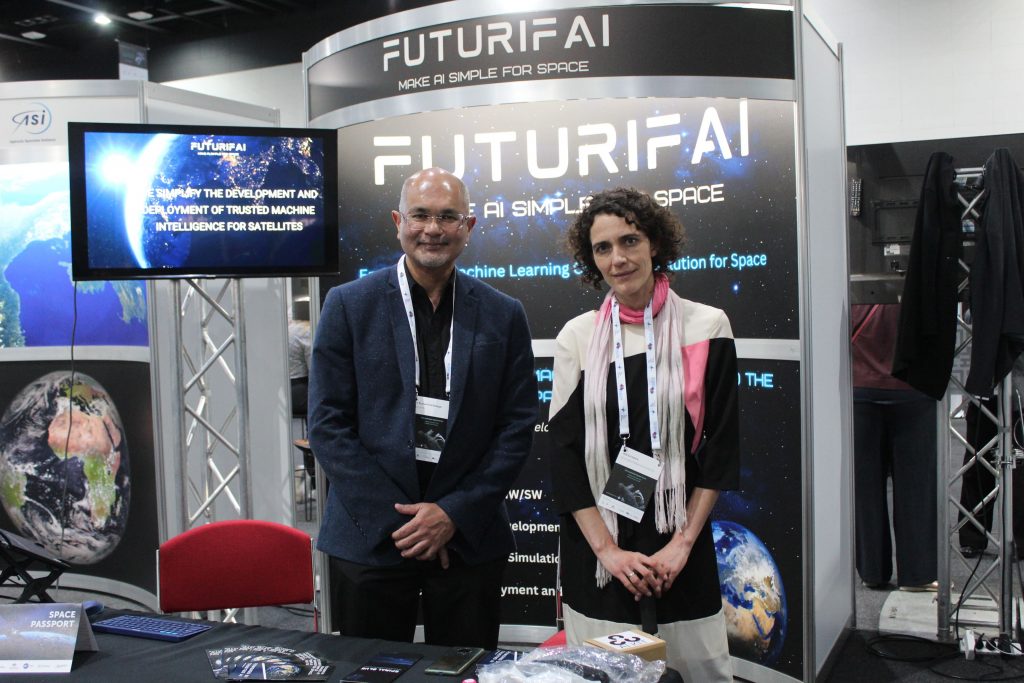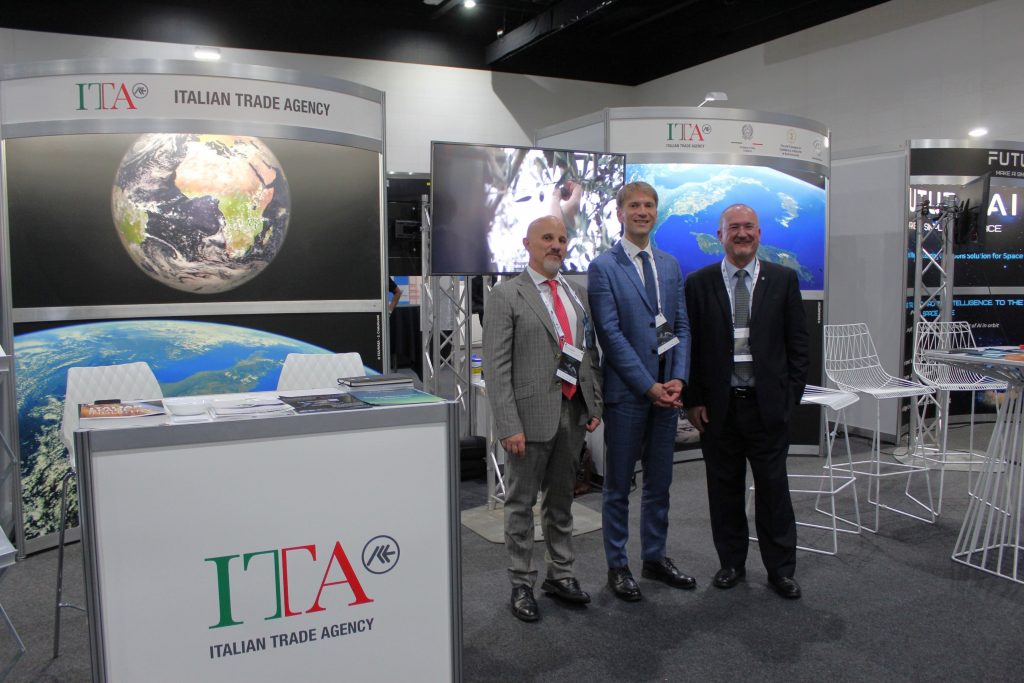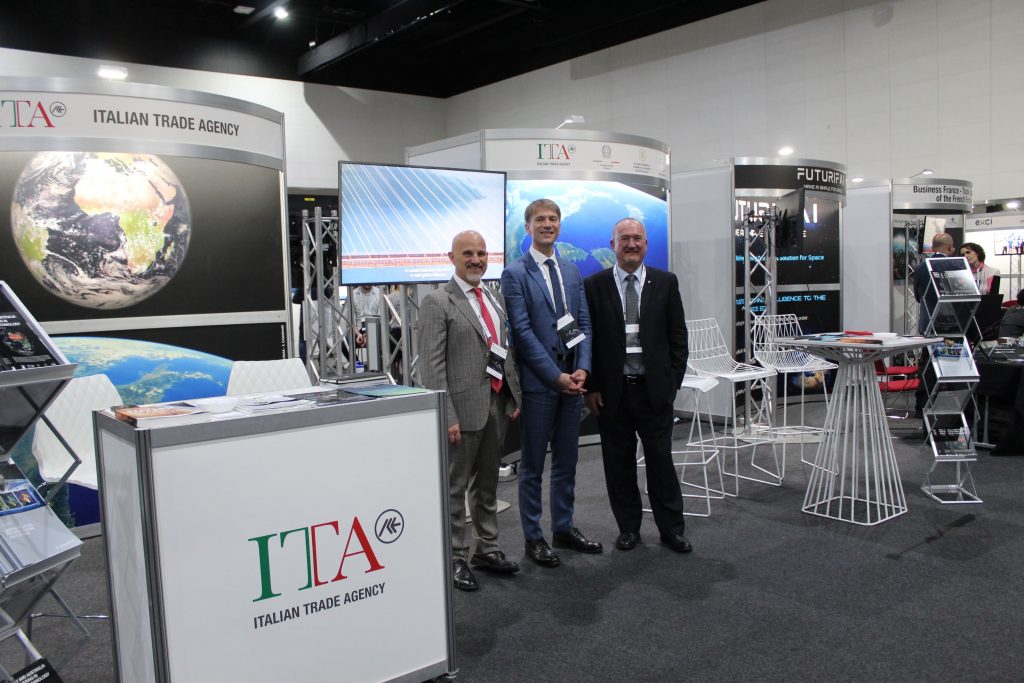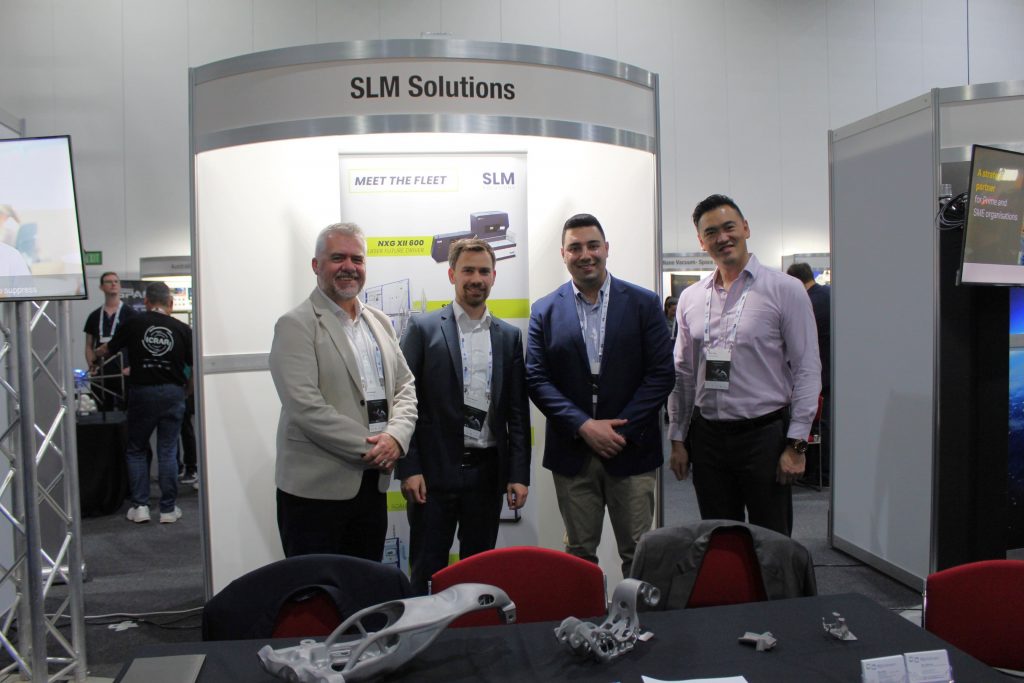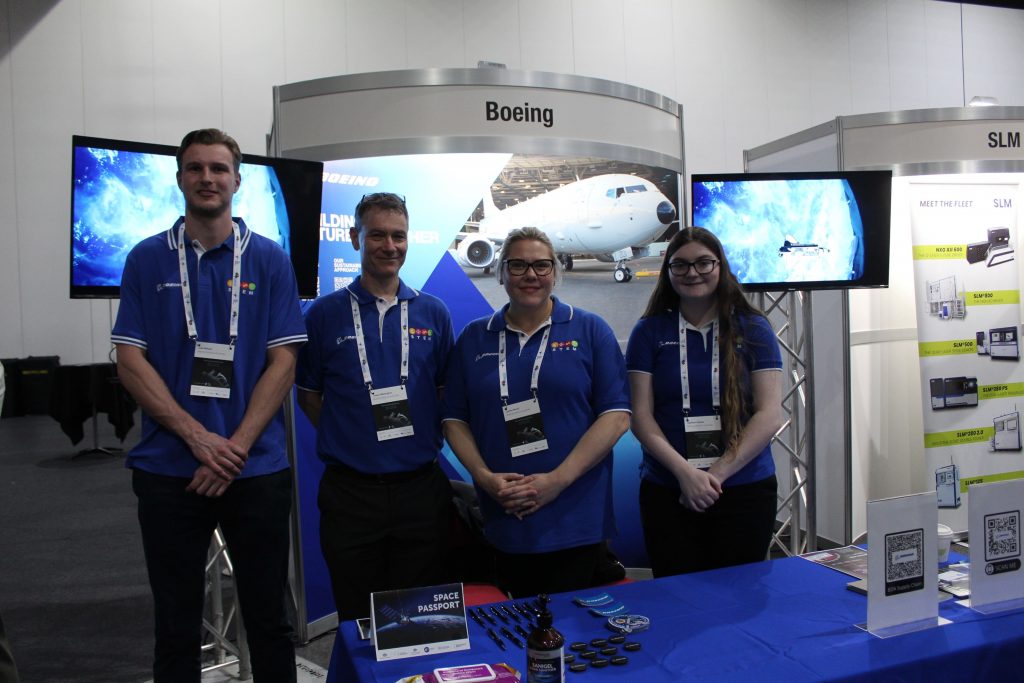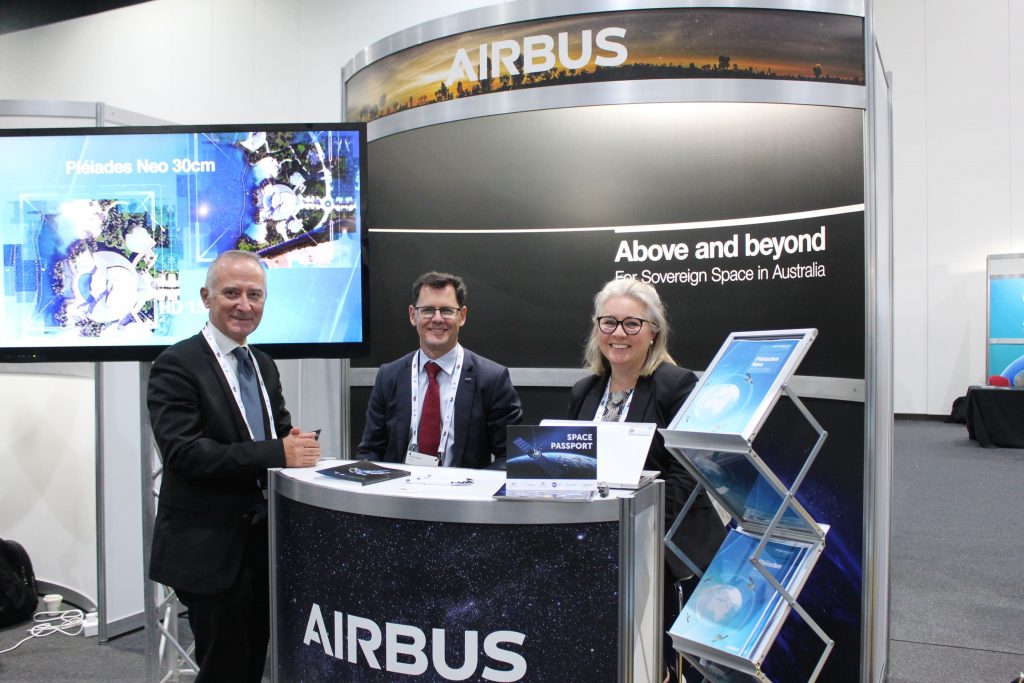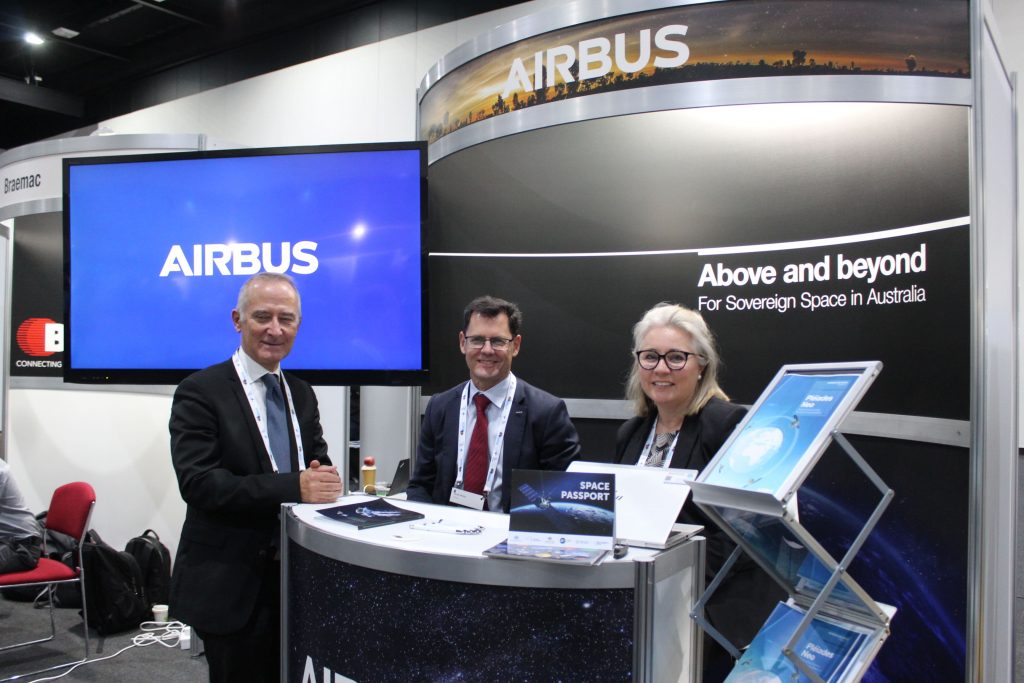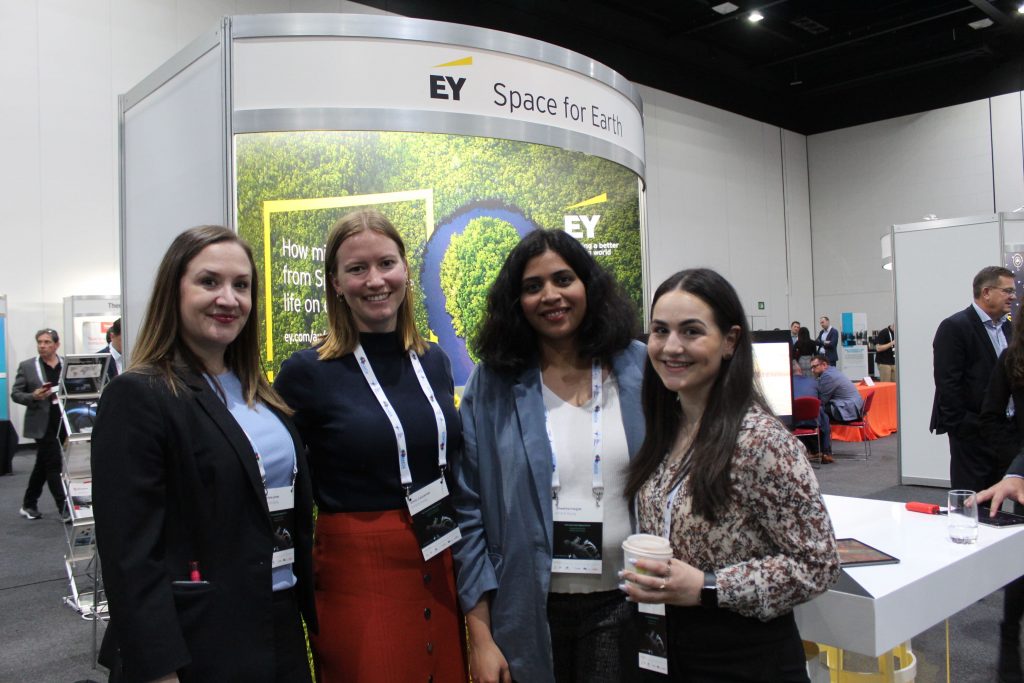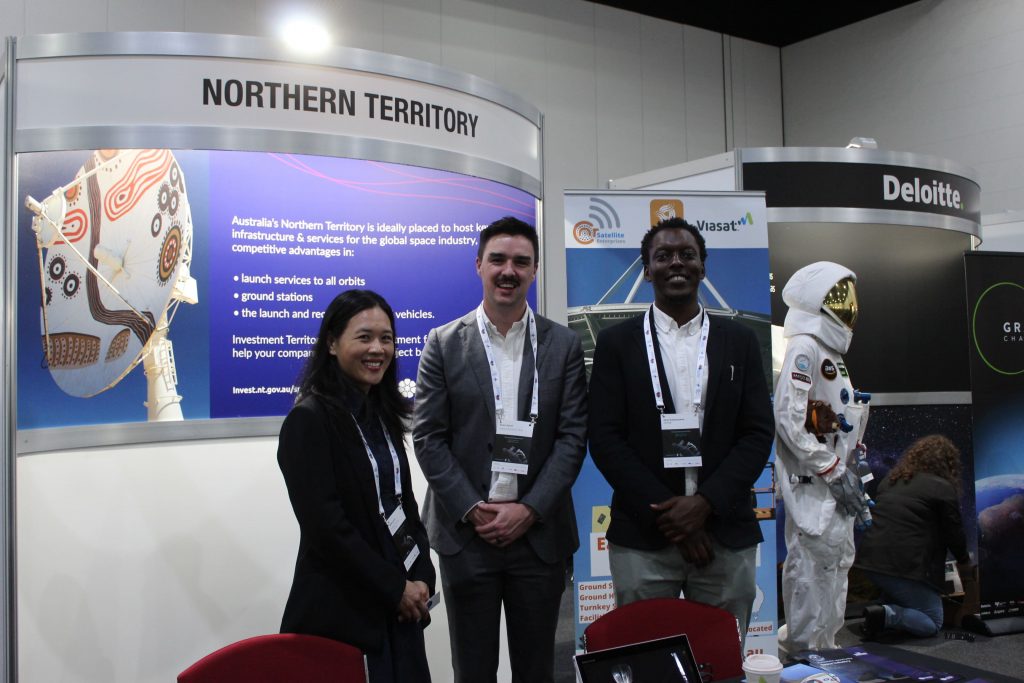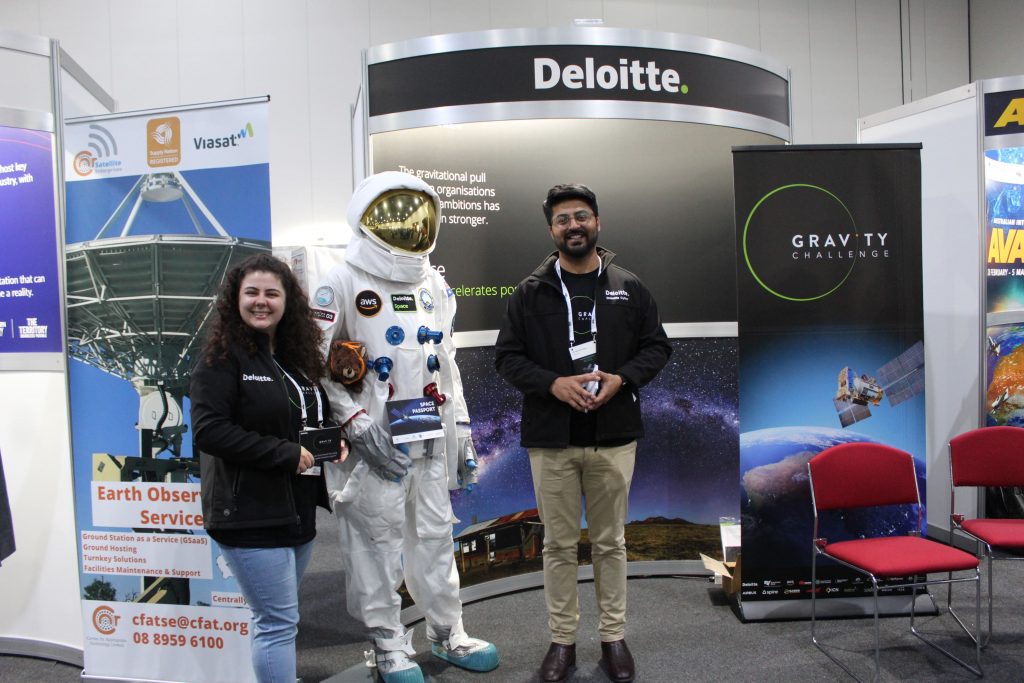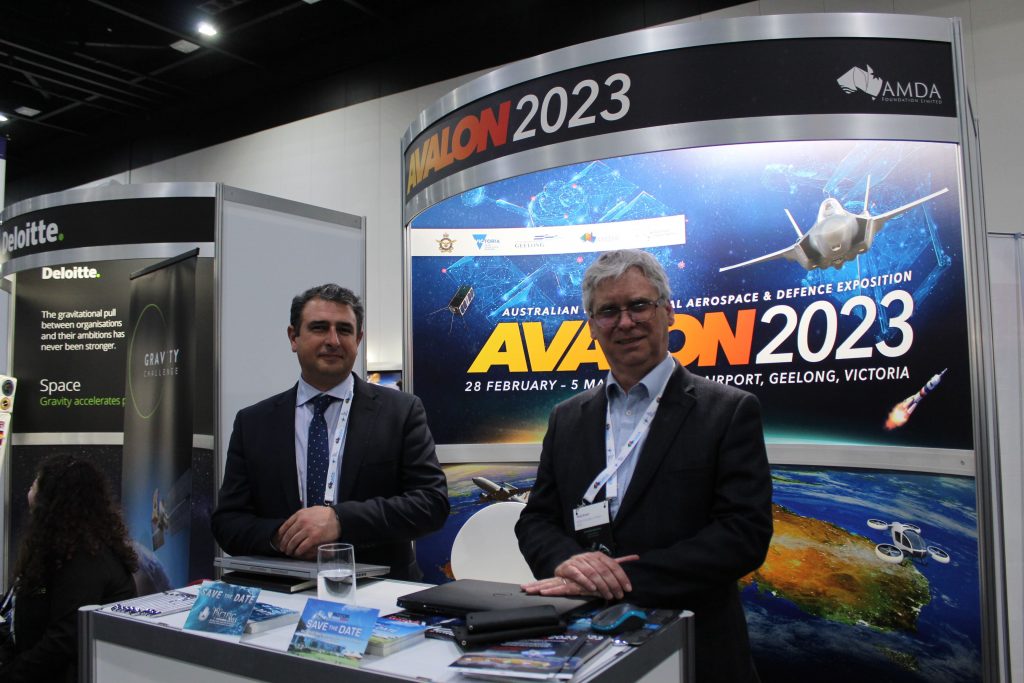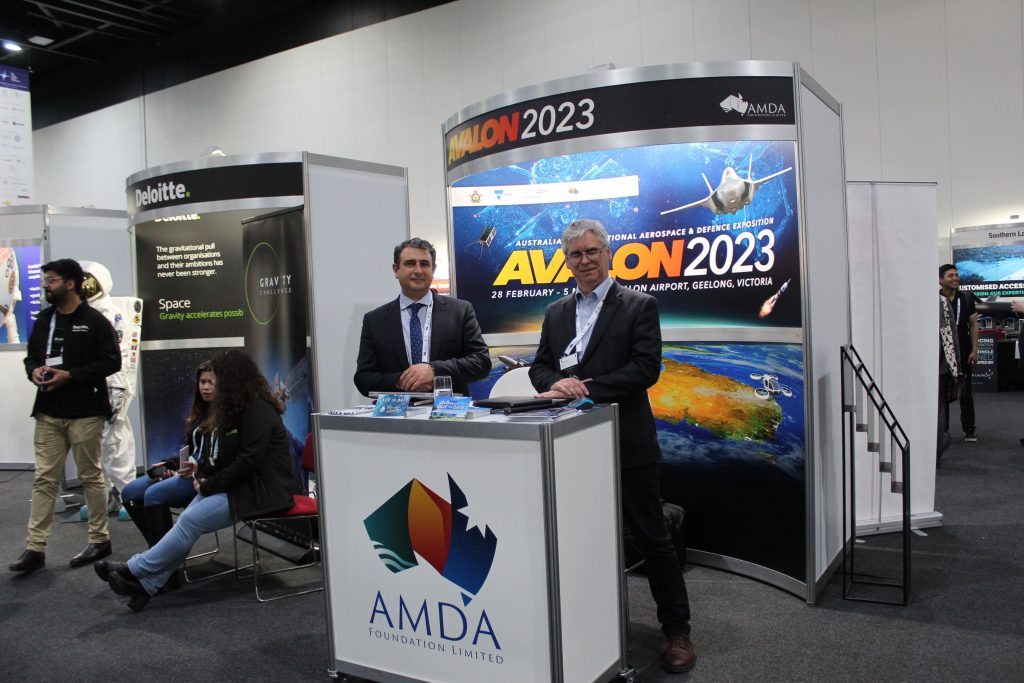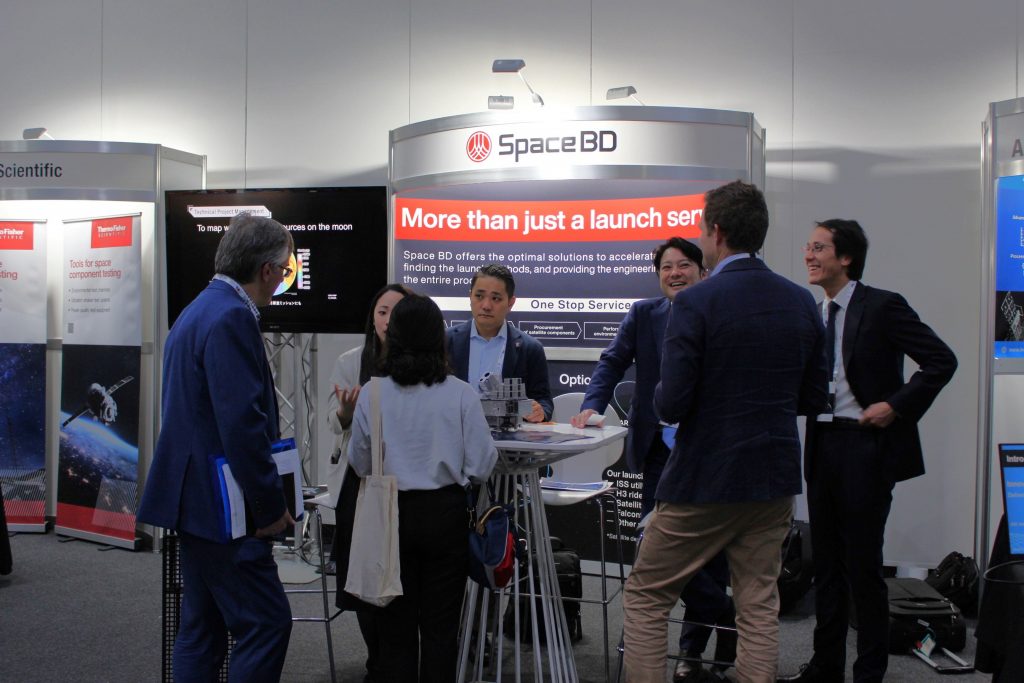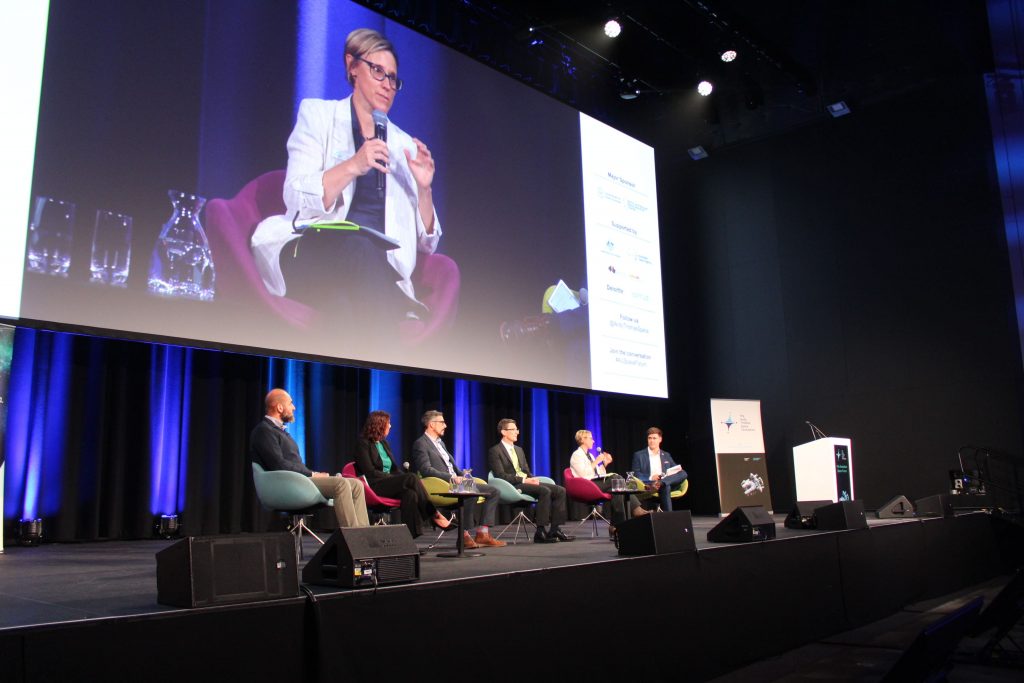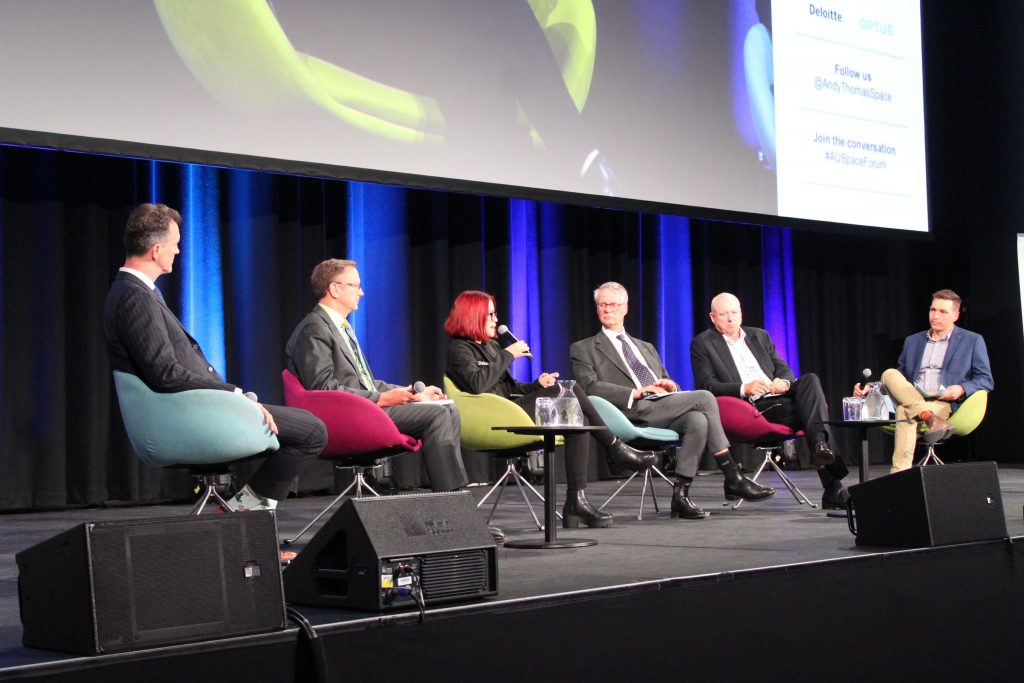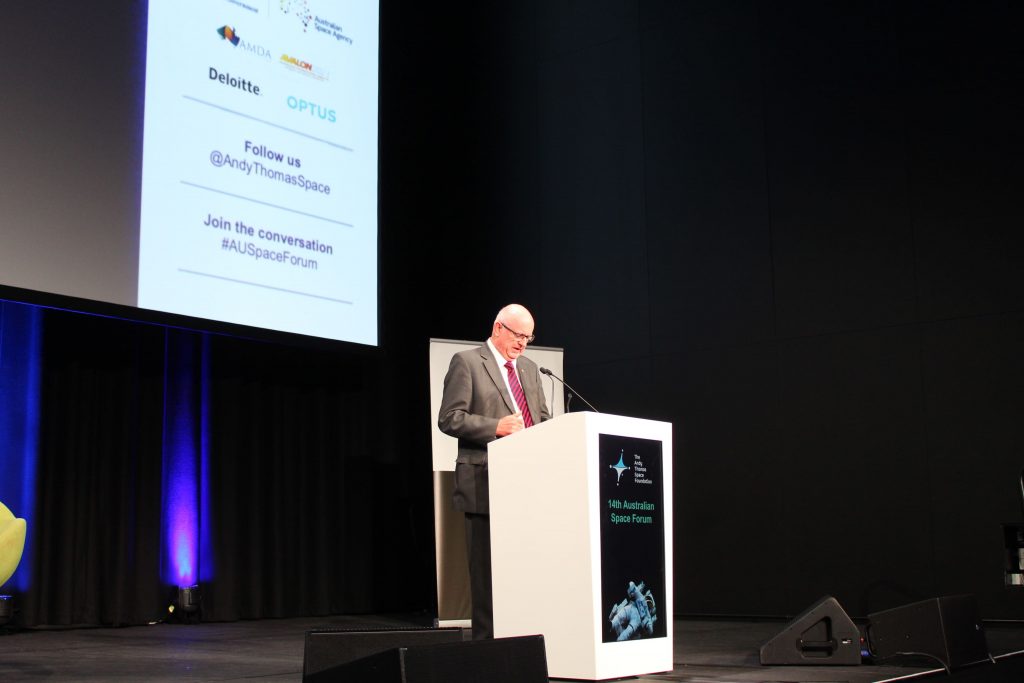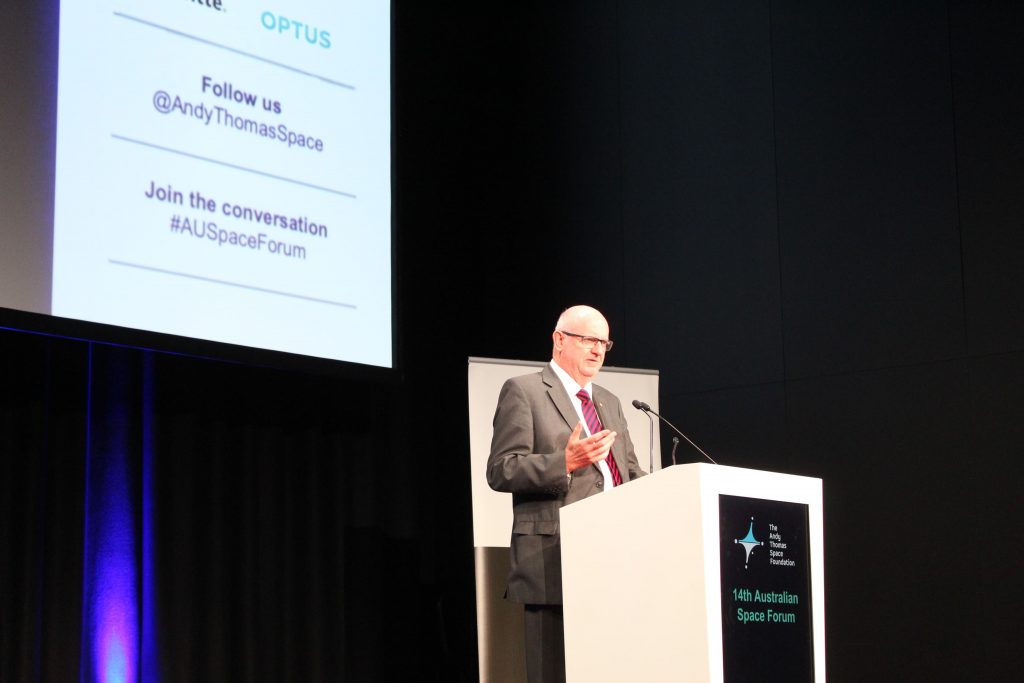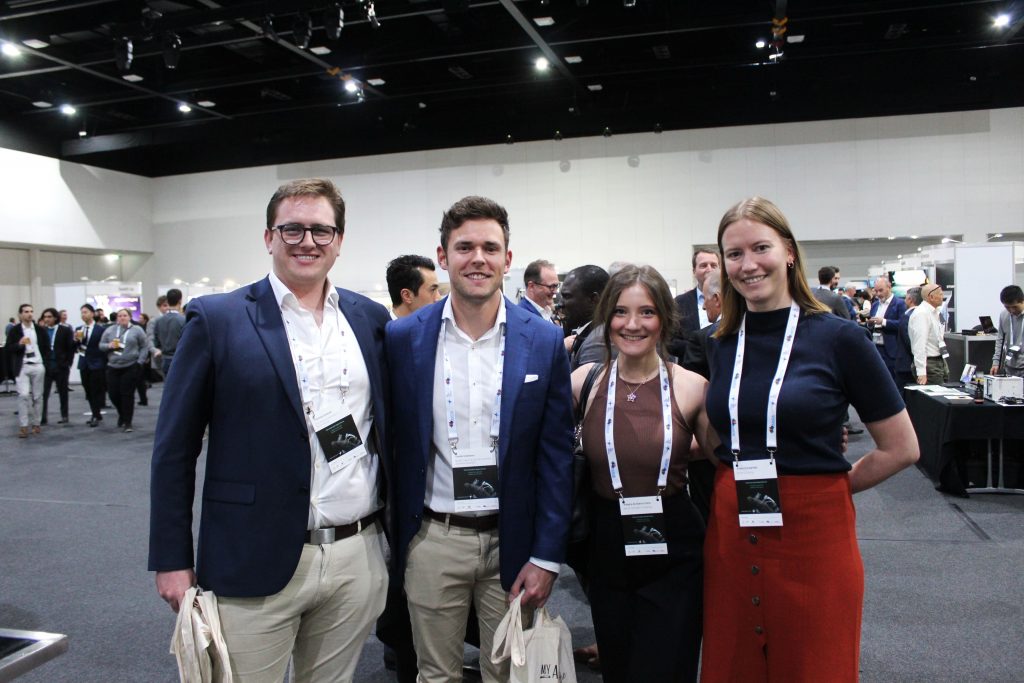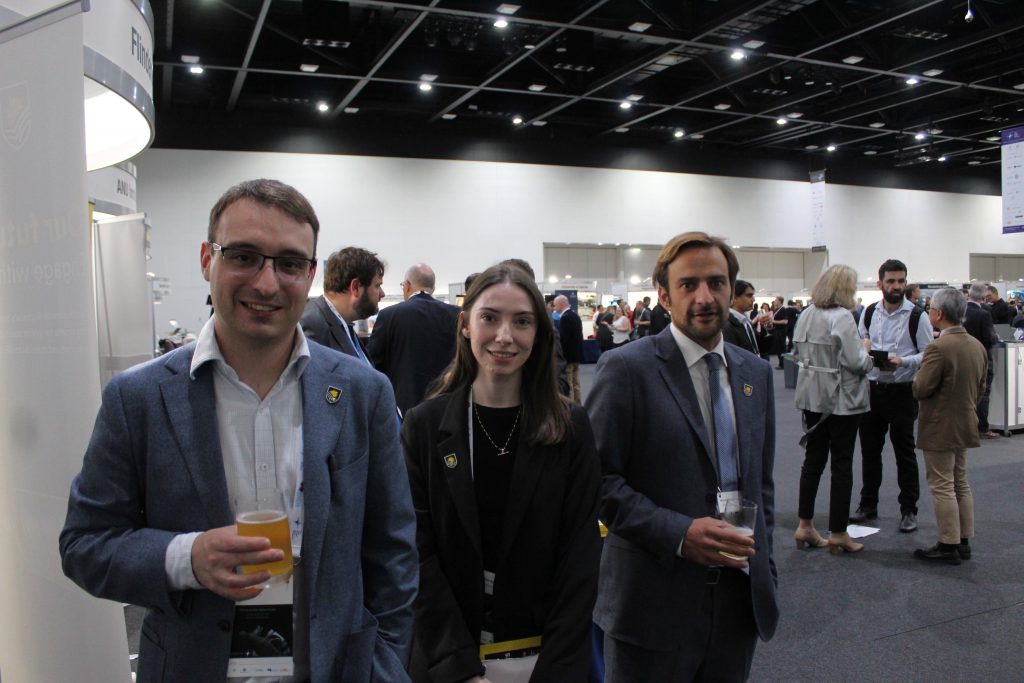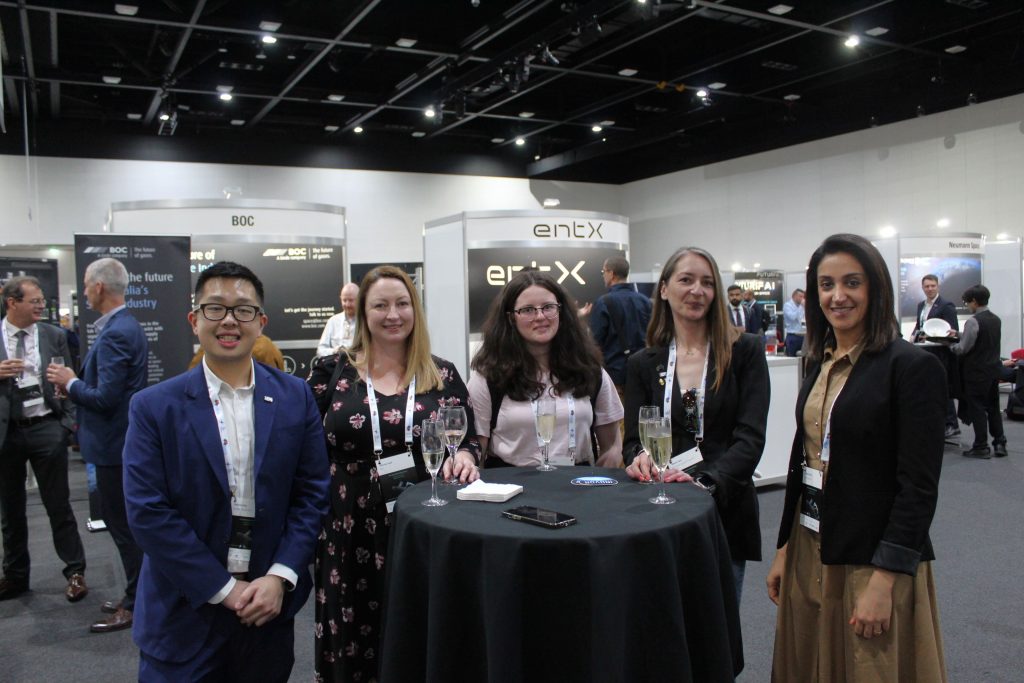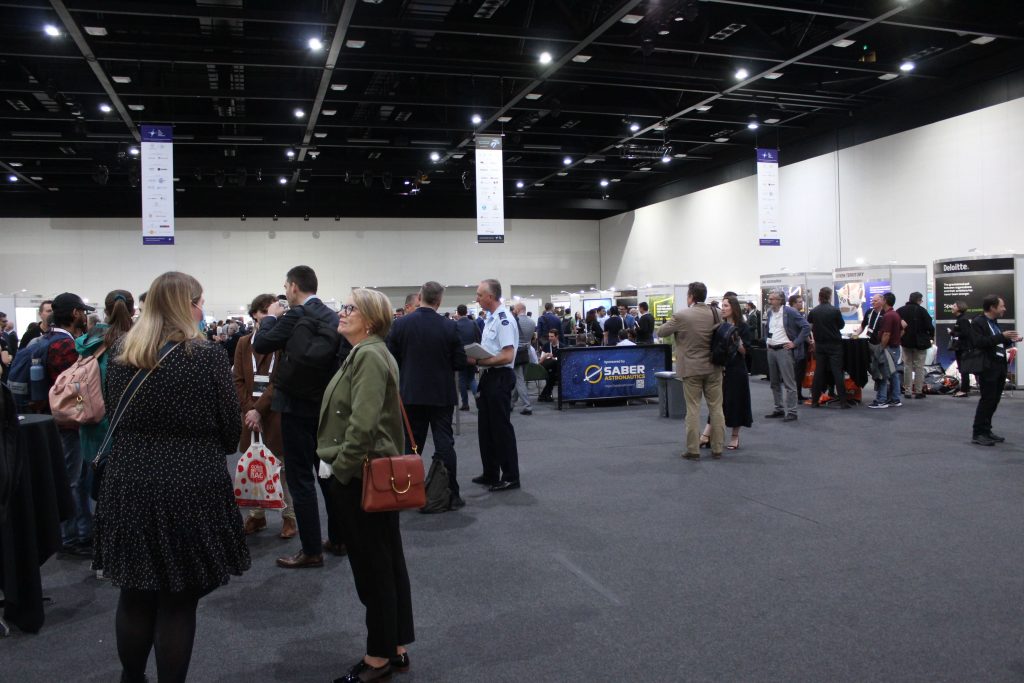14th Australian Space Forum
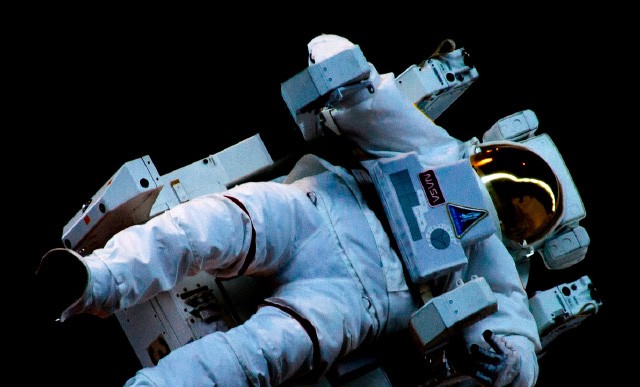
The Andy Thomas Space Foundation welcomed a global audience of over 1000 to the 14th Australian Space Forum, which was held on Tuesday, 25 October 2022 at the Adelaide Convention Centre in South Australia.
Supported by the Australian Space Agency, the South Australian Space Industry Centre and SmartSat CRC, the Forum provides the perfect opportunity to stimulate ideas, share information about emerging technologies and network with influential space sector leaders and the broader community.
Participants attended in-person, or virtually through the event’s global interactive platform.
The space sector in Australia is experiencing unprecedented growth as industry, academia, and government work together to expand their activities and develop international relationships for ongoing opportunity and success within the space economy.
Forum sessions included international panels covering highly pertinent topics that shape our industry.
Earth Observation – The National Space Mission for Earth Observation – a major investment that will expand Australia’s capability in designing, manufacturing and operating space and ground based systems. Starting with the EO roadmap and priorities on there (e.g. AquaWatch, SCR, OzFuel,…) to ground side support with in-situ sensing, cal/val and data fusion, to sensors and imagers, or even into the government vs commercial enterprise provided data.
Optical Communications – A quantum leap in Australia’s secure and high bandwidth communications to connect the world and beyond. How exactly do we benefit from optical communications? What exactly does this mean and how does it differ from RF? Does dual technology (combined RF and optical) mean anything? And if so, when will we see the rewards?
Foundation Services Rover – Exploring remote operations and autonomous systems building on Australian expertise in the resources and mining sectors for the collection of lunar soil (regolith). What would the successful extraction of materials for In-Situ resource utilisation (ISRU) mean for future Australian and international space missions? How could technologies developed through this project contribute to on-Earth resource sustainability?
This iconic event was not to be missed and represents one of the foremost events on the national space industry calendar. If you were unable to visit the 14th Australian Space Forum, checkout our next 15th ASF event (coming soon)

The Andy Thomas Space Foundation Week 2022
Timetable ↓
| Afternoon Event #1 (1pm-5pm) | Afternoon Event #2 (1pm-3.30pm) | Evening (6.30pm – late) | ||||
Space and Cloud – Changing the World Cloud is essential in all areas of the space business. With the AWS Cloud, customers are accelerating space missions, removing barriers to innovation and inspiring future generations. Presented by Clint Crosier, the Global Head of the AWS Aerospace and Satellite on how AWS global infrastructure and an unmatched portfolio of cloud services are enabling organizations in the private and public sector to process and transform space collections into data, make that data actionable and accessible to customers around the globe. As part of this event we shared ARGUS, an AWS partner solution which delivers decision-ready insights for space domain awareness (SDA), maritime domain awareness (MDA), and geospatial intelligence (GEOINT) by teaming Earth and Space data with software and analytics tools from AWS partners which can be deployed in minutes from the AWS Marketplace. You can discover how Remote Sensing and Geospatial customers are taking advantage of AWS cloud to run faster, work smarter and deliver analytics ready data. AWS customers including Cibolabs, Saber Astronautics, LeoLabs and Nominal Systems shared their stories and the problems they are solving for the Space industry. Opportunities to partner with AWS and the programs that can support your business to deliver solutions for your customers in the Space industry. | 2nd Australian Space Education Mixer The Australian Space Education Mixer is an ATSF initiative to connect, promote and engage with both local and national education industry experts in the hopes of further igniting STEM subject engagement in Australian primary, secondary and tertiary education institutes. | The Andy Thomas Space Foundation Dinner Each year attendees of the Australian Space Forum are in awe of the incredible scope of business collaboration and innovation occurring within the space sector right here in Australia and across the globe. To increase networking opportunities and allow Australian Space Forum sponsors to further connect and discuss the future of space development, in a unique environment, the ATSF proudly presented the Andy Thomas Space Foundation Space dinner’ |
Full Day 14th Australian Space Forum
| Morning (9.30am-11am) | Time: 4.30pm for light refreshments and a 5.15pm start | |||||
The Future of ESG and Space This event, developed by the EY Space Tech Lab, provided a unique perspective to the growing importance of ESG and the benefit of utilising data sourced from Space to measure, predict and minimise our environmental footprint. During this interactive session, we explored how the downstream application of space technology is enabling the ESG agenda, as well as considering how companies operating in the domain of Space should be applying ESG principles to their own businesses. We discussed examples of how companies are currently taking advantage of the power of Space at scale to improve life on Earth, what opportunities will arise in future and also what this means for companies that are part of the Space industry. Speakers on the day included: • Alexandra Banks – EY Oceania Partner, Climate Change and Sustainability Services | Women In Space Impacting the World and Beyond
We are proud to align with support partners Adelaide Airport, Visualcom, The University of Adelaide, Inspiring the Future Australia and Haigh’s Chocolate. We also acknowledge the invaluable support from our funding partners the Australian Government through the National Australia Day Council and supported by the Government of South Australia and strategic partner City of Adelaide. |
| Morning (8.45am-12.30pm) | Afternoon (1pm-4pm) | |||||
The River Murray International Dark Sky Reserve is Australia’s first and offers SA’s growing space industry an exceptionally dark and radio silent location just 90 minutes from Adelaide’s CBD. Actively supported by the Mid Murray Council the 3,200 square kilometre Reserve is backed by dark sky friendly development and lighting policies and a supportive local community. Its wide open spaces are waiting. | From the Australian Outback to Mars Australia has taken a big step in joining the international space community in going back to the Moon and ultimately on to Mars. The Australian Space Agency, working in collaboration with NASA, has started this journey and will be putting a small rover on the Moon and is committed to sending an Australian astronaut into Space. Australian individuals and organisations such as the Mars Society Australia have contributed to the search for life and exploration of Mars. The Australian Outback provides many environments, analogous to Mars. The establishment of a multipurpose Mars Analogue Research Station (MARS) at Arkaroola in Outback Australia would support important activities such as STEM, educator development, surface exploration research and operations, astrobiology, exploration instrument testing, and even space tourism.
|
| Morning (9am-12pm) | Afternoon (1pm-4pm) | Evening (7.30 to 9.30 pm) | ||||
Mercury Program: The Andy Thomas Space Foundation’s 3D Innovation Challenge, Final showcase This event was private to school participants. In collaboration with Adelaide based technology start-up, Makers Empire, students from 9 SA primary schools had the opportunity to design and produce 3D printed models inline with a space-themed curriculum program. Students also had the opportunity to showcase how their innovations could impact current space challenges. | Mars Program: The Andy Thomas Space Foundation’s School’s Challenge, Final Showcase This event was private to school participants Following completion of projects linked directly to the Buzz Aldrin Foundations, Giant Mars Maps, students had the opportunity to showcase their projects relating to future space travel solutions. | Adelaide Planetarium, Mawson Lakes Campus, University of South Australia Aboriginal Australians have been looking at the night sky for thousands of years. During this time, they have been able to build up a complex knowledge of the stars and their movements. This connection with the night sky represents some of the earliest ponderings about the cosmos and was an effort to explain natural phenomena. Moreover, the stars were used for navigation, education, as a seasonal guide to the availability of foods, in addition to reinforcing cultural identity and spirituality. Visitors learnt about some of the Aboriginal Dreaming stories; their ‘dark pattern’ constellations such as the ‘celestial emu’; the names they gave to the stars and the differences between the way the sky is viewed in comparison to the classical 88-constellations used by contemporary astronomers. This event was only suitable for audiences aged 16 and above. Children under the age of 16 not permitted due to cultural protocols. |
| Evening (7.30 to 9.30 pm) | |
| Adelaide Planetarium, Mawson Lakes Campus, University of South Australia Aboriginal Australians have been looking at the night sky for thousands of years. During this time, they have been able to build up a complex knowledge of the stars and their movements. This connection with the night sky represents some of the earliest ponderings about the cosmos and was an effort to explain natural phenomena. Moreover, the stars were used for navigation, education, as a seasonal guide to the availability of foods, in addition to reinforcing cultural identity and spirituality. Visitors learnt about some of the Aboriginal Dreaming stories; their ‘dark pattern’ constellations such as the ‘celestial emu’; the names they gave to the stars and the differences between the way the sky is viewed in comparison to the classical 88-constellations used by contemporary astronomers. This event was only suitable for audiences aged 16 and above. Children under the age of 16 not permitted due to cultural protocols. |
Afternoon Event #1 (1pm-5pm) Afternoon Space and Cloud – Changing the World
Cloud is essential in all areas of the space business. With the AWS Cloud, customers are accelerating space missions, removing barriers to innovation and inspiring future generations. Presented by Clint Crosier, the Global Head of the AWS Aerospace and Satellite on how AWS global infrastructure and an unmatched portfolio of cloud services are enabling organizations in the private and public sector to process and transform space collections into data, make that data actionable and accessible to customers around the globe. As part of this event we shared ARGUS, an AWS partner solution which delivers decision-ready insights for space domain awareness (SDA), maritime domain awareness (MDA), and geospatial intelligence (GEOINT) by teaming Earth and Space data with software and analytics tools from AWS partners which can be deployed in minutes from the AWS Marketplace. You can discover how Remote Sensing and Geospatial customers are taking advantage of AWS cloud to run faster, work smarter and deliver analytics ready data. AWS customers including Cibolabs, Saber Astronautics, LeoLabs and Nominal Systems shared their stories and the problems they are solving for the Space industry. Opportunities to partner with AWS and the programs that can support your business to deliver solutions for your customers in the Space industry.
Afternoon Event #2 (1pm-3.30pm)
2nd Australian Space Education Mixer
The Australian Space Education Mixer is an ATSF initiative to connect, promote and engage with both local and national education industry experts in the hopes of further igniting STEM subject engagement in Australian primary, secondary and tertiary education institutes.
Evening (6.30pm – late)
The Andy Thomas Space Foundation Dinner
Each year attendees of the Australian Space Forum are in awe of the incredible scope of business collaboration and innovation occurring within the space sector right here in Australia and across the globe. To increase networking opportunities and allow Australian Space Forum sponsors to further connect and discuss the future of space development, in a unique environment, the ATSF proudly presented the Andy Thomas Space Foundation Space dinner’
Full Day 14th Australian Space Forum
Morning (9.30am-11am) The Future of ESG and Space
This event, developed by the EY Space Tech Lab, provided a unique perspective to the growing importance of ESG and the benefit of utilising data sourced from Space to measure, predict and minimise our environmental footprint. During this interactive session, we explored how the downstream application of space technology is enabling the ESG agenda, as well as considering how companies operating in the domain of Space should be applying ESG principles to their own businesses. We discussed examples of how companies are currently taking advantage of the power of Space at scale to improve life on Earth, what opportunities will arise in future and also what this means for companies that are part of the Space industry. Speakers on the day included:
• Alexandra Banks – EY Oceania Partner, Climate Change and Sustainability Services
• Linzi Carr – EY Oceania Partner, Space Tech
• Rafael Kargren – Director Oceania & Pacific, Maxar Technologies
• Brian D. Killough, PhD – CEOS Systems Engineering Office (SEO) at NASA Langley Research Center
• Ms Rhiannon Pearce – SA Assistant Minister to the Deputy Premier
• Dr Jack White – Lead Data Scientist, EY Space Tech Lab
Time: 4.30pm for light refreshments and a 5.15pm start
Women In Space Impacting the World and Beyond
INSPIRING, EMPOWERING, ADVANCING are the drivers of this event with female leaders from within the space industry came together to share their rich experiences and inspire greater participation in this exciting and growing sector of the South Australian economy. Visitors learnt from extraordinary experience of our keynote speaker Tanya Monro, Chief Defence head of Defence Science and Technology Group (DSTG) and Capability Manager for Innovation, Science and Technology within the Australian Department of Defence. This event also included panel discussion with amazing scientists who are making the difference in their field:
- Katherine Bennell Pegg Director of Space Technology – Access to Space and Human Spaceflight, Australian Space Agency.
- Professor Jill Slay AM UniSA Professorial Chair in Cyber Security and Researches in the SmartSat Australian Co-operative Research Centre (CRC).
- Associate Professor Jenny Mortimer, School of Agriculture, Food and Wine, Faculty of Sciences, Engineering and Technology.
- Dr Kimberley Clayfield, Space Research Program Director and Space Technology Future Science Platform Leader.
- Zandria Farrell, Space Sector Lead, Space and Space Weather, Bureau of Meteorology.
We are proud to align with support partners Adelaide Airport, Visualcom, The University of Adelaide, Inspiring the Future Australia and Haigh’s Chocolate. We also acknowledge the invaluable support from our funding partners the Australian Government through the National Australia Day Council and supported by the Government of South Australia and strategic partner City of Adelaide.
Morning (8.45am-12.30pm)
The River Murray International Dark Sky Reserve is Australia’s first and offers SA’s growing space industry an exceptionally dark and radio silent location just 90 minutes from Adelaide’s CBD. Actively supported by the Mid Murray Council the 3,200 square kilometre Reserve is backed by dark sky friendly development and lighting policies and a supportive local community. Its wide open spaces are waiting.
Afternoon (1pm-4pm)
From the Australian Outback to Mars Australia has taken a big step in joining the international space community in going back to the Moon and ultimately on to Mars. The Australian Space Agency, working in collaboration with NASA, has started this journey and will be putting a small rover on the Moon and is committed to sending an Australian astronaut into Space. Australian individuals and organisations such as the Mars Society Australia have contributed to the search for life and exploration of Mars. The Australian Outback provides many environments, analogous to Mars. The establishment of a multipurpose Mars Analogue Research Station (MARS) at Arkaroola in Outback Australia would support important activities such as STEM, educator development, surface exploration research and operations, astrobiology, exploration instrument testing, and even space tourism.
Morning (9am-12pm) Mercury Program: The Andy Thomas Space Foundation’s 3D Innovation Challenge, Final showcase
This event was private to school participants. In collaboration with Adelaide based technology start-up, Makers Empire, students from 9 SA primary schools had the opportunity to design and produce 3D printed models inline with a space-themed curriculum program. Students also had the opportunity to showcase how their innovations could impact current space challenges.
Afternoon (1pm-4pm) Mars Program: The Andy Thomas Space Foundation’s School’s Challenge, Final Showcase
This event was private to school participants Following completion of projects linked directly to the Buzz Aldrin Foundations, Giant Mars Maps, students had the opportunity to showcase their projects relating to future space travel solutions.
This event was by-invitation only.
Evening (7.30 to 9.30 pm) Adelaide Planetarium, Mawson Lakes Campus, University of South Australia
Aboriginal Australians have been looking at the night sky for thousands of years. During this time, they have been able to build up a complex knowledge of the stars and their movements. This connection with the night sky represents some of the earliest ponderings about the cosmos and was an effort to explain natural phenomena. Moreover, the stars were used for navigation, education, as a seasonal guide to the availability of foods, in addition to reinforcing cultural identity and spirituality. Visitors learnt about some of the Aboriginal Dreaming stories; their ‘dark pattern’ constellations such as the ‘celestial emu’; the names they gave to the stars and the differences between the way the sky is viewed in comparison to the classical 88-constellations used by contemporary astronomers. This event was only suitable for audiences aged 16 and above. Children under the age of 16 not permitted due to cultural protocols.
Evening (7.30 to 9.30 pm) delaide Planetarium, Mawson Lakes Campus, University of South Australia
Aboriginal Australians have been looking at the night sky for thousands of years. During this time, they have been able to build up a complex knowledge of the stars and their movements. This connection with the night sky represents some of the earliest ponderings about the cosmos and was an effort to explain natural phenomena. Moreover, the stars were used for navigation, education, as a seasonal guide to the availability of foods, in addition to reinforcing cultural identity and spirituality. Visitors learnt about some of the Aboriginal Dreaming stories; their ‘dark pattern’ constellations such as the ‘celestial emu’; the names they gave to the stars and the differences between the way the sky is viewed in comparison to the classical 88-constellations used by contemporary astronomers. This event was only suitable for audiences aged 16 and above. Children under the age of 16 not permitted due to cultural protocols.
The 14th Australian Space Forum was proudly supported by the below sponsors and exhibitors who are committed to a thriving space sector. If you would like to enquire on available sponsorship and exhibition packages for the next Forum, please contact spaceforum@andythomas.foundation
Special thanks to our Sponsors and Exhibitors
14th Australian Space Forum Official Media Partner
Platinum Sponsor
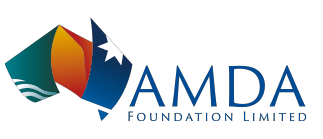 |
Gold Sponsors
 |
 |
Silver Sponsors
 |
 |
 |
||

|
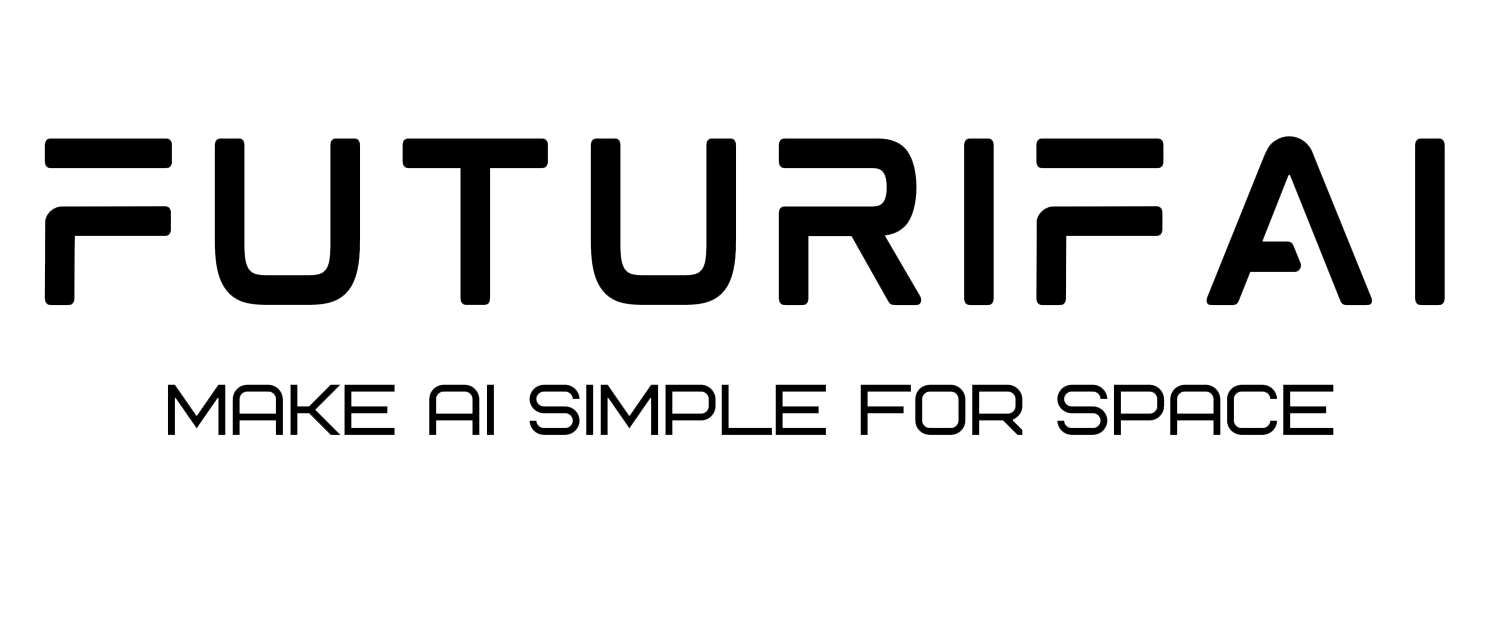 |
 |
||
 |
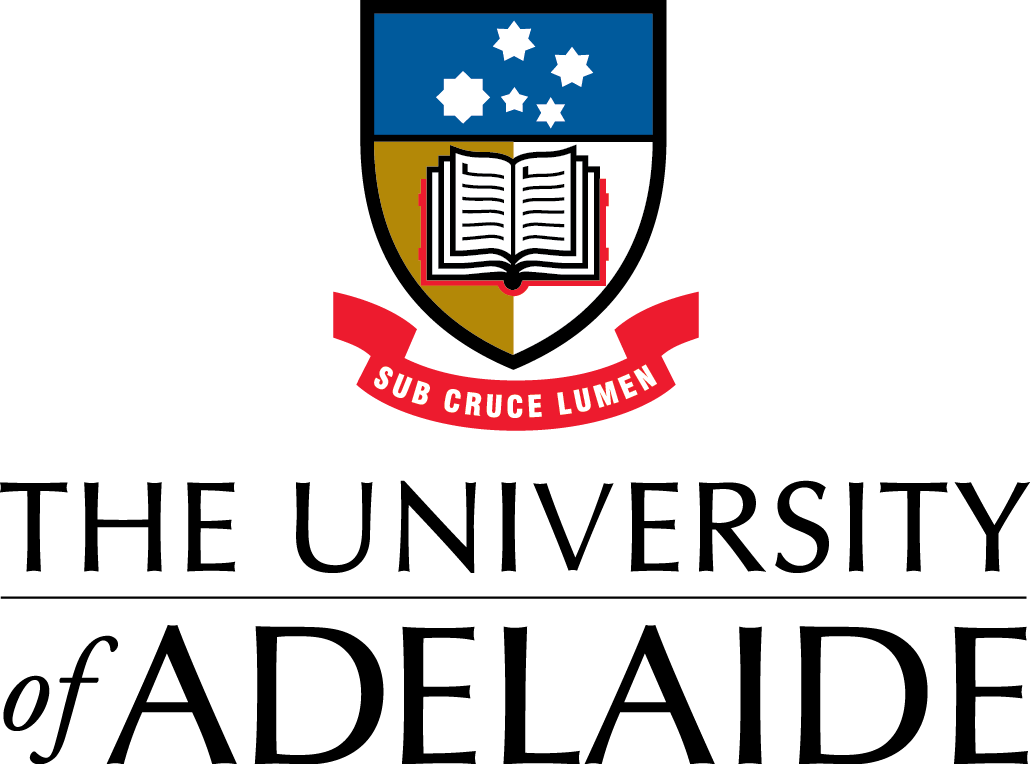 |
 |
Technology Sponsor
 |
Exhibition Lounge Sponsor
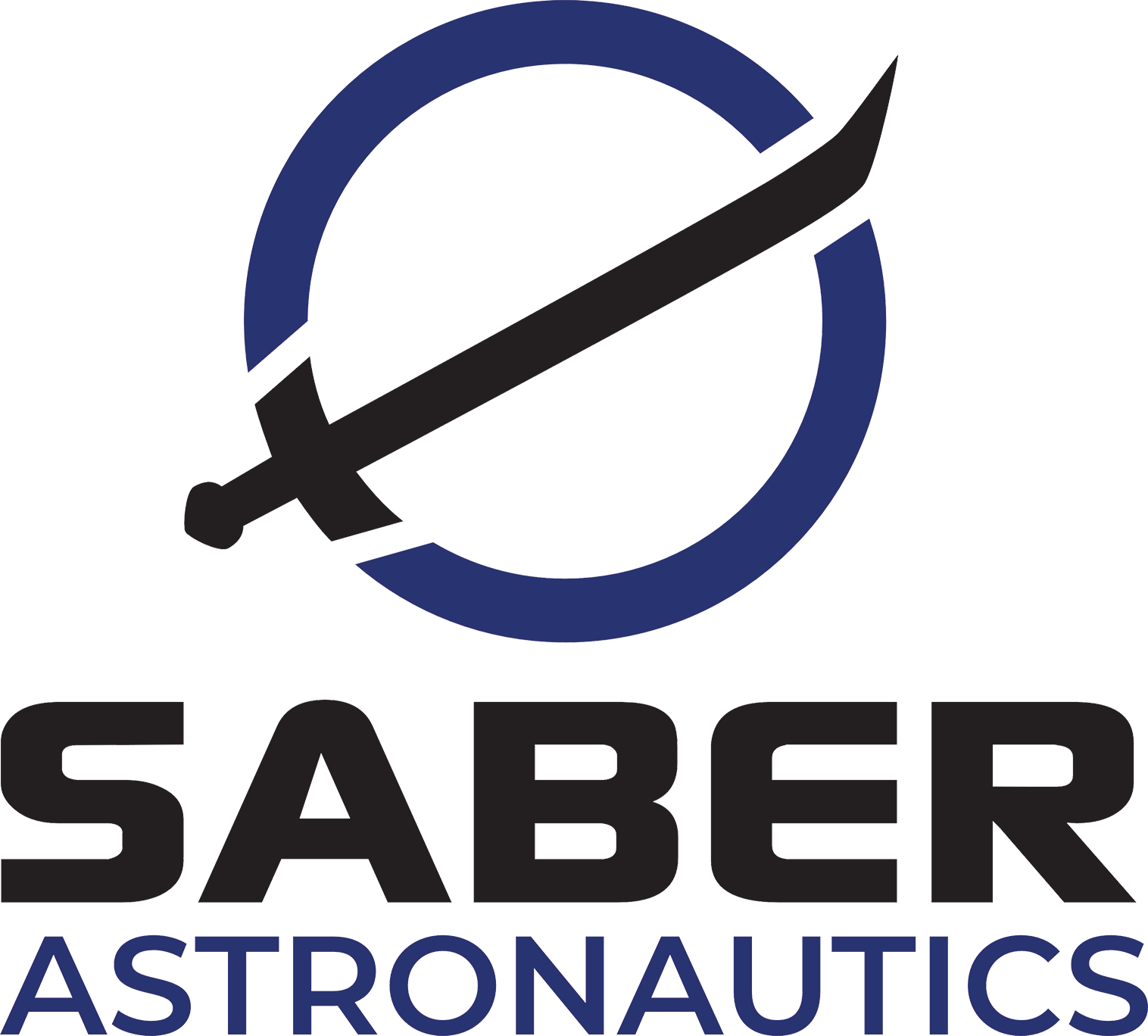 |
Dinner Sponsor
 |
Lunch and Tea Break Sponsor
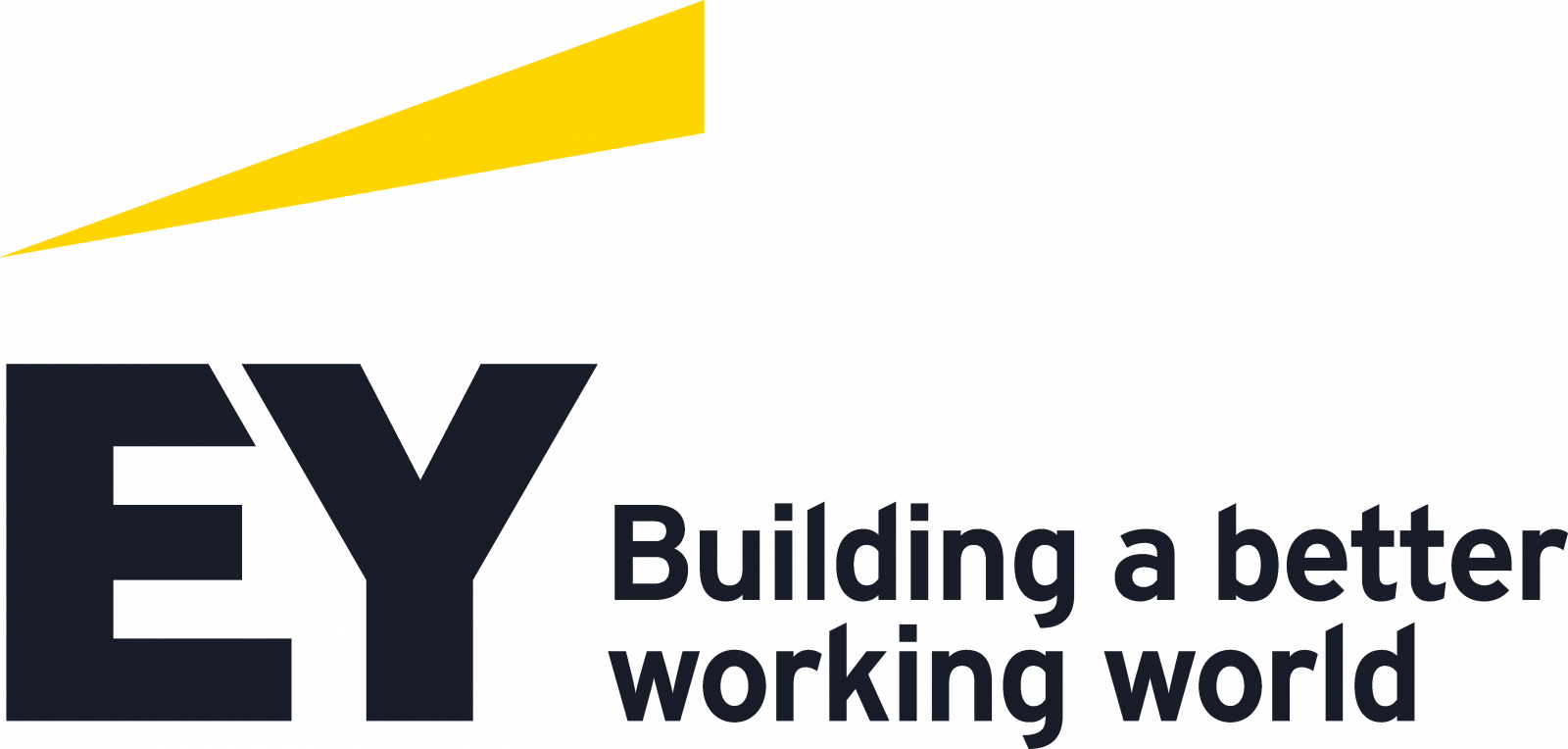 |
Networking Hour Sponsor
 |
A
• Adelaide University Space Society• Aiaa Adelaide
• AICRAFT Pty Ltd
• Airbus Defence and Space (Silver Sponsor)
• Anu Inspace
• At Space Pty Ltd
• APC Technology
• Aurora Space Cluster
• AMDA Foundation Limited (Platinum Sponsor)
• Australian Space Agency (Major Sponsor)
• Australian Space Discovery Centre
• AVALON 2023 – Australian International Airshow and Aerospace & Defence Exposition (Platinum Sponsor)
• AWS (Foundation Partner)
• Av-Comm
B
• Beings Systems• Black Art Technologies
• Blacktree Technology Pty Ltd
• Boc Limited
• Boeing Defence Australia Ltd
• Braemac (Silver Sponsor)
• Bureau of Meteorology (Silver Sponsor)
• Business France Australia (Silver Sponsor)
C
• Caelera Pty Ltd• Capricorn Space
• Cicada Innovations
• Clearbox Systems
• CSIRO (Technology Sponsor)
• Cyberops (Foundation Partner)
D
• Dedicated Systems Australia span>• Defence Space Command span>
• Deloitte (Gold Sponsor)
• Department of Foreign Affairs and Trade / Department of Home Affairs
• Department of Jobs, Tourism, Science and Innovation
• DEWC Systems
• DUG Technology (Australia) Pty Ltd
E
• entX Limited• Electro Optic Systems – EOS (Foundation Partner)
• Ernst & Young (Lunch and Tea Break Sponsor)
F
• Fleet Space Technology (Dinner Sponsor)• Flinders University
• Fortifyedge
• Frazer-Nash Consultancy Ltd (Foundation Partner)
• FuturifAI Pty Ltd (Silver Sponsor)
G
• Geoscience Australia (Silver Sponsor)H
• Hamilton Secondary College• HEX20 Pty Ltd
I
• Industrial Sciences Group• Infinity Avionics
• Innovation & Collaboration Centre
• Inovor Technologies Pty Ltd (Foundation Partner)
• Investment Territory
• ITA – Italian Trade Agency (Silver Sponsor)
J
• Jones Harley Toole (Coffee Cart Sponsor)• Joseph Banks Secondary College
K
• Kongsberg Satellite Services AsL
• LeoLabs Pty Ltd (Silver Sponsor)• Locate Conferences Australia
M
• Makers Empire Pty Ltd• MEMKO
• Microsoft Azure Space (Foundation Partner)
• Monash Nova Rover
N
• Nano Vacuum Pty Ltd (Foundation Partner)• Neumann Space (Foundation Partner)
• Norseld Pty Ltd
• Nova Systems
O
• Optus Satellite and Space (Gold Sponsor)P
• Praxis Aerospace Pty LtdQ
• QL Tech• Quantx Labs
R
• River Murray International Dark Sky ReserveS
• Saab Australia Pty Ltd (Foundation Partner)• Saber Astronautics (Exhibition Lounge Sponsor)
• SABRN Group of Companies
• Scitek Australia Pty Ltd (Foundation Partner)
• Silentium Defence (Networking Hour Sponsor)
• SLM Solutions
• SmartSatCRC
• South Australian Space Industry Centre (Major Sponsors)
• Southern Launch
• Space BD Inc.
• Space Machines Company
• Spiral Blue
• Spire Global
• Starke-AMG
• Surrey Satellite Technology Ltd
T
• 3D Plus• The Andy Thomas Centre for Space Resources (Silver Sponsor)
• The Andy Thomas Space Foundation
• Thermo Fisher Scientific
U
• University of South Australia – ICC• UNSW Canberra Space
V
• Valiant SpaceA highlight of the Australian Space Forum is the educational outreach the event provides to students through the Space Passport program, enabling the opportunity for students to learn about space career pathways through direct engagement with Australia’s space leaders.
The Space Passport Program sessions encourage students to:
- Talk directly to companies currently involved with the Australian Space Sector,
- Ask companies about current and future careers within their industry,
- Find out about the school and tertiary pathways needed to enter the discussed careers.
- For more information and to register for this program, please click the registration button below.
14th Australian Space Forum Photo Gallery
